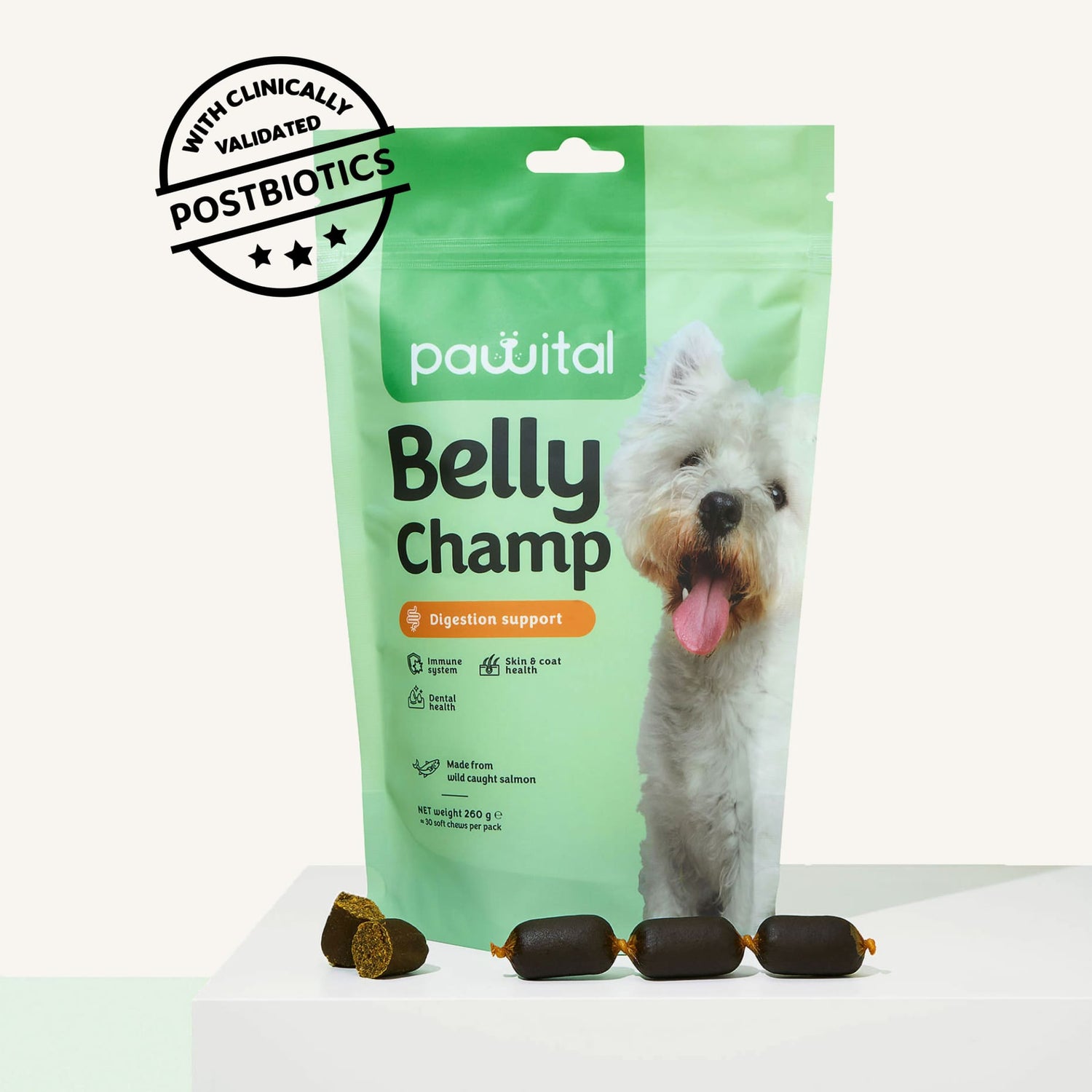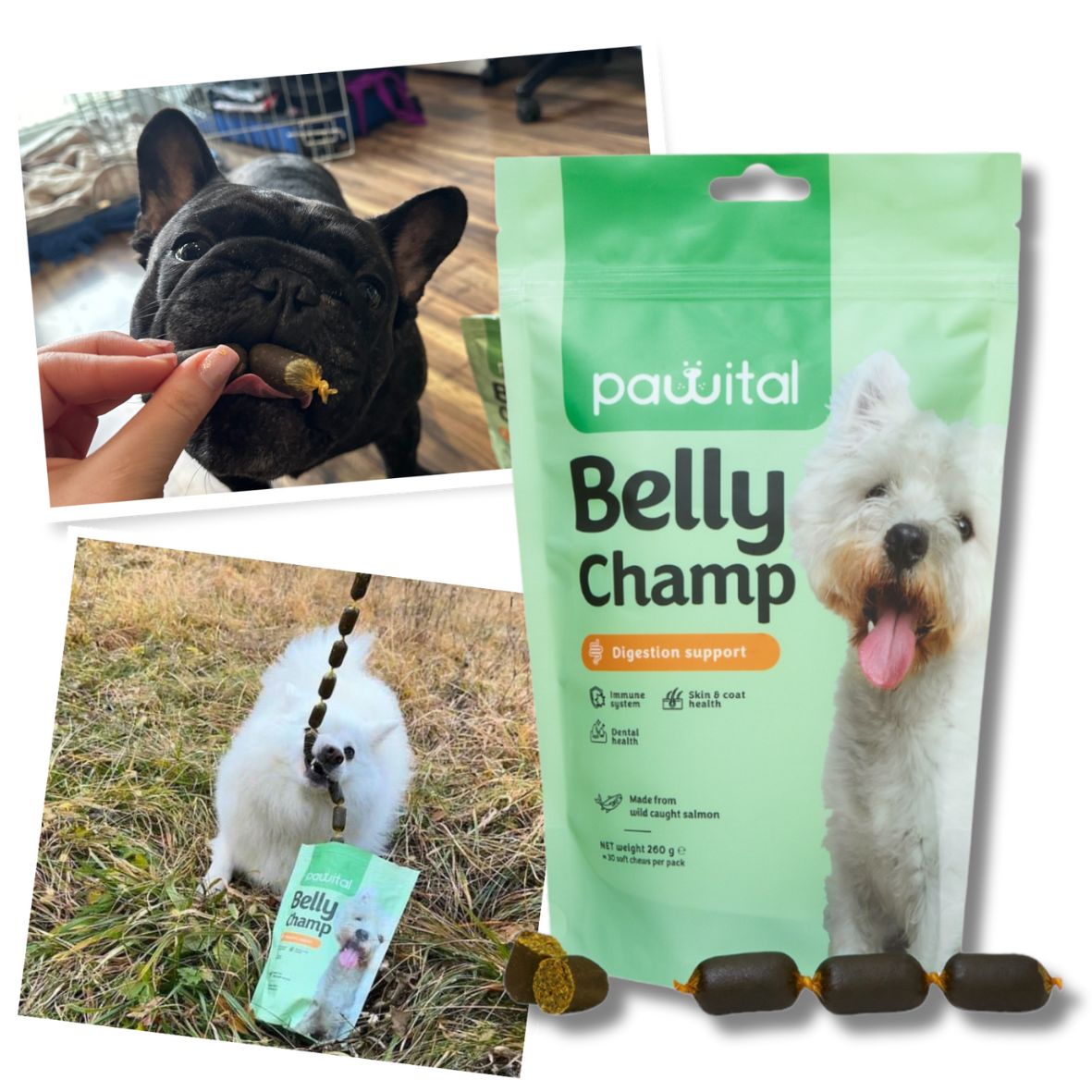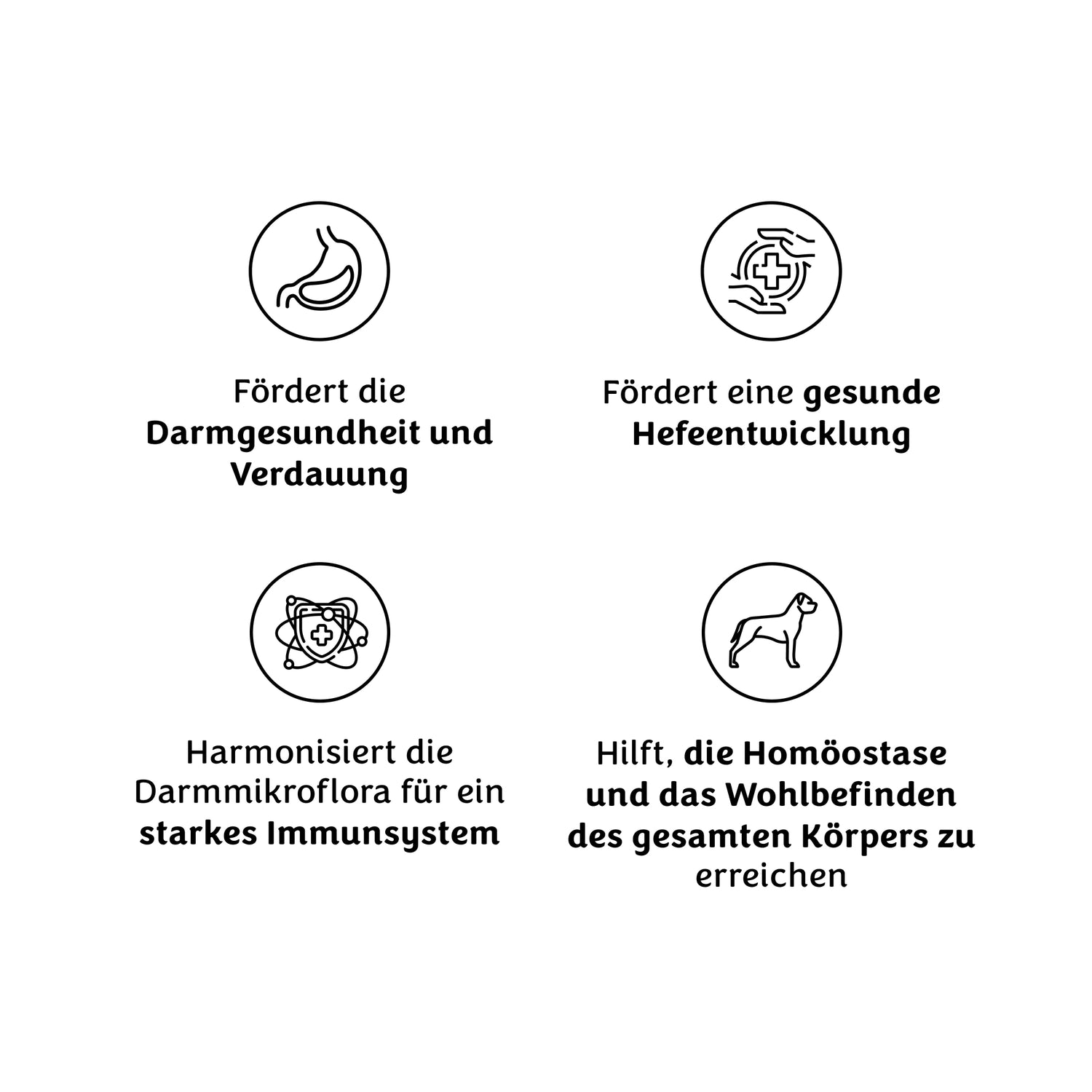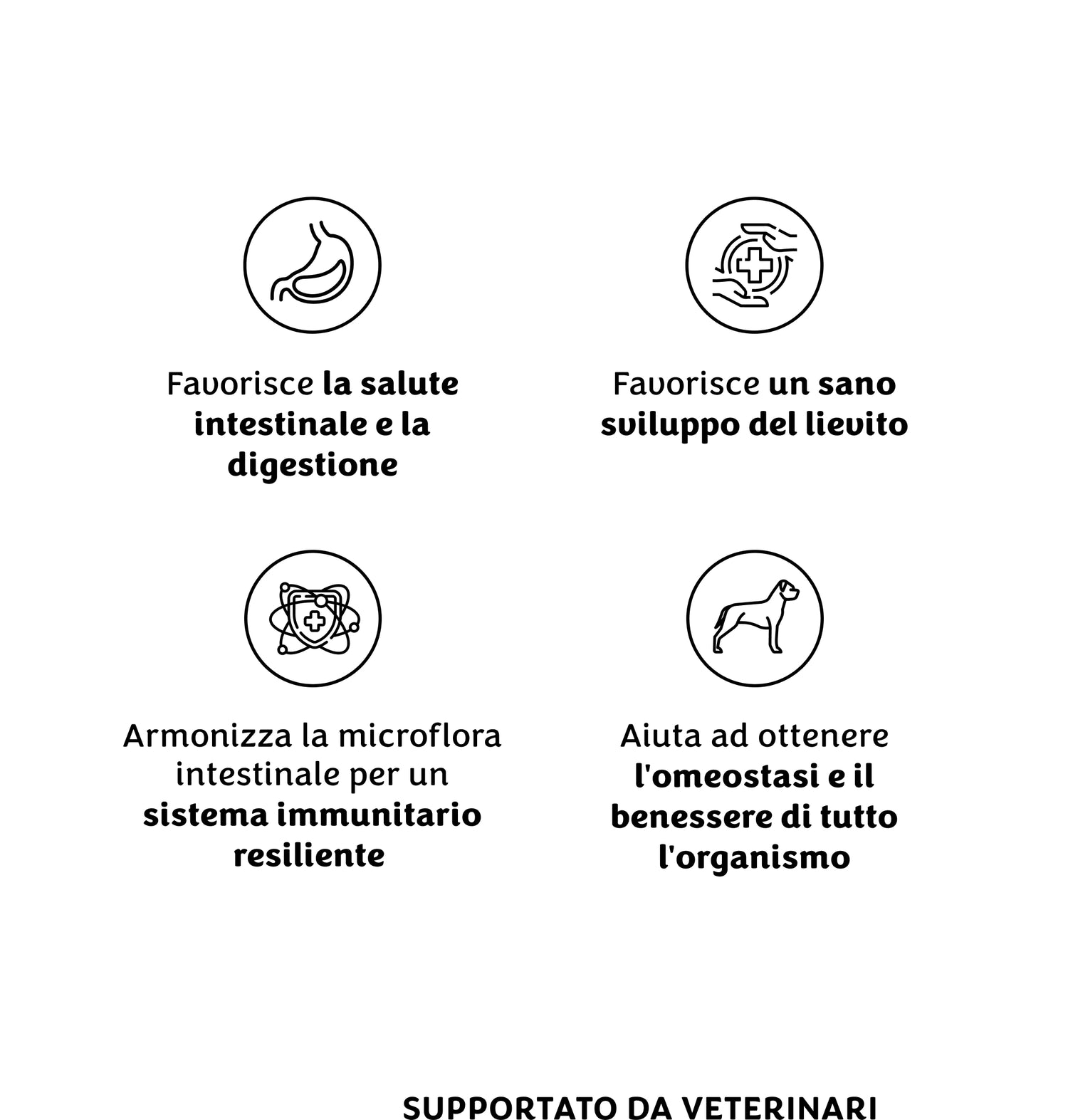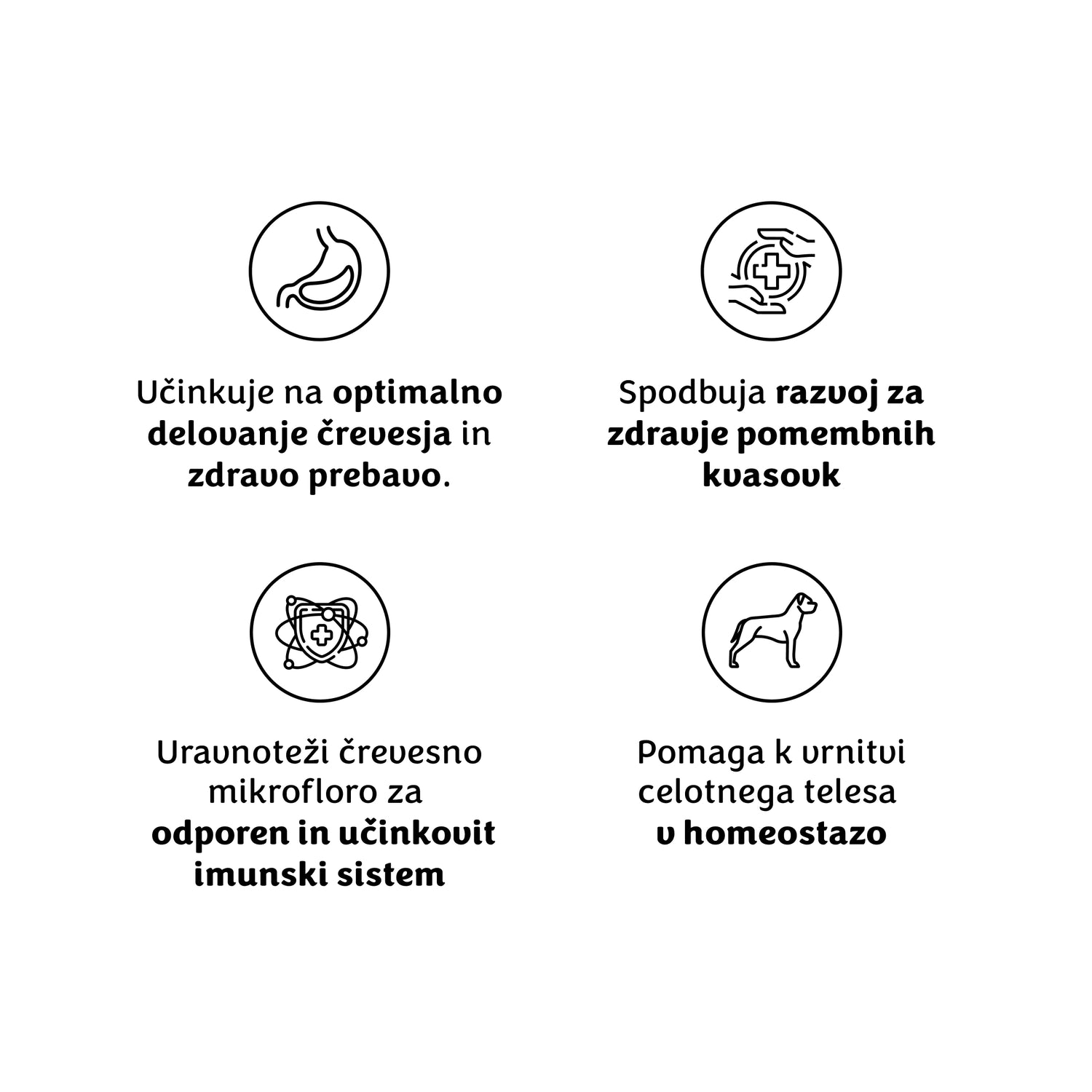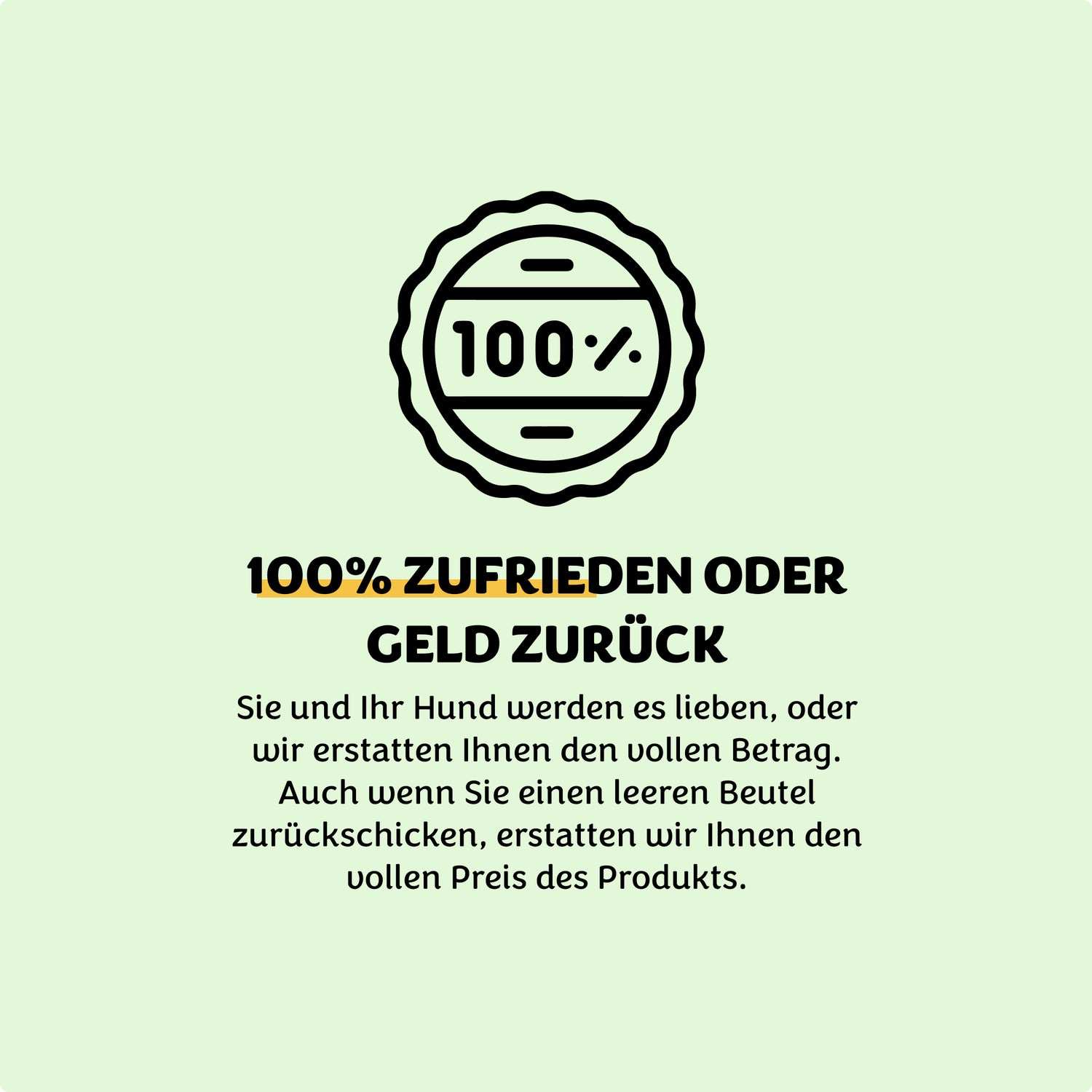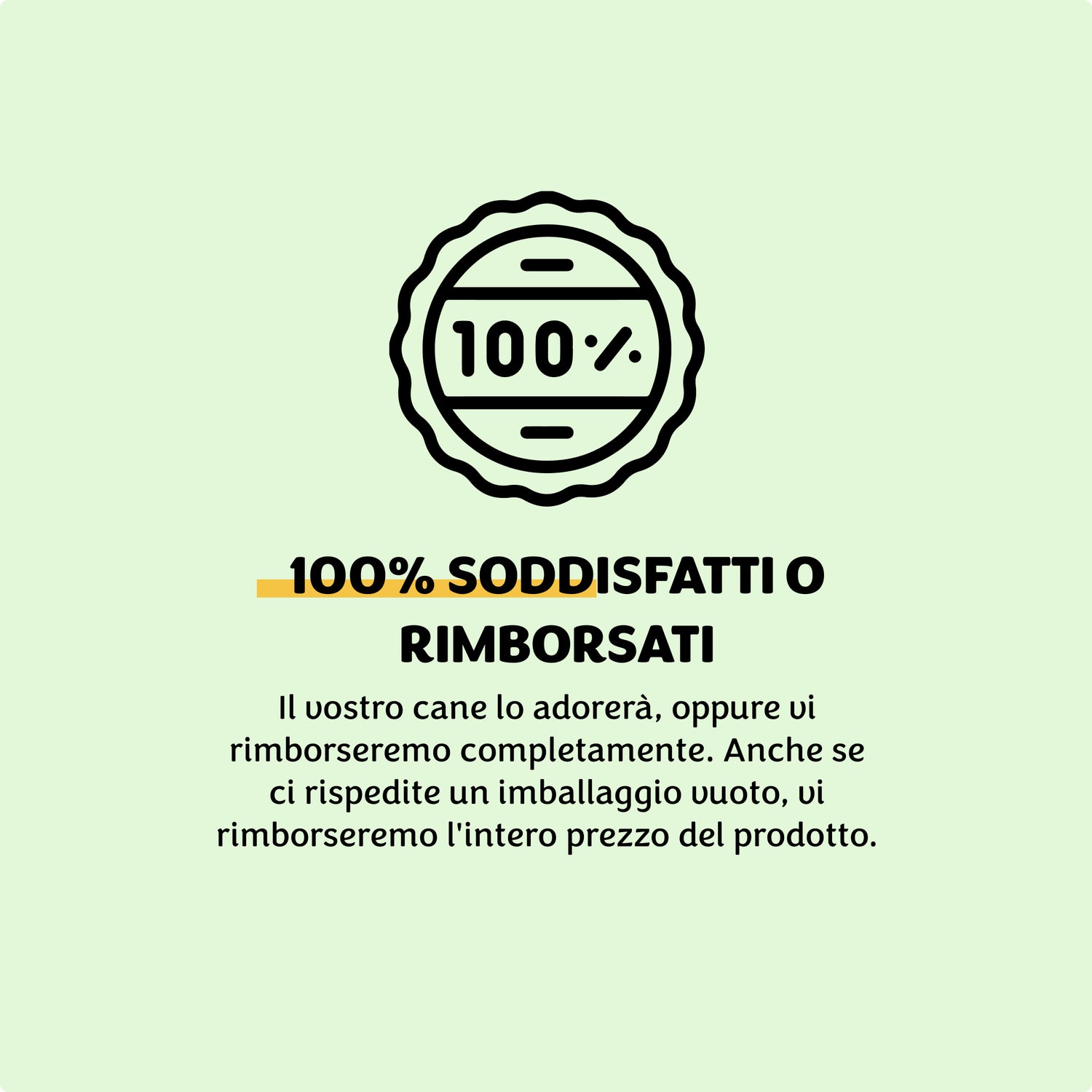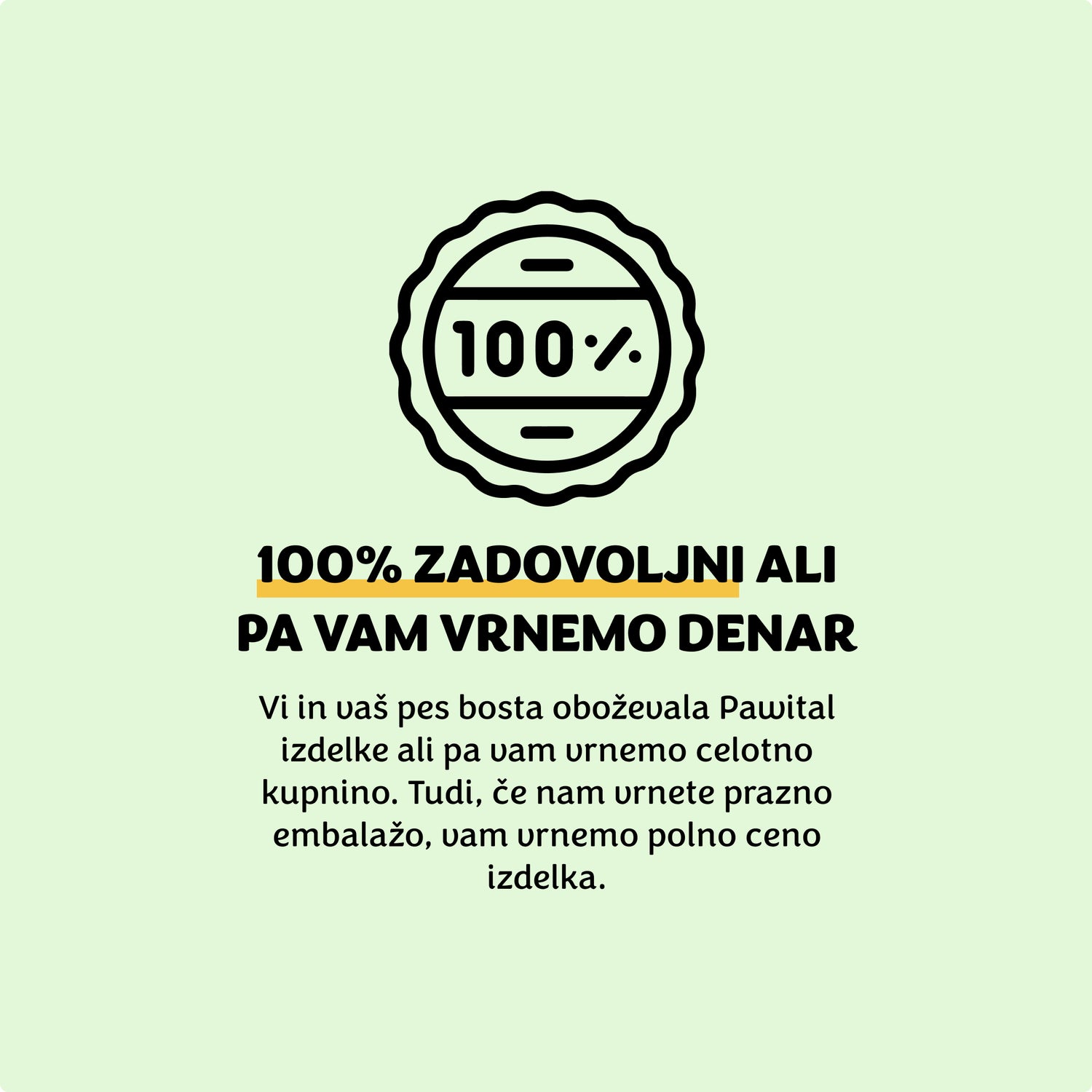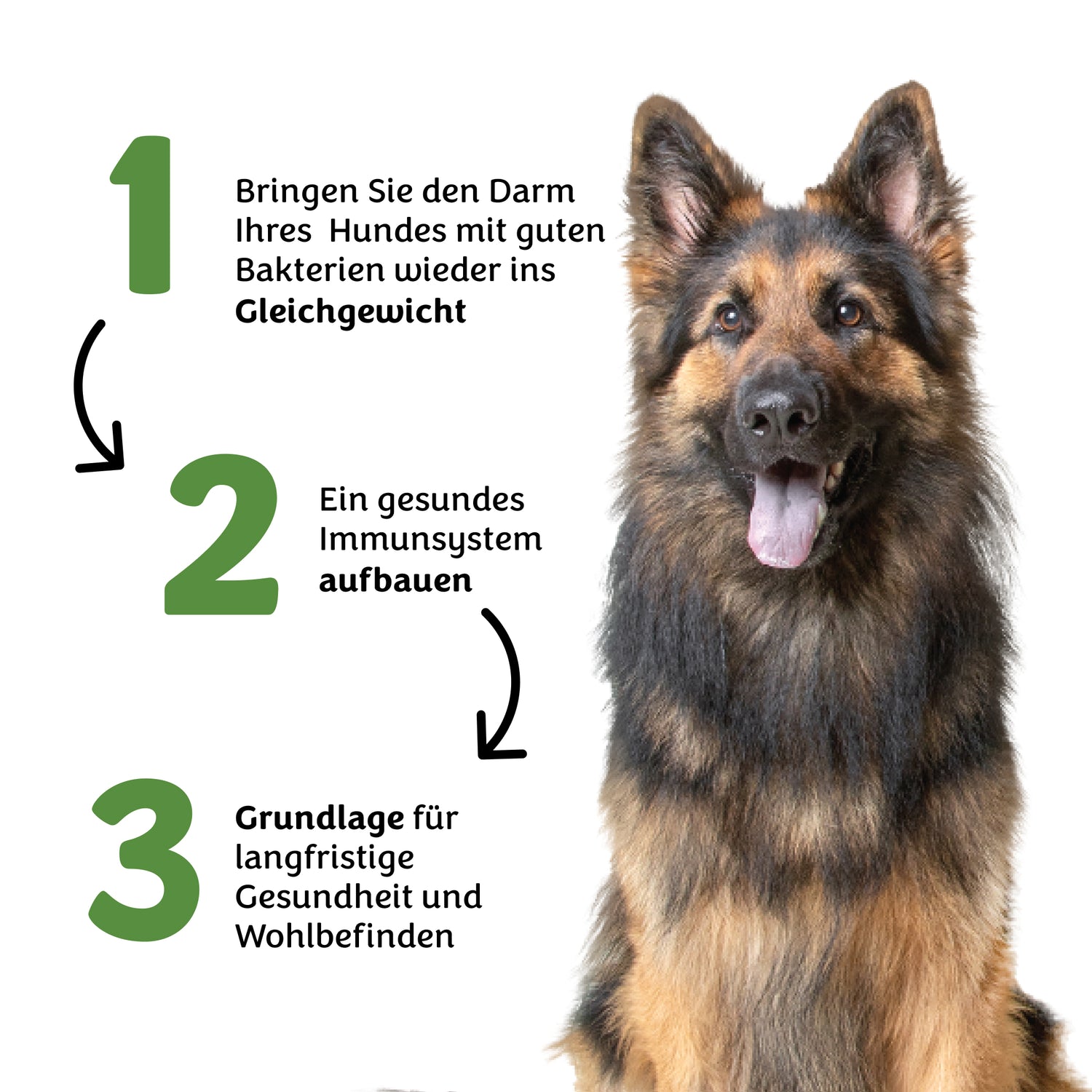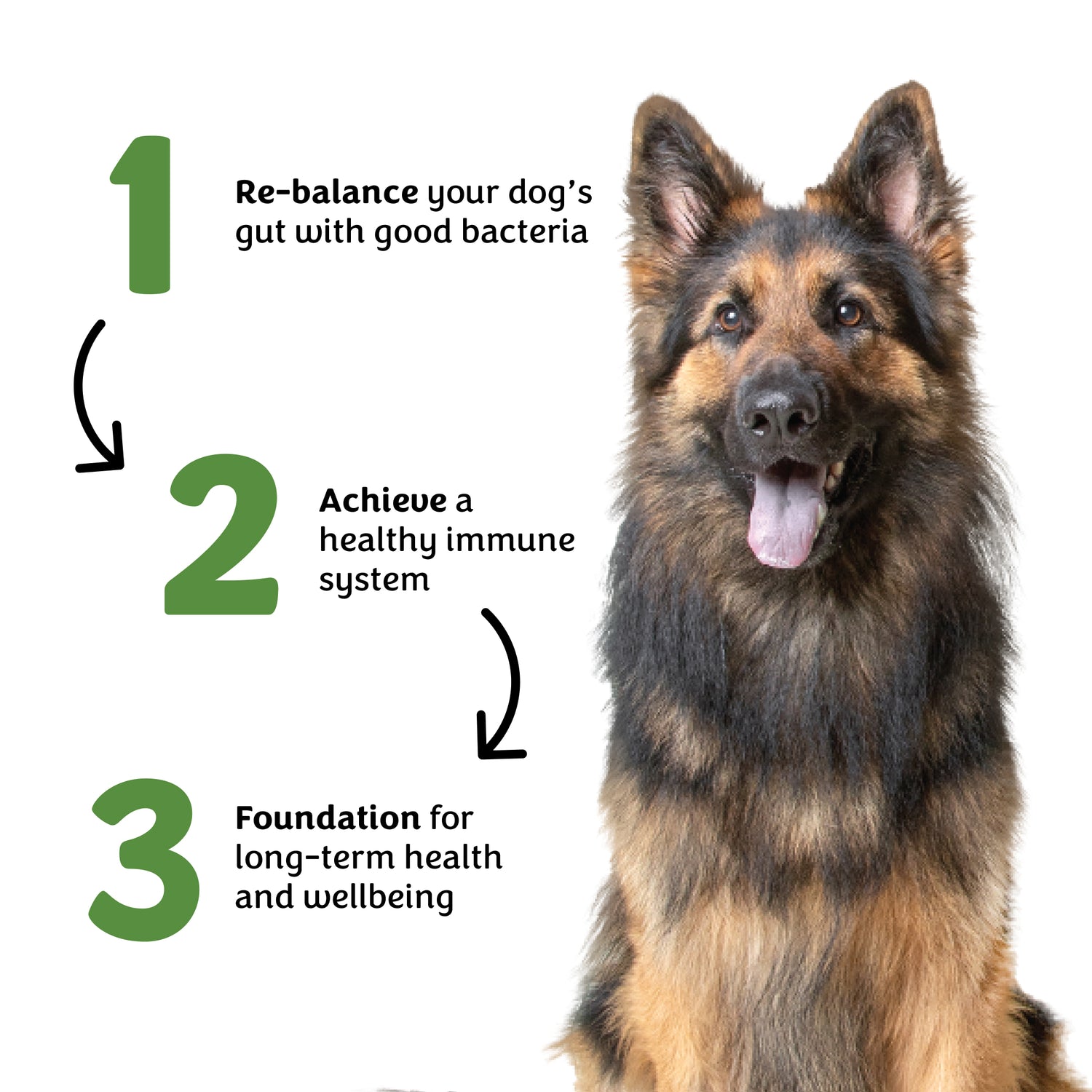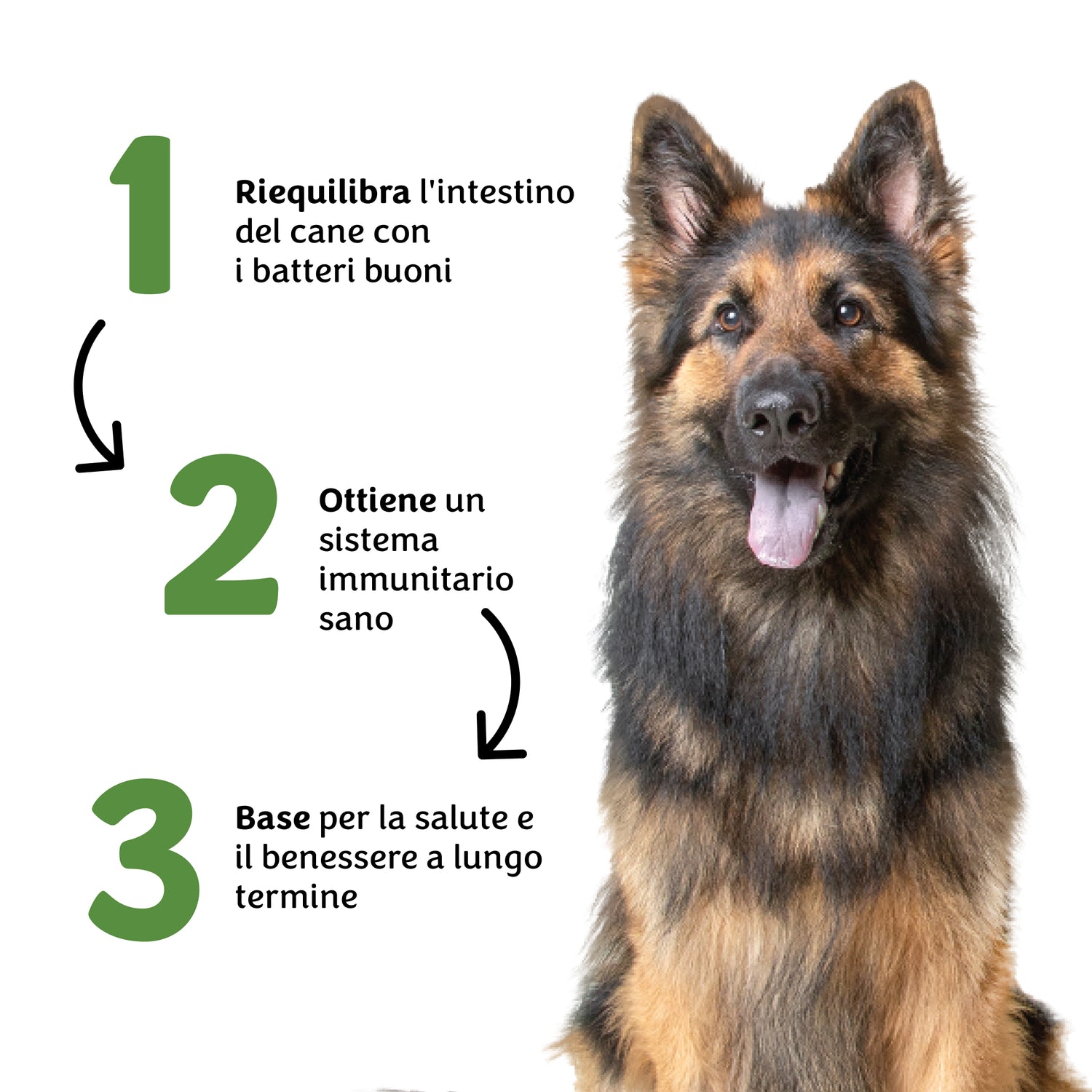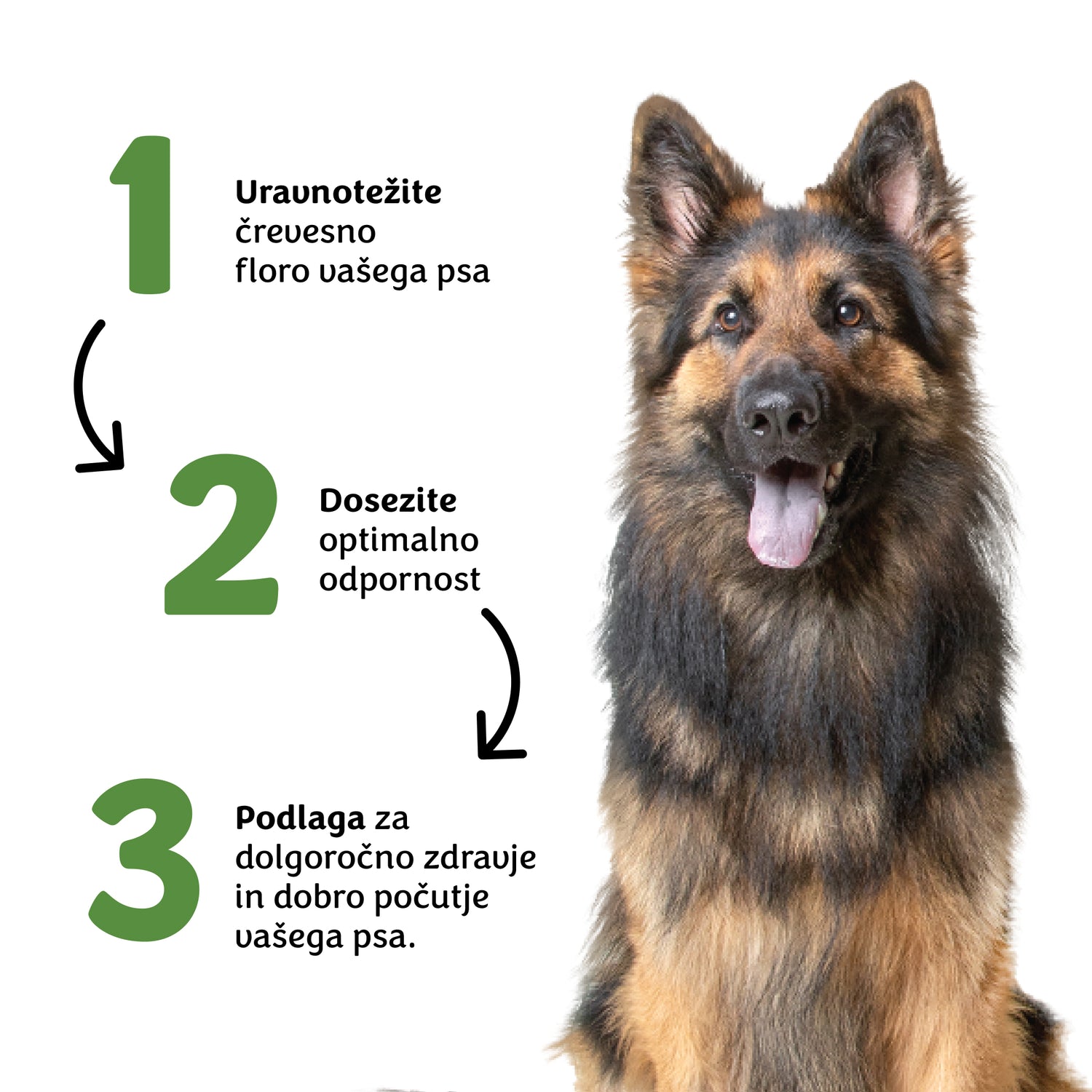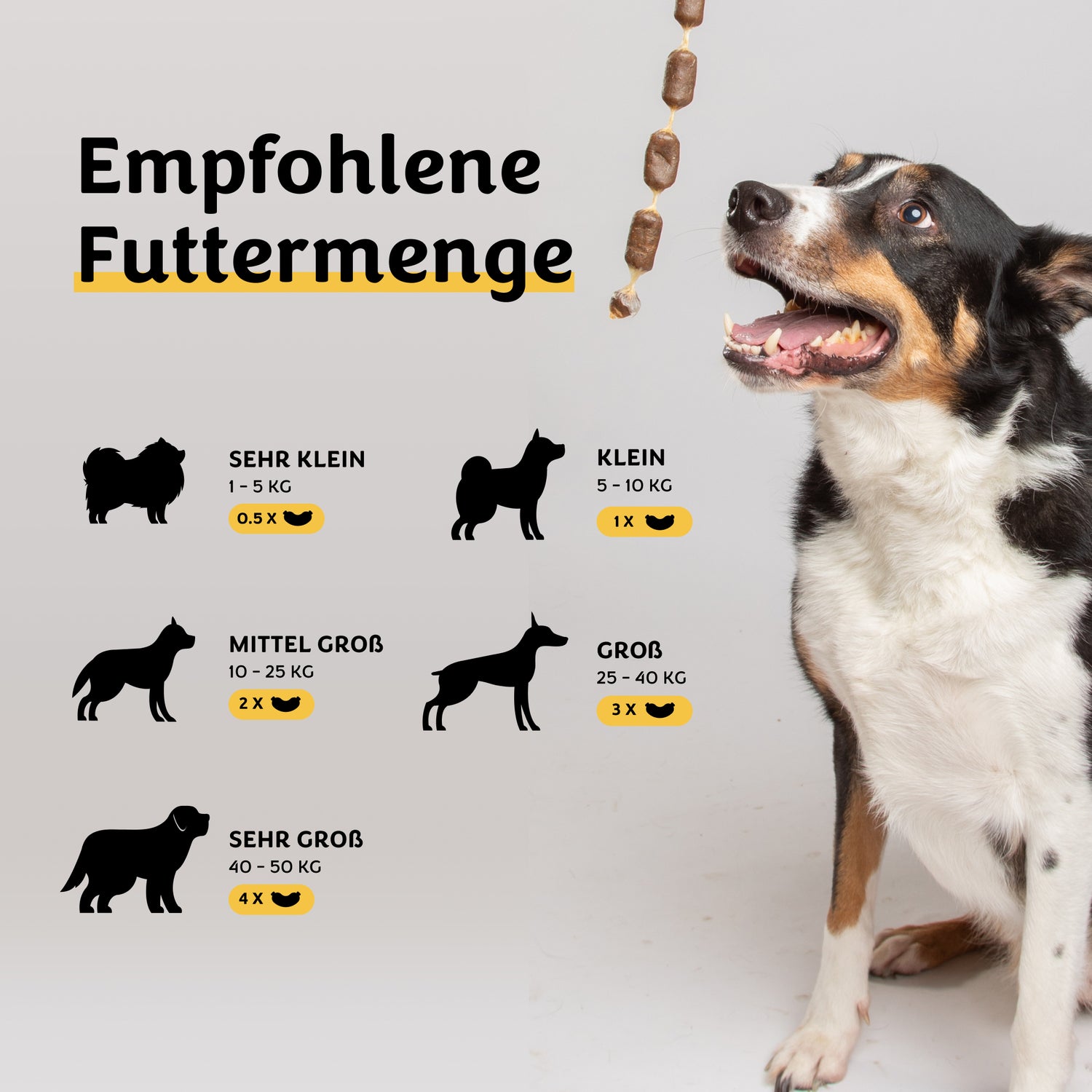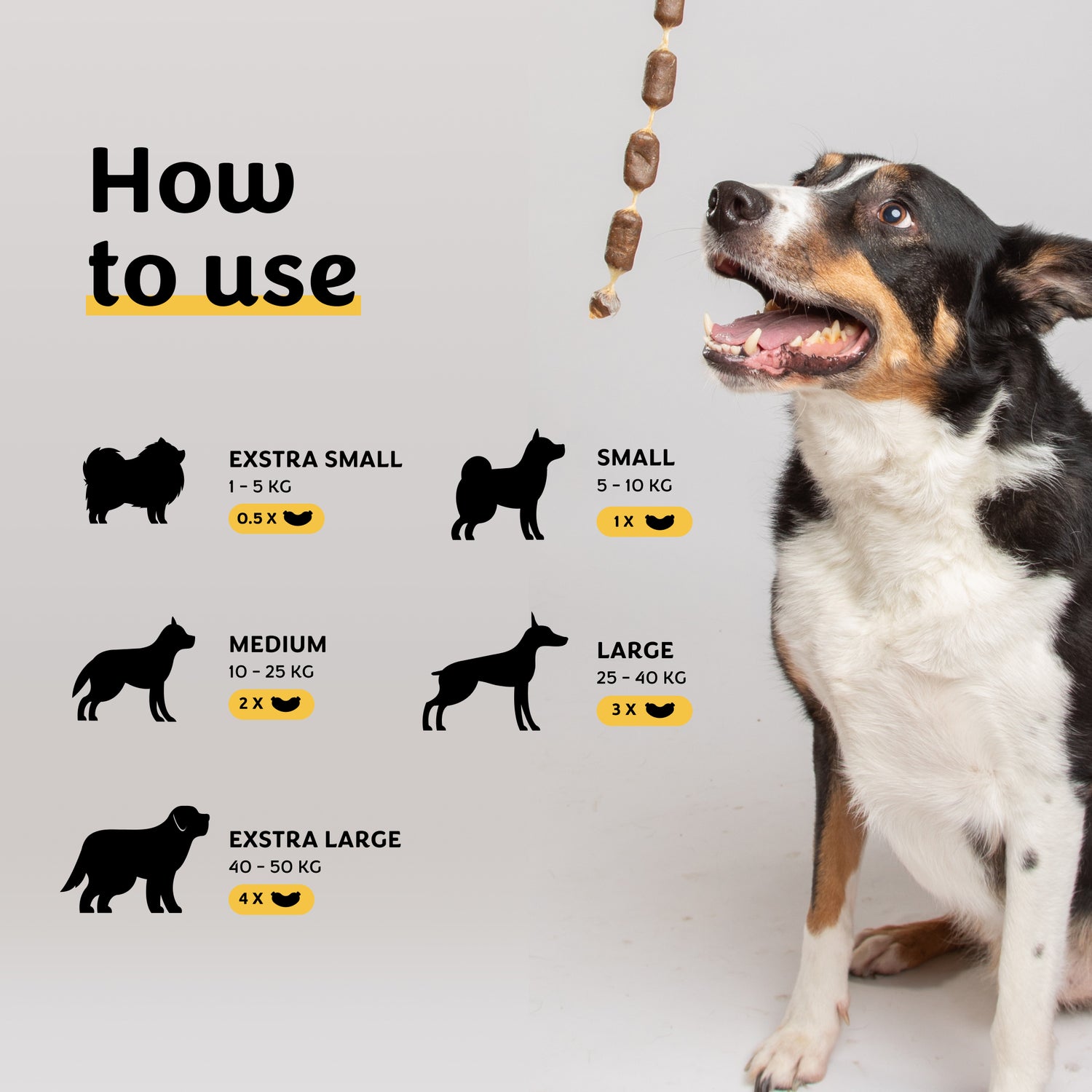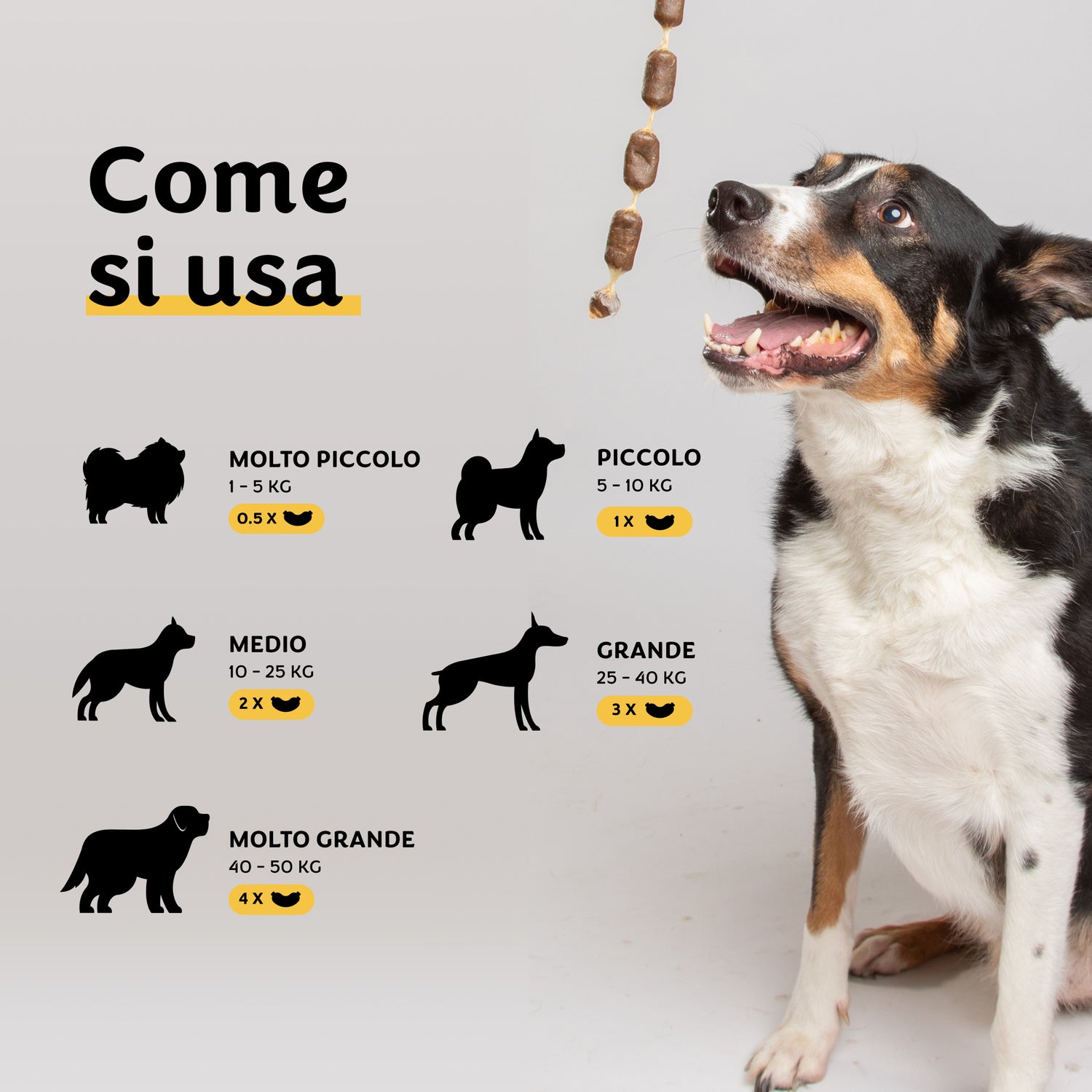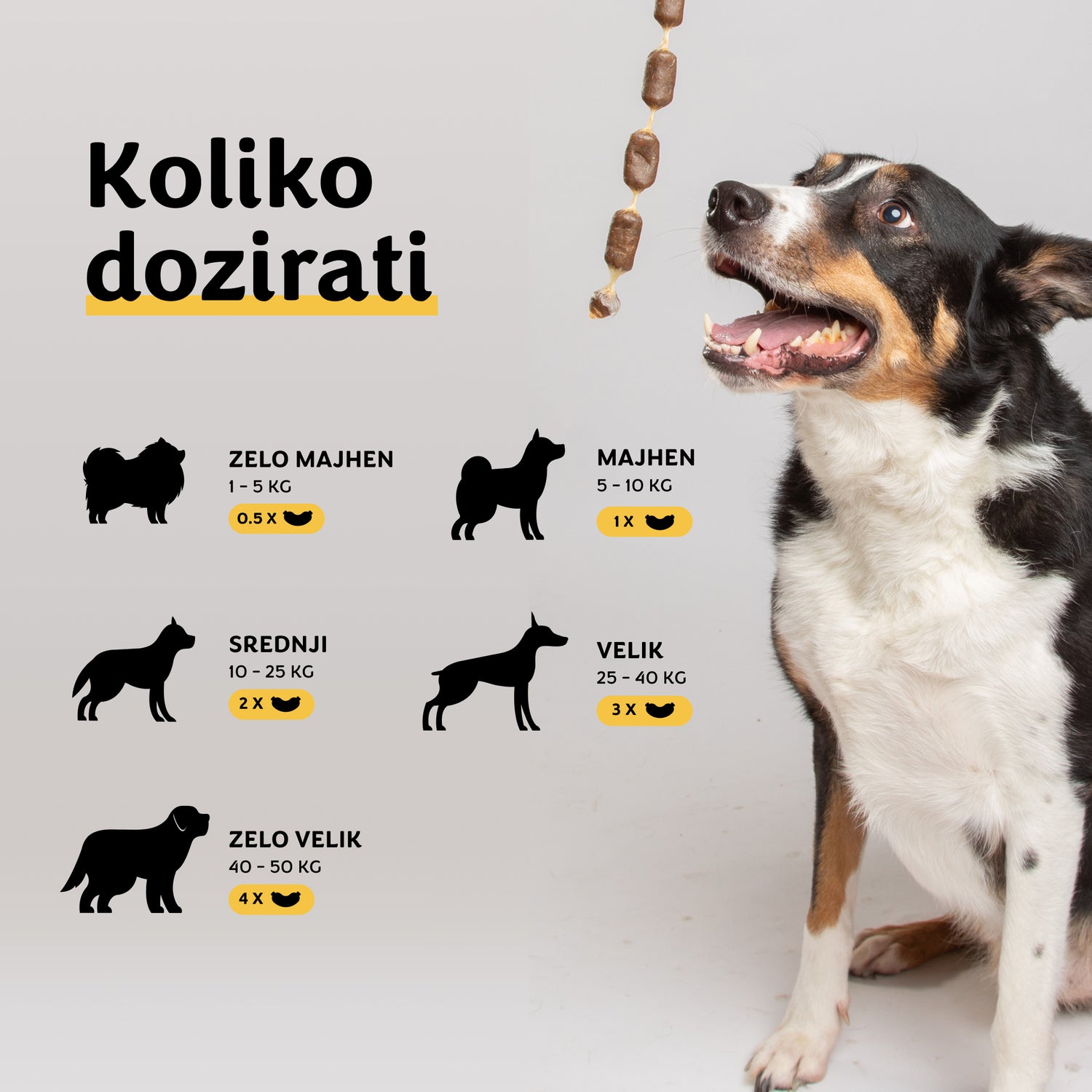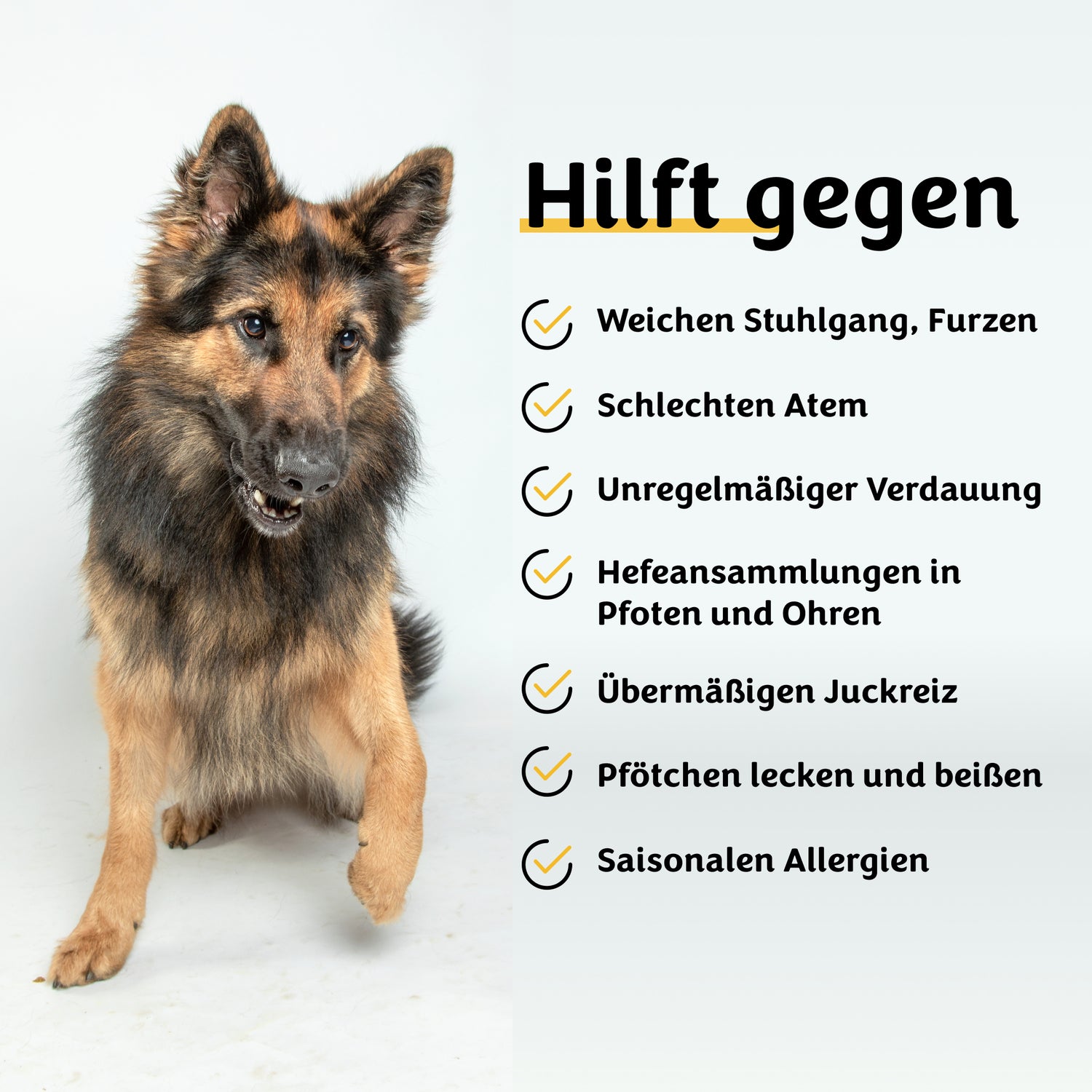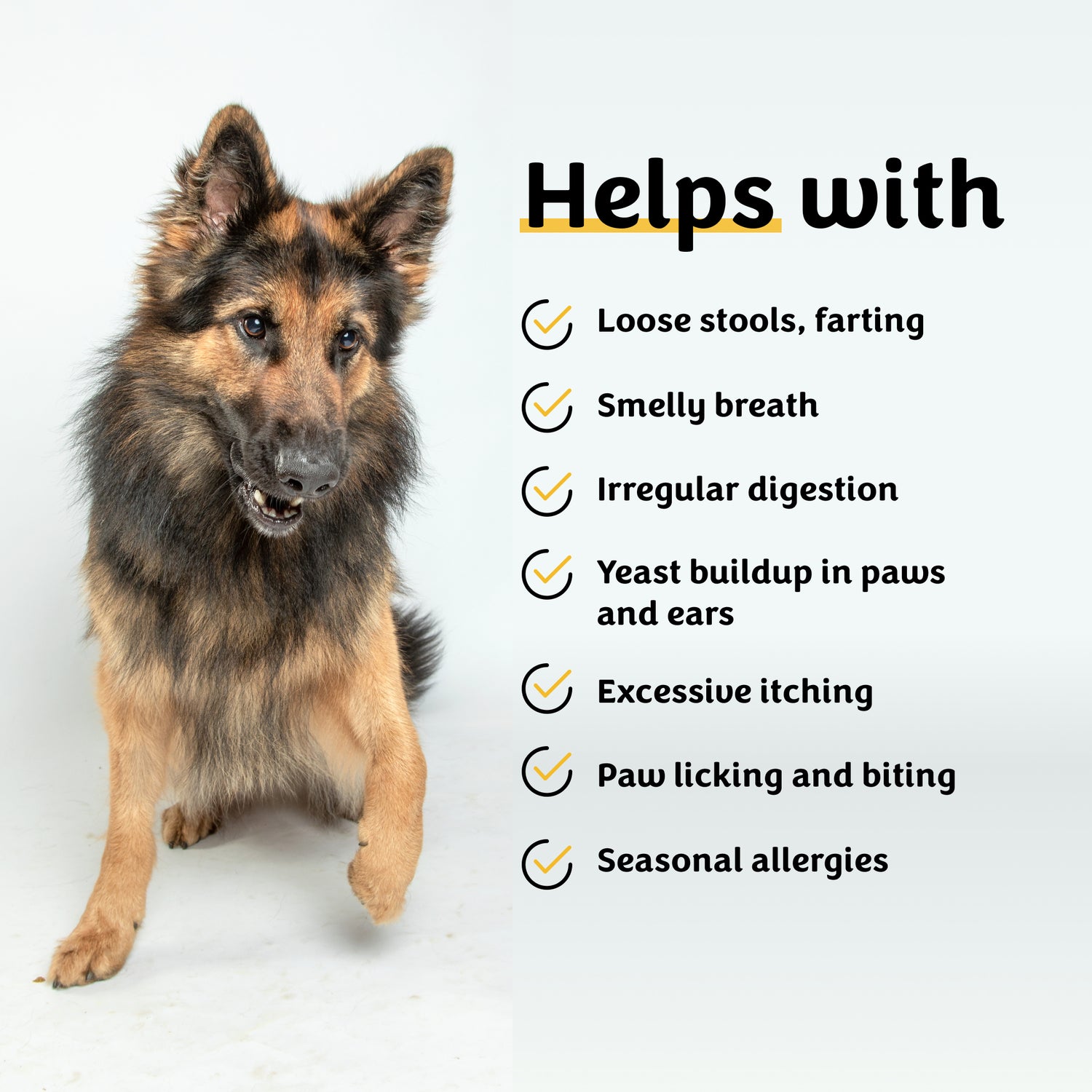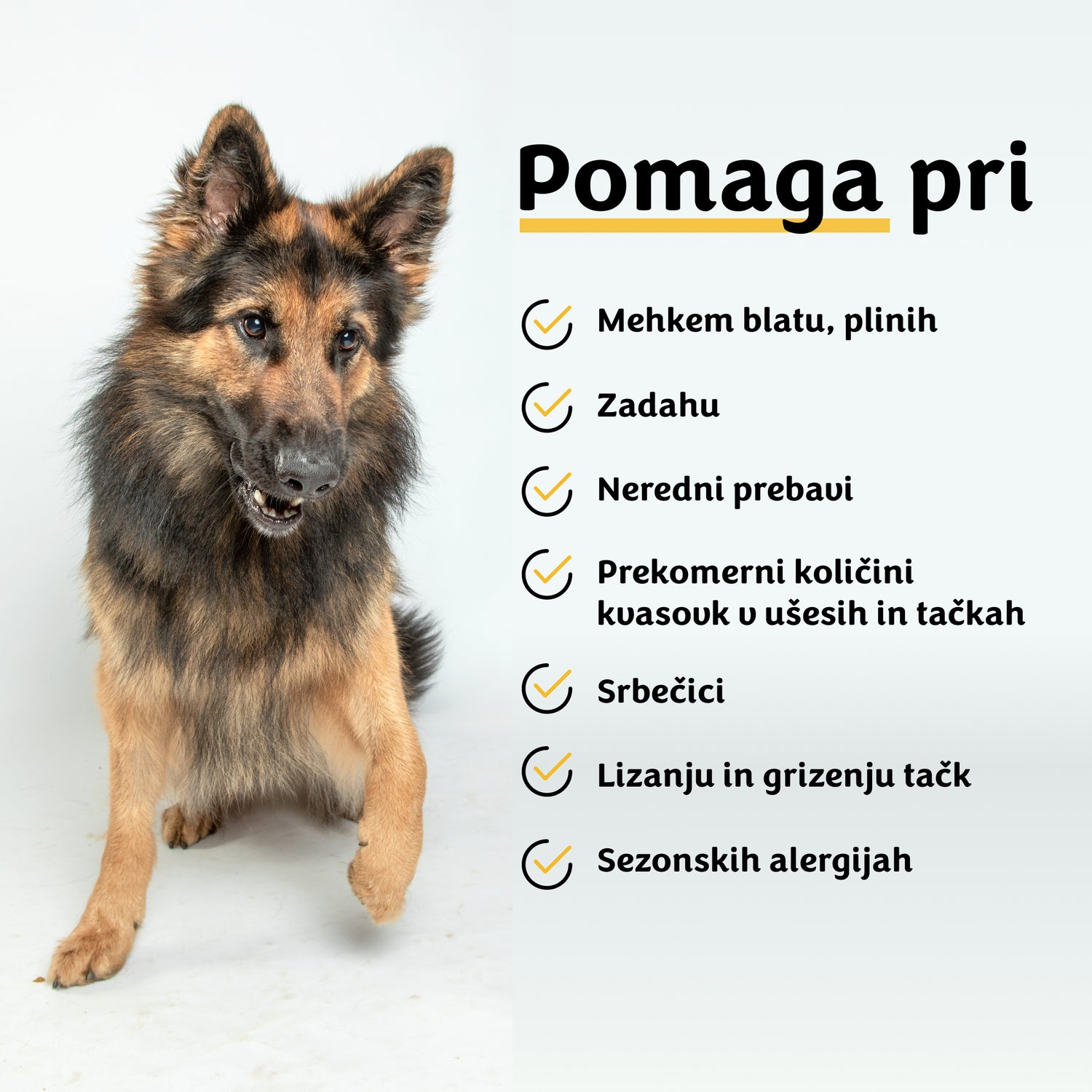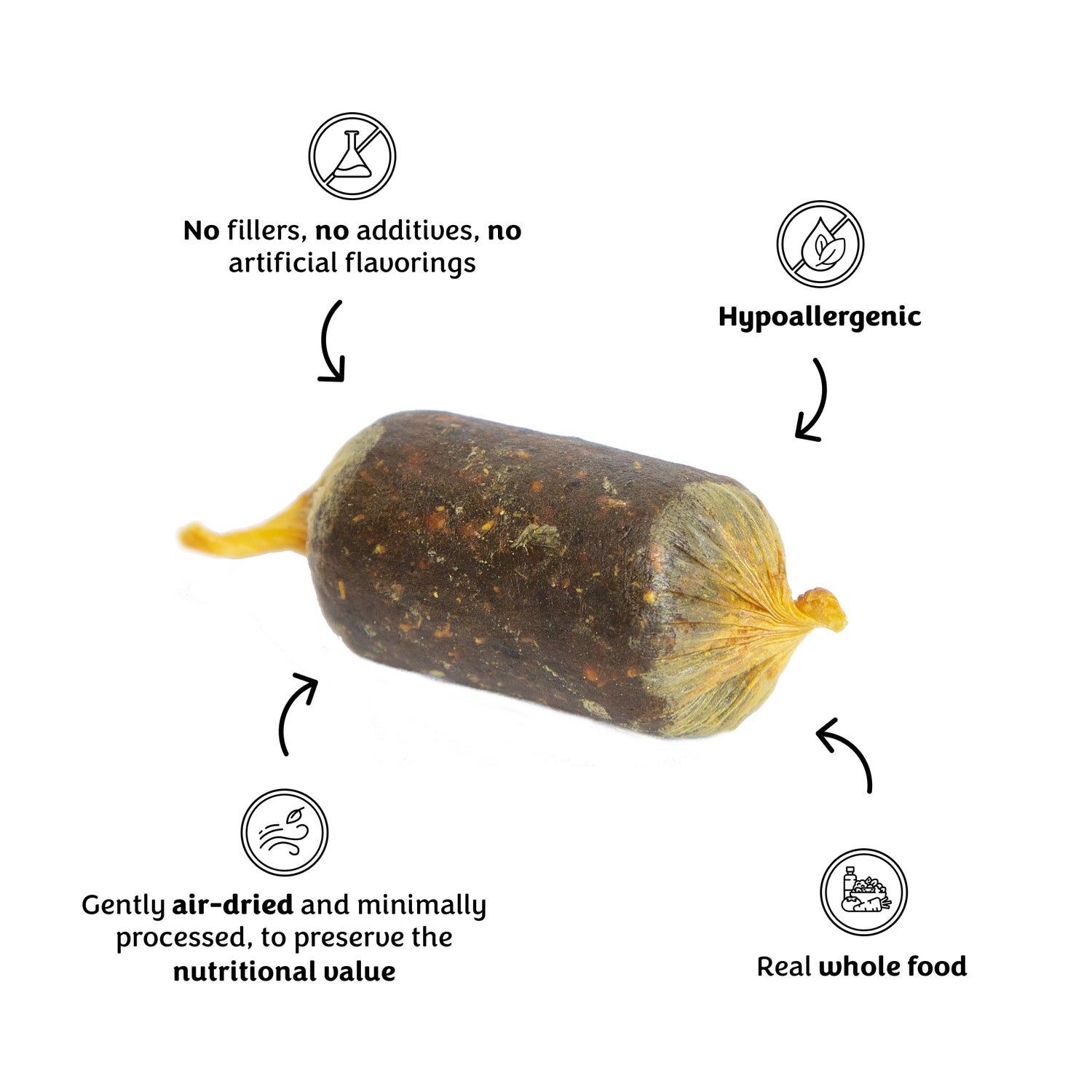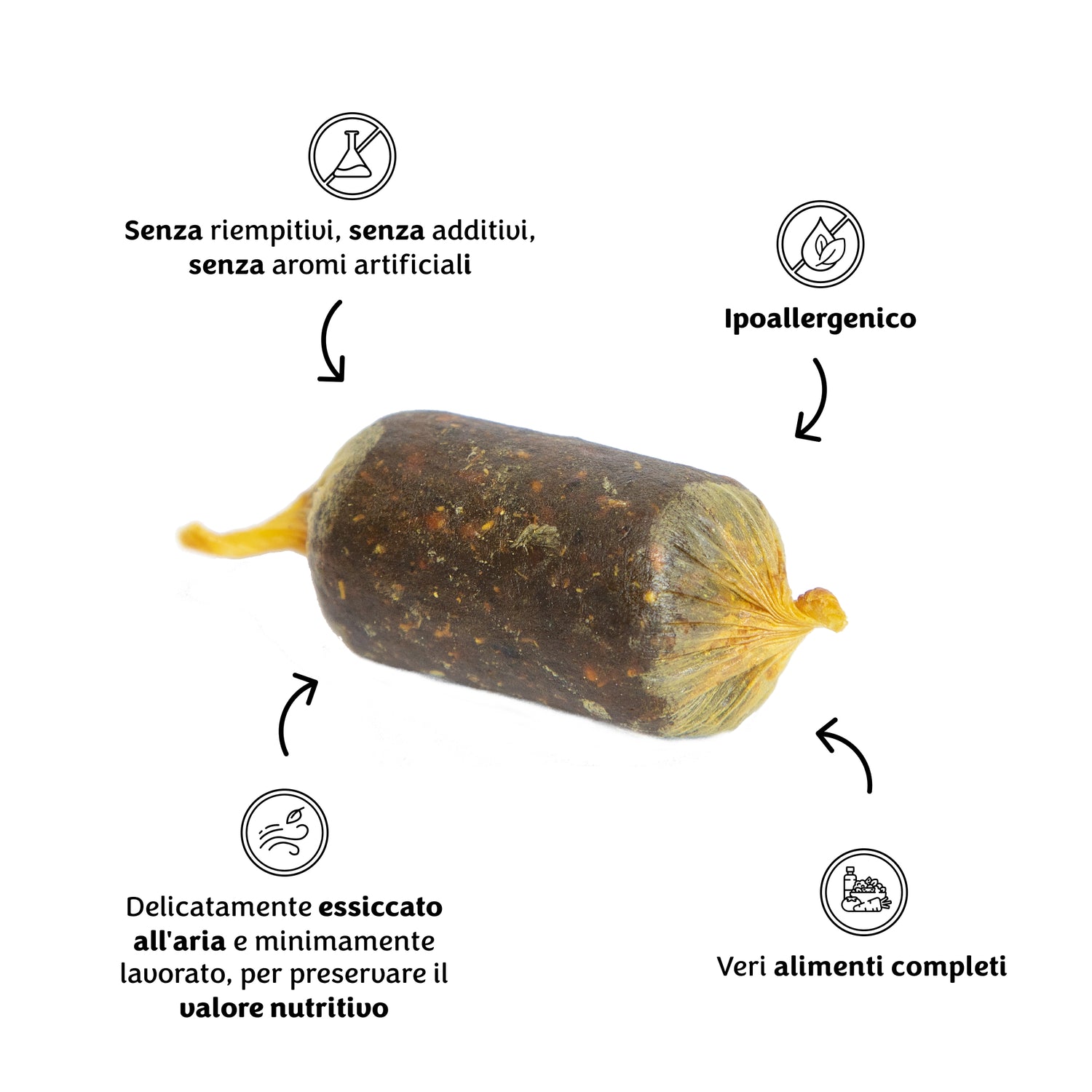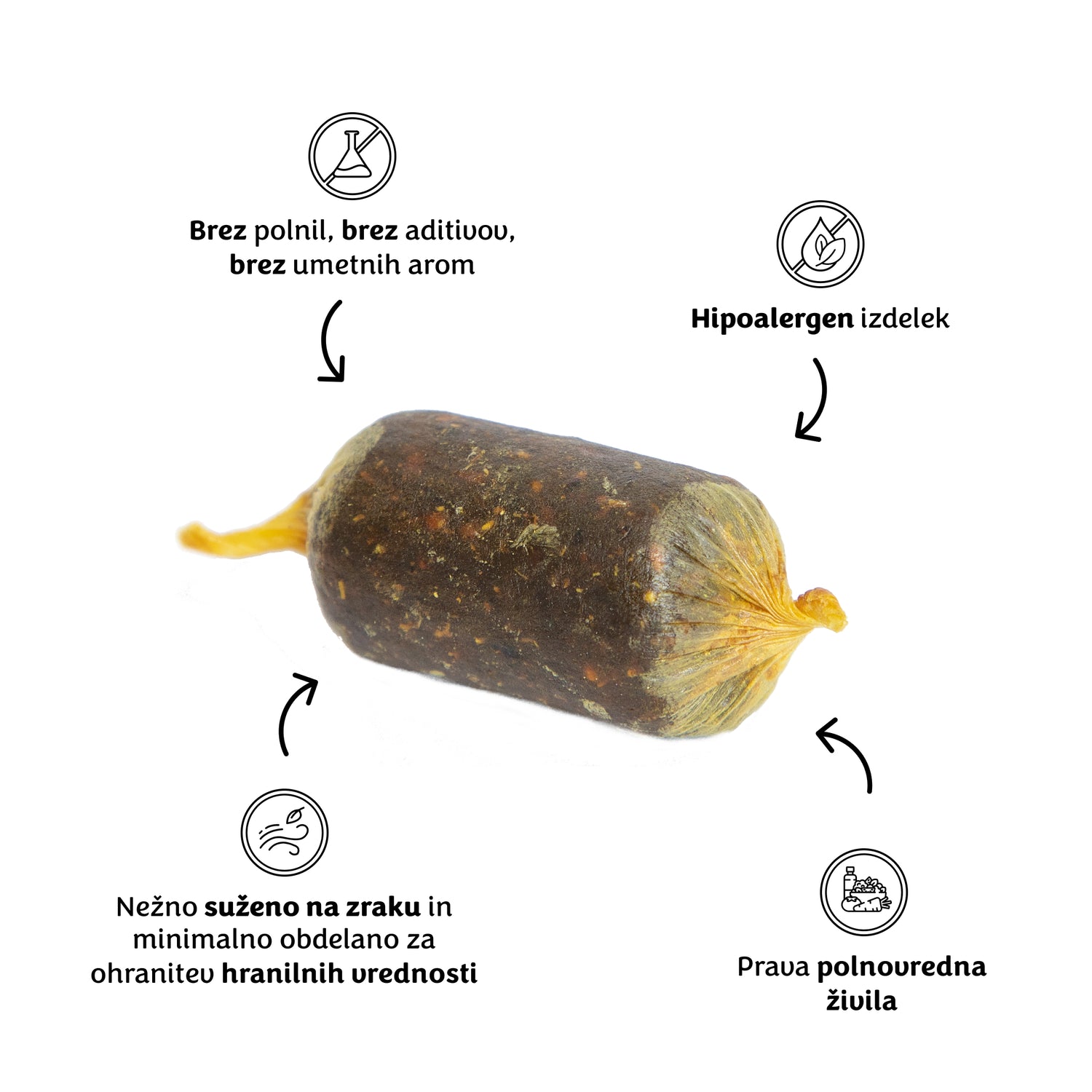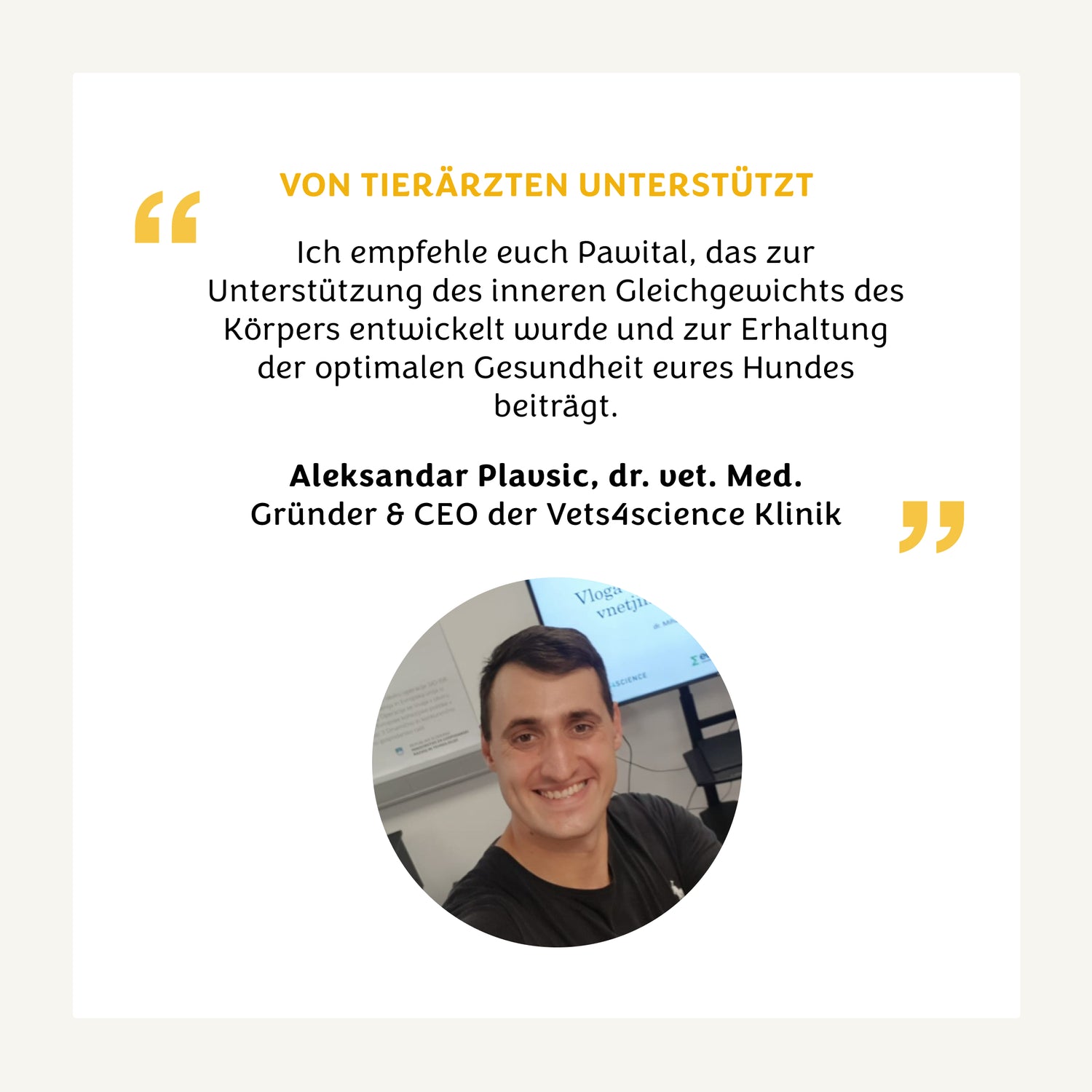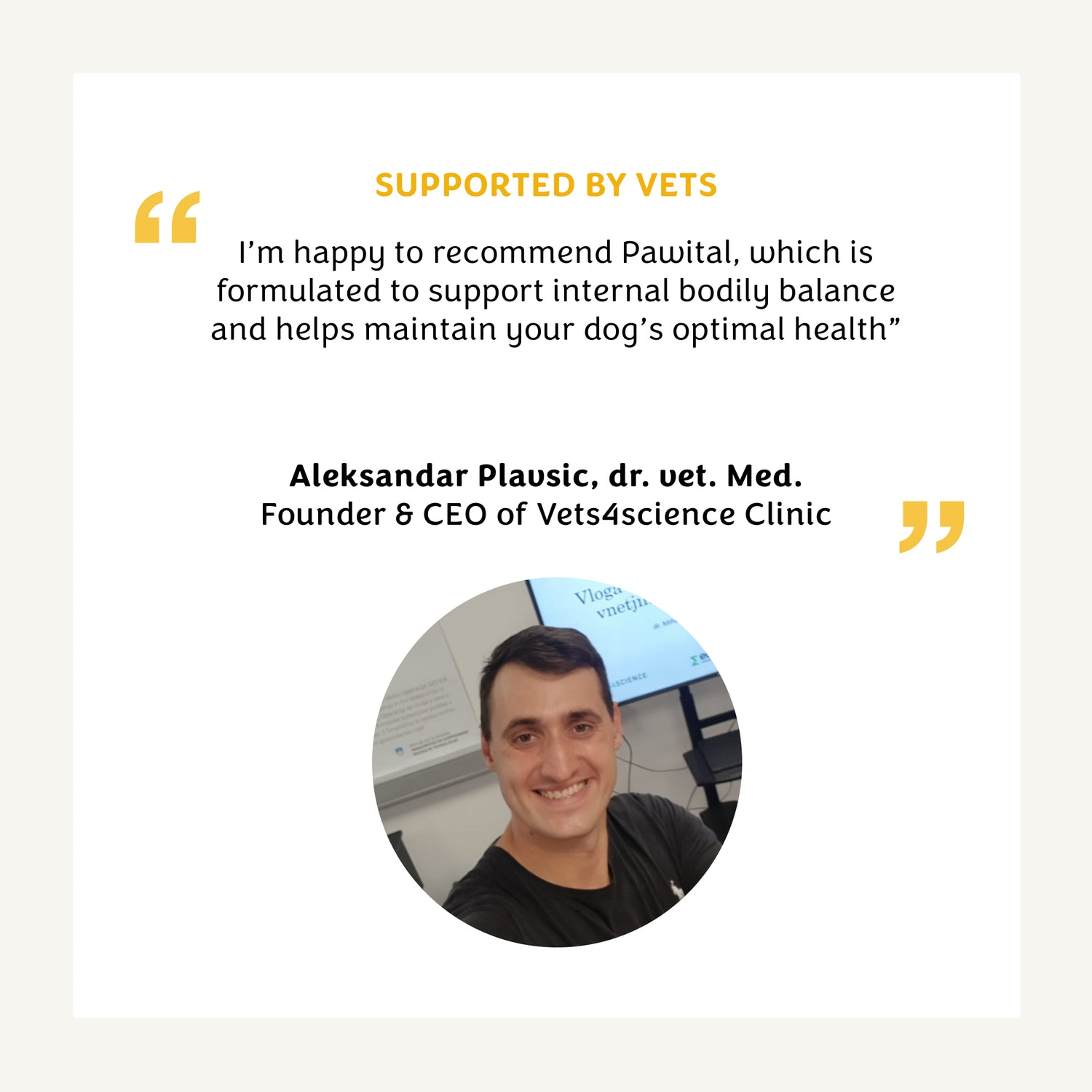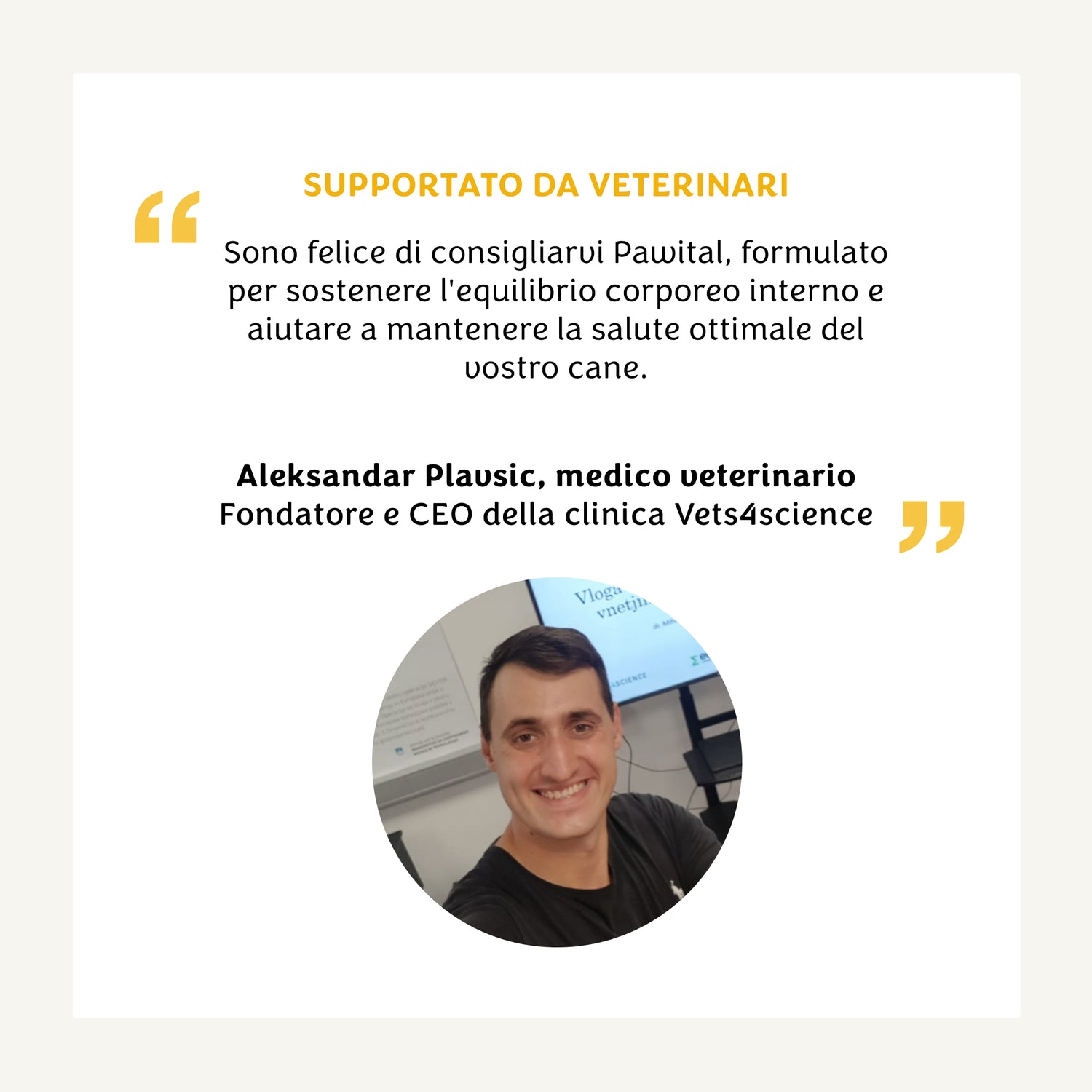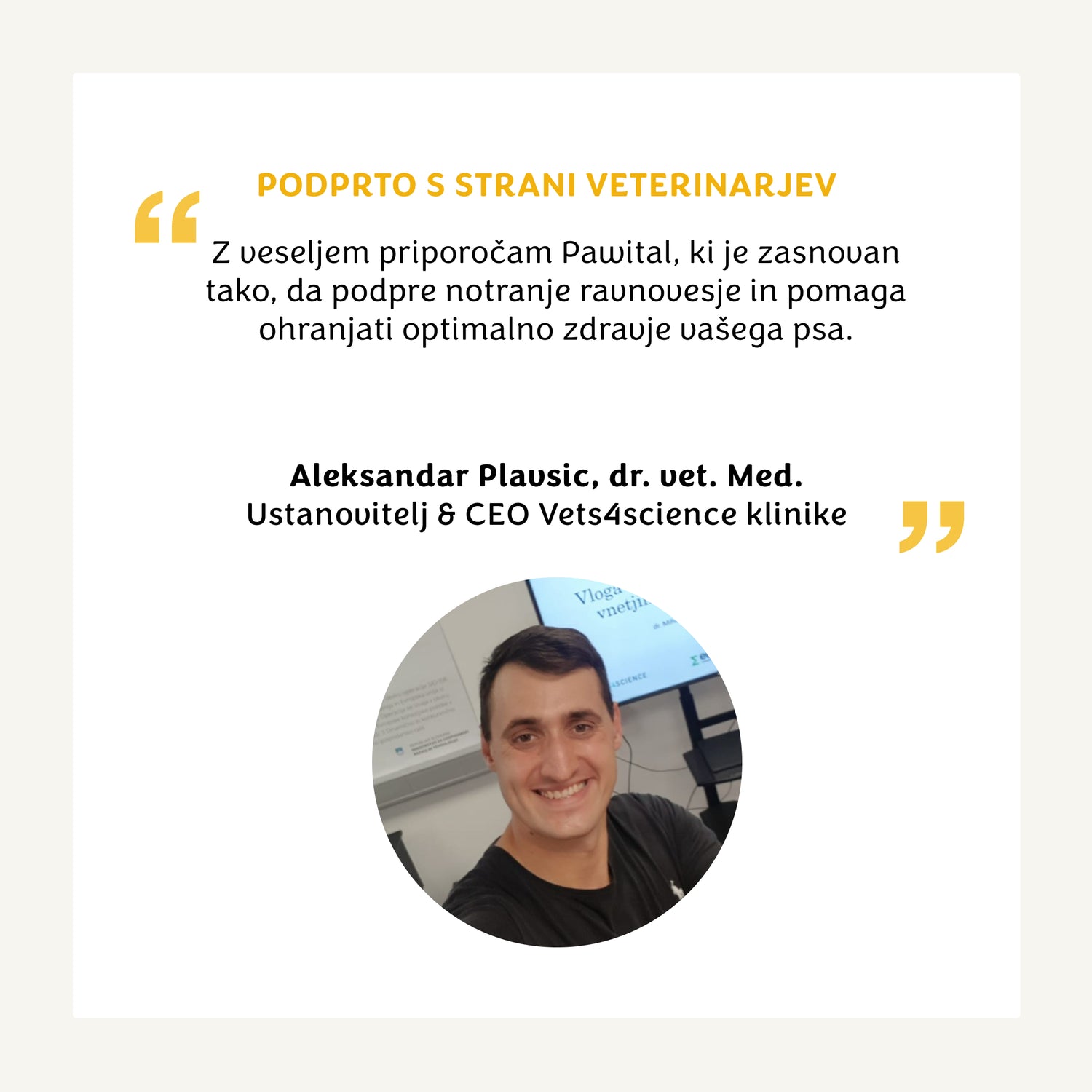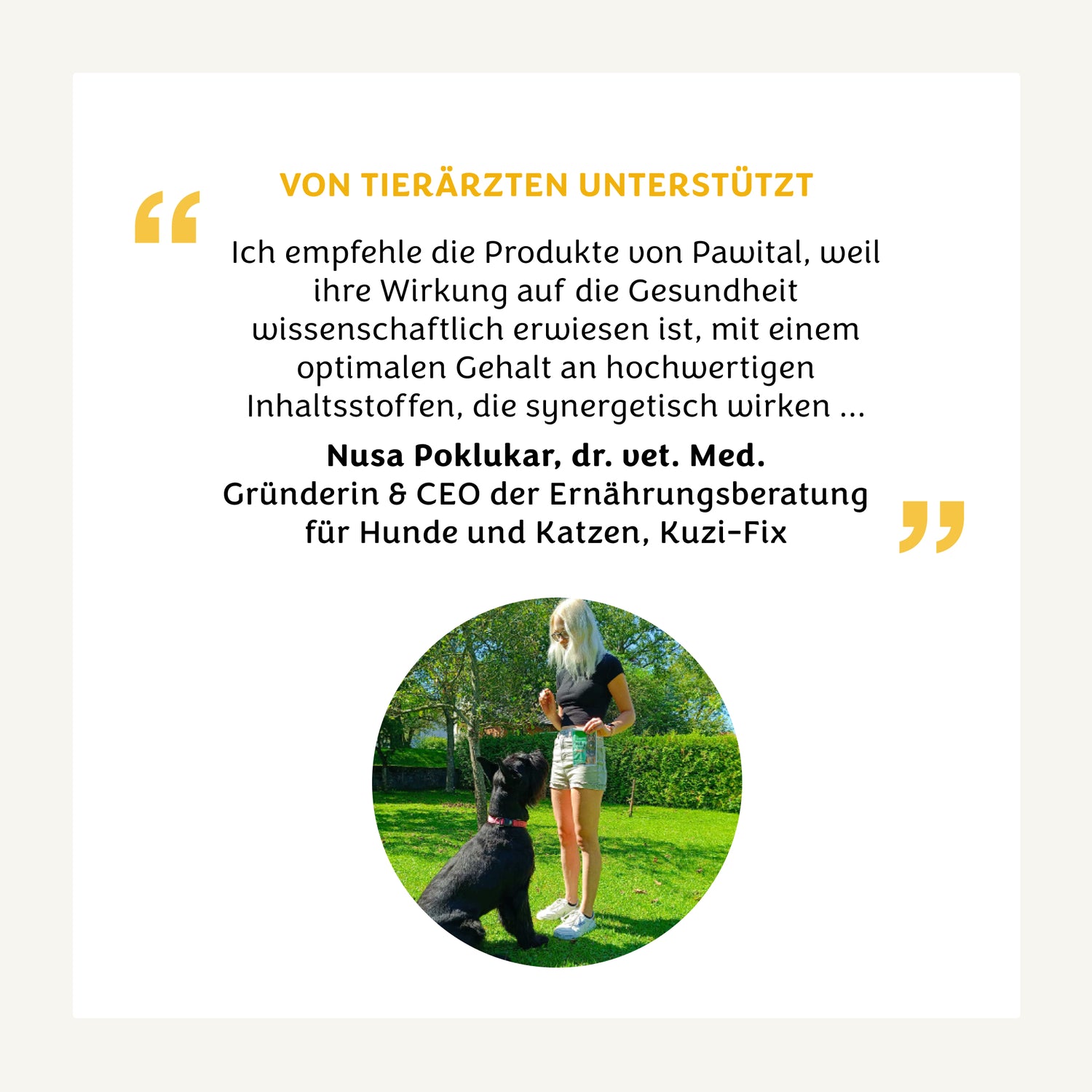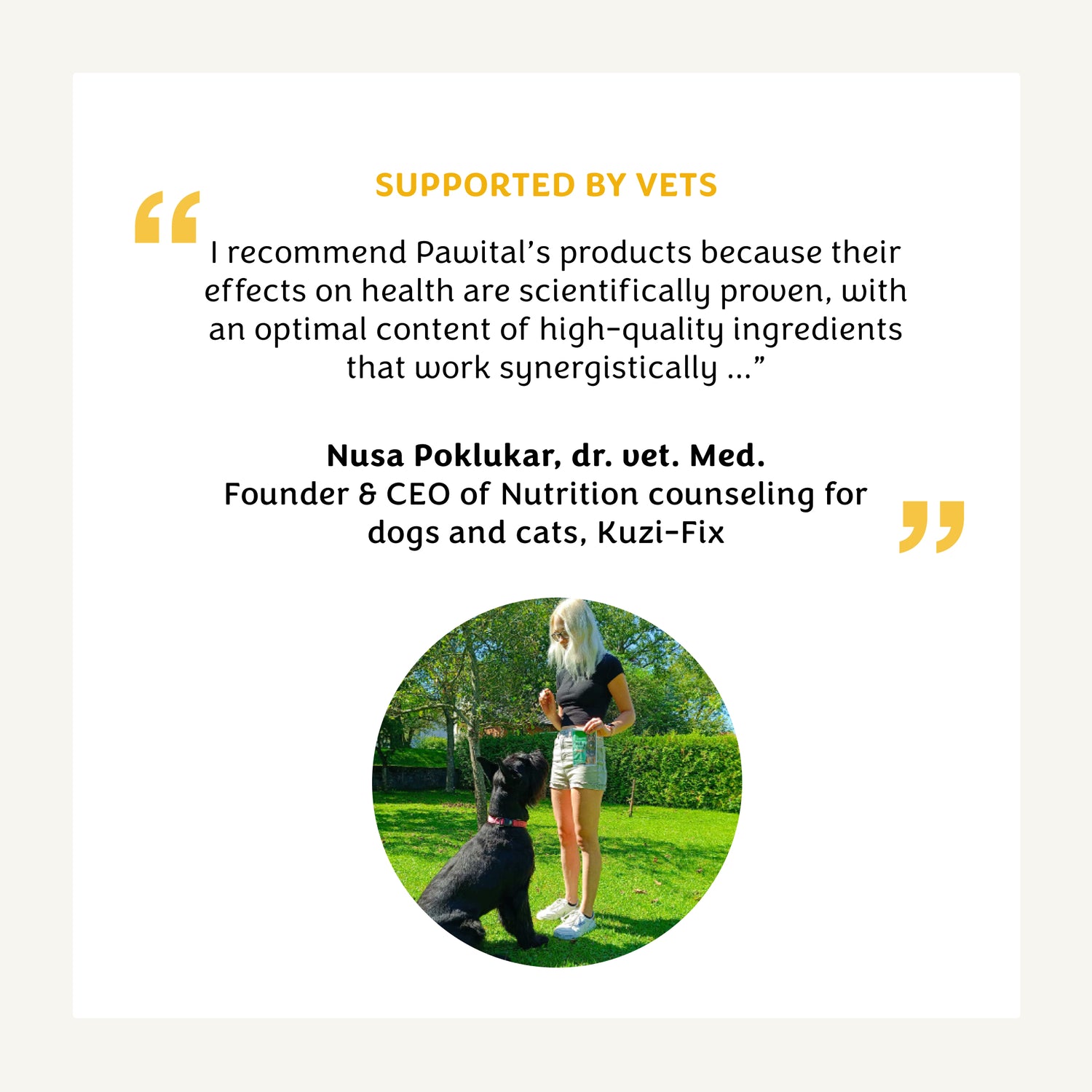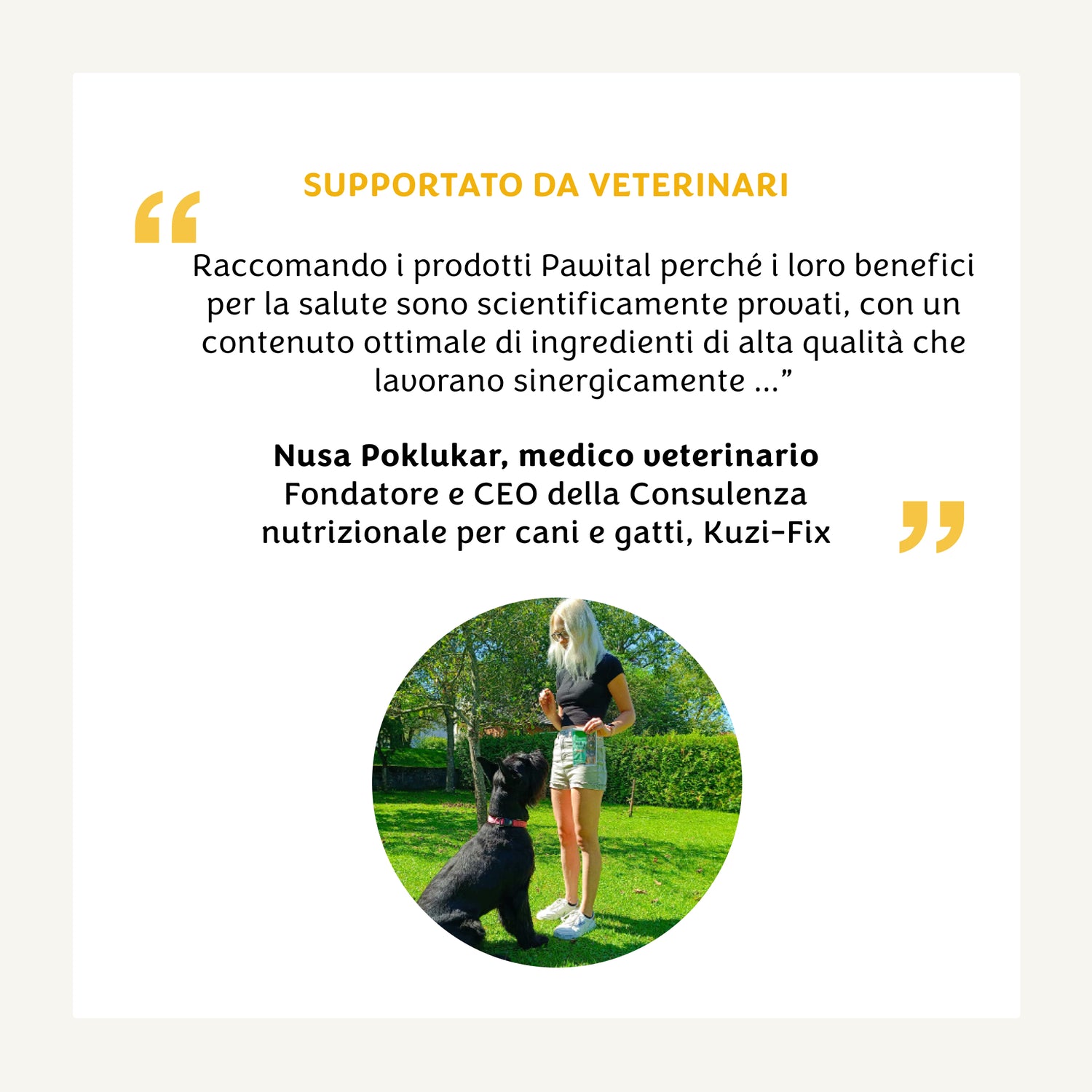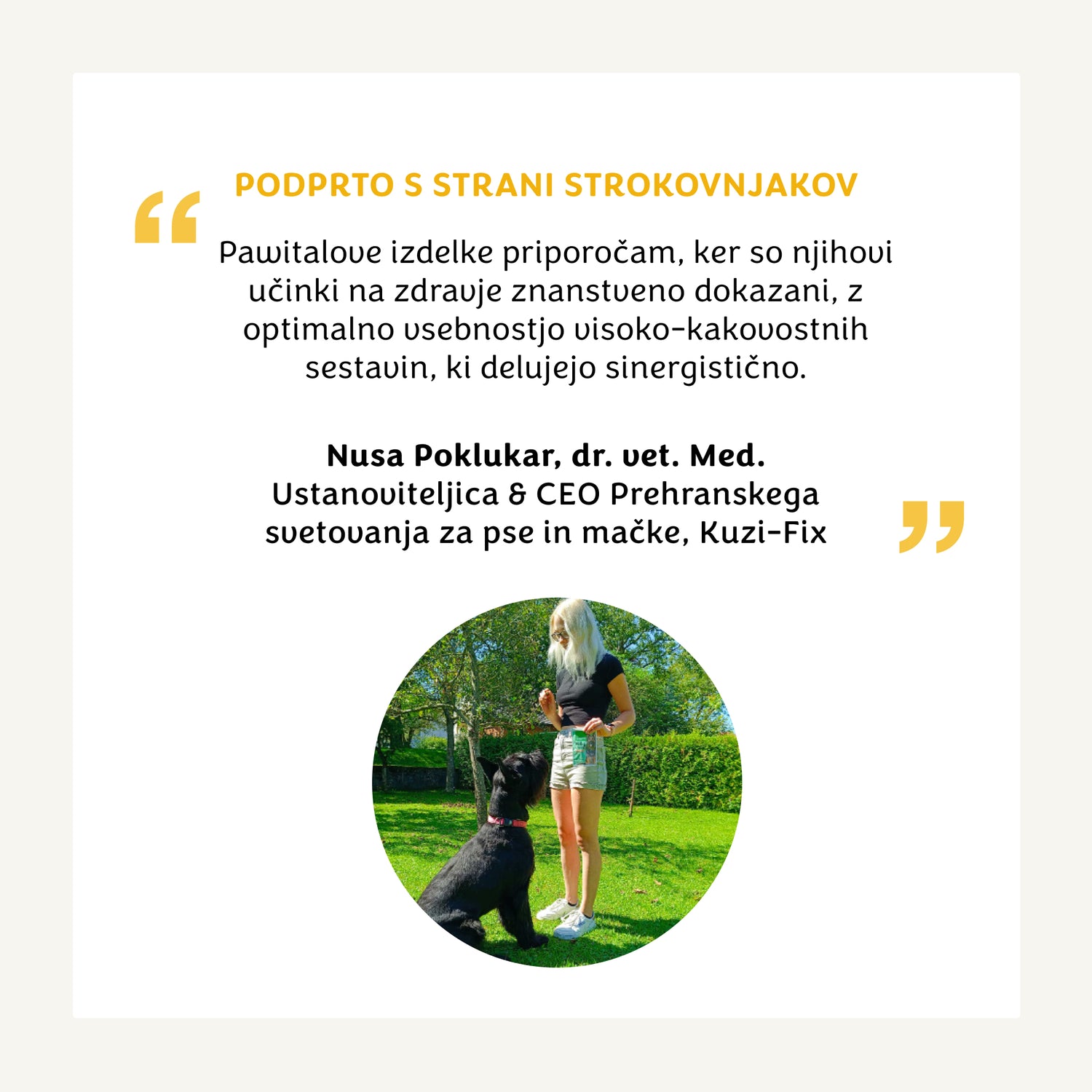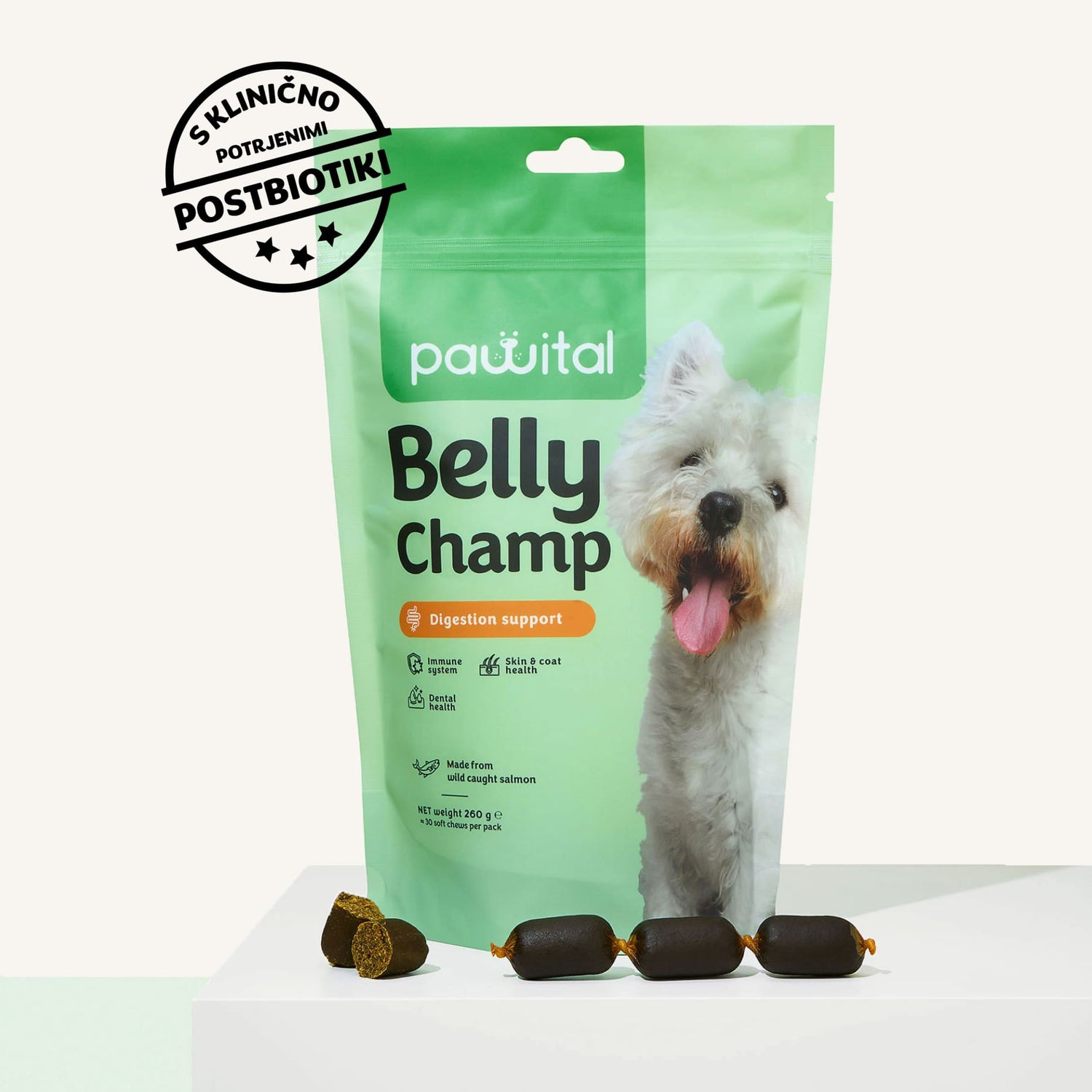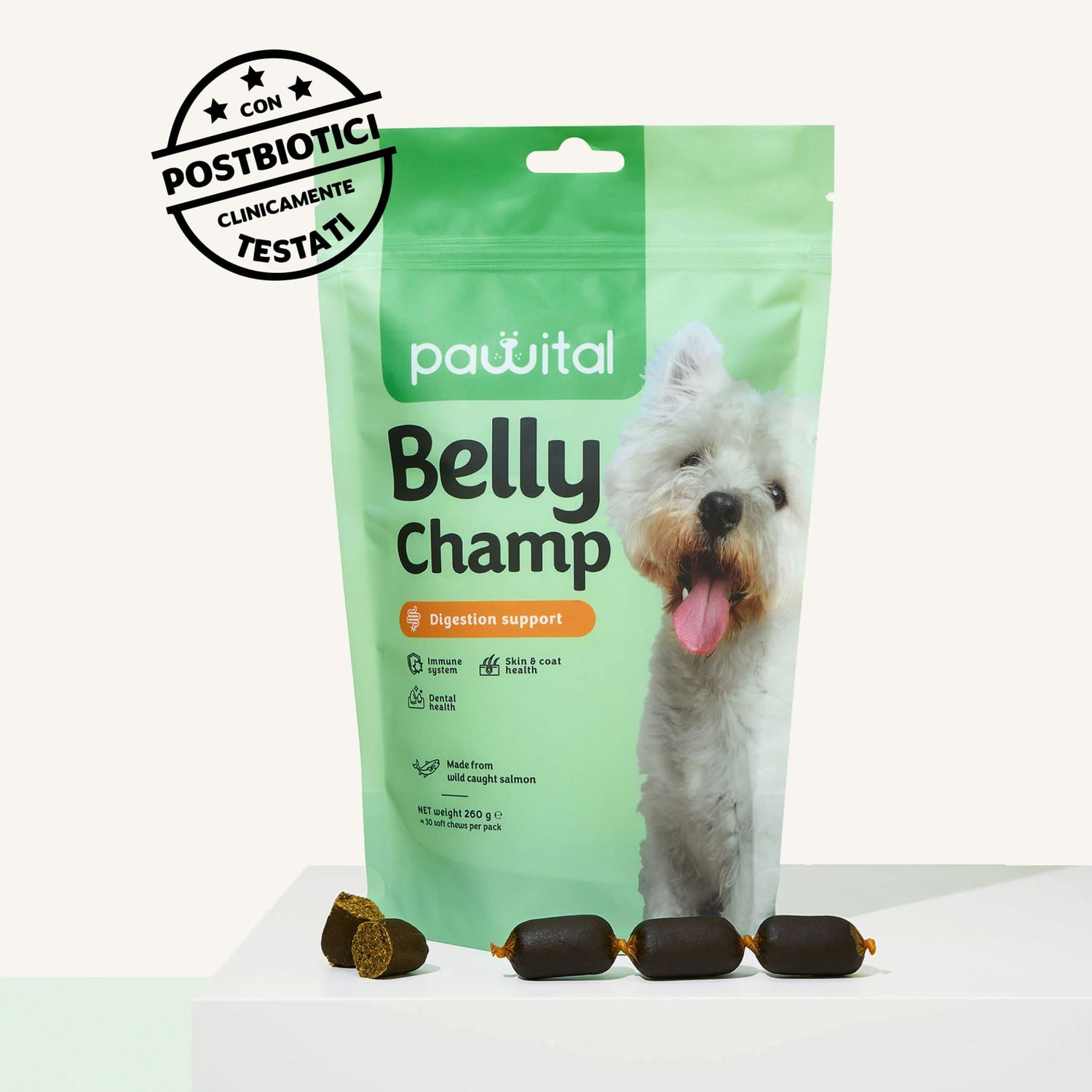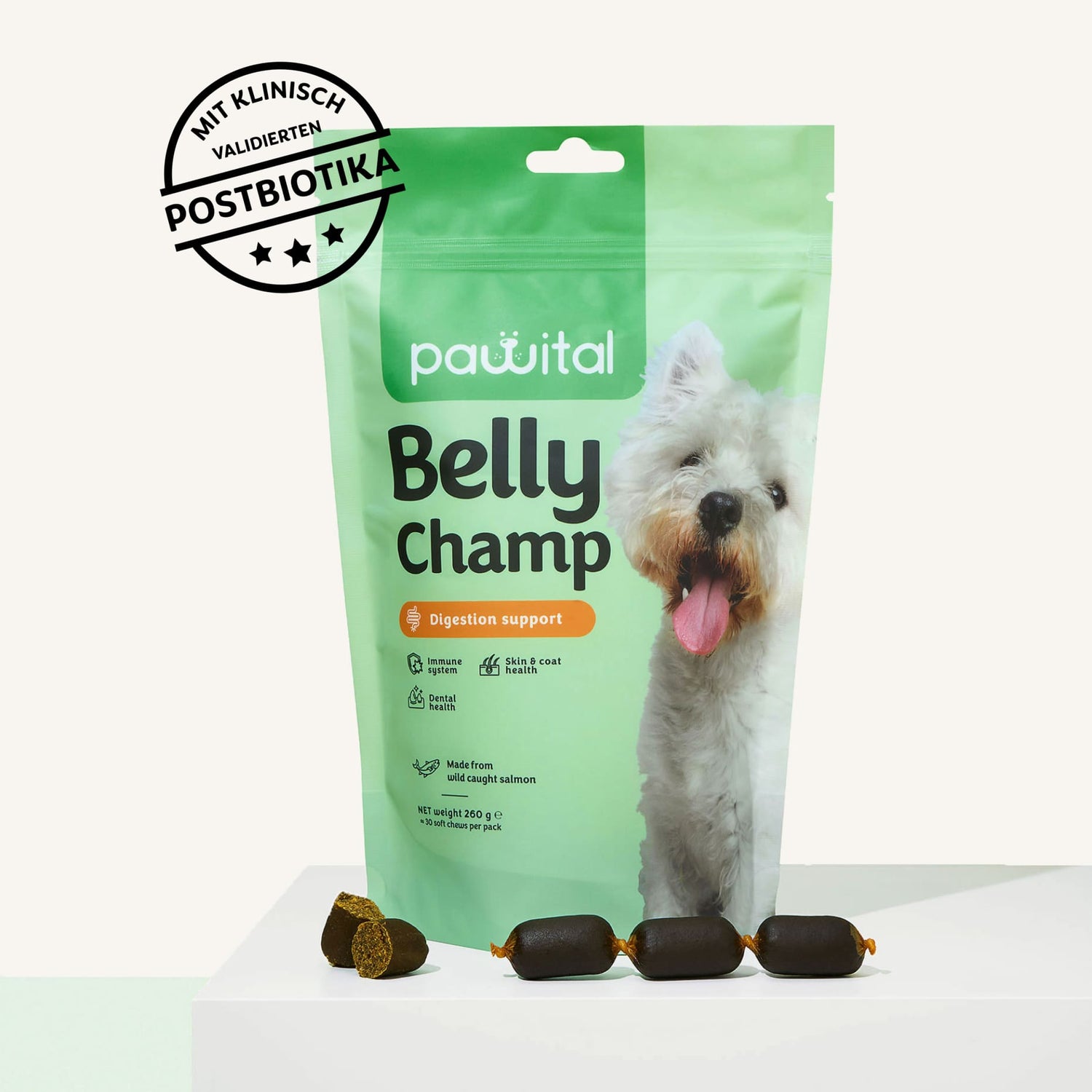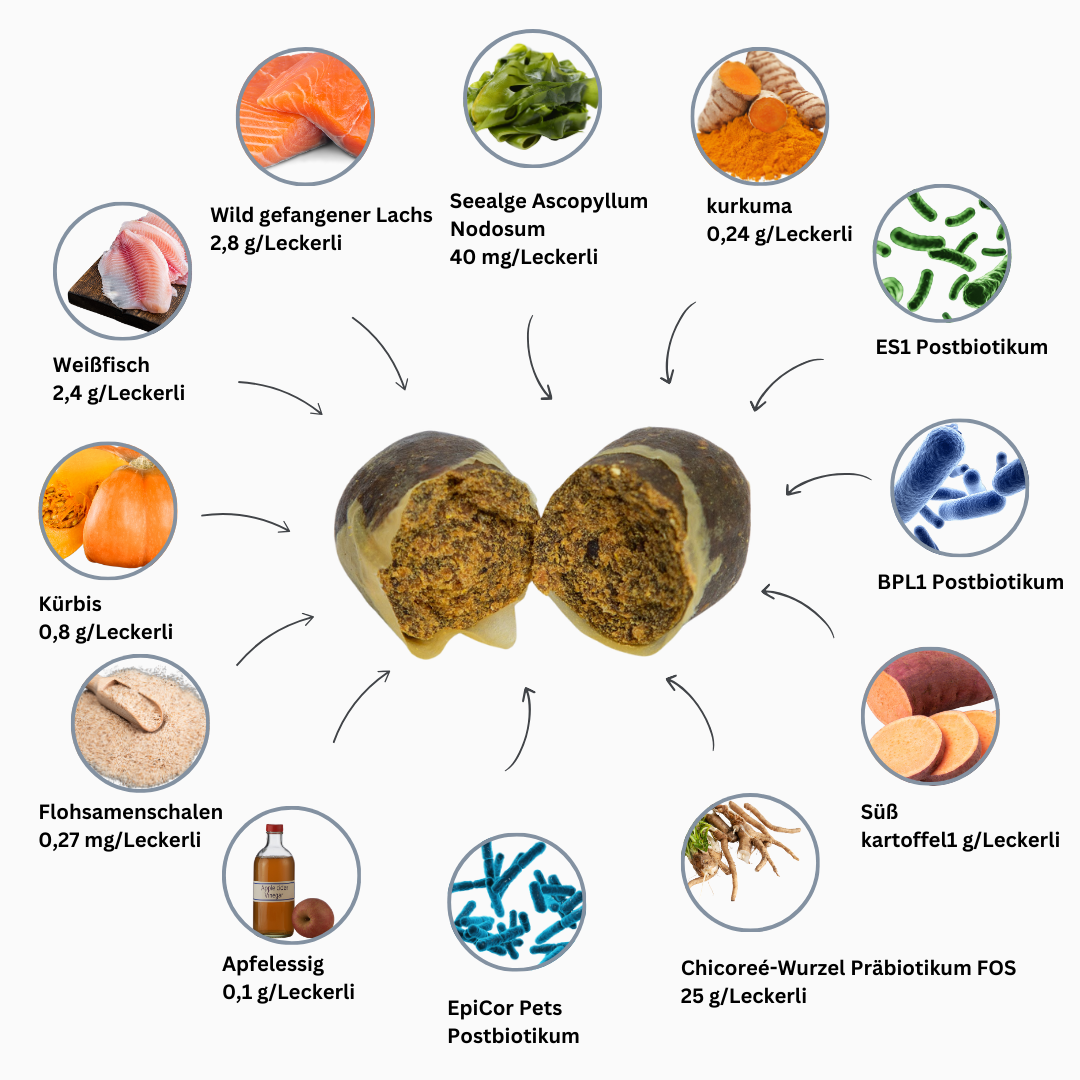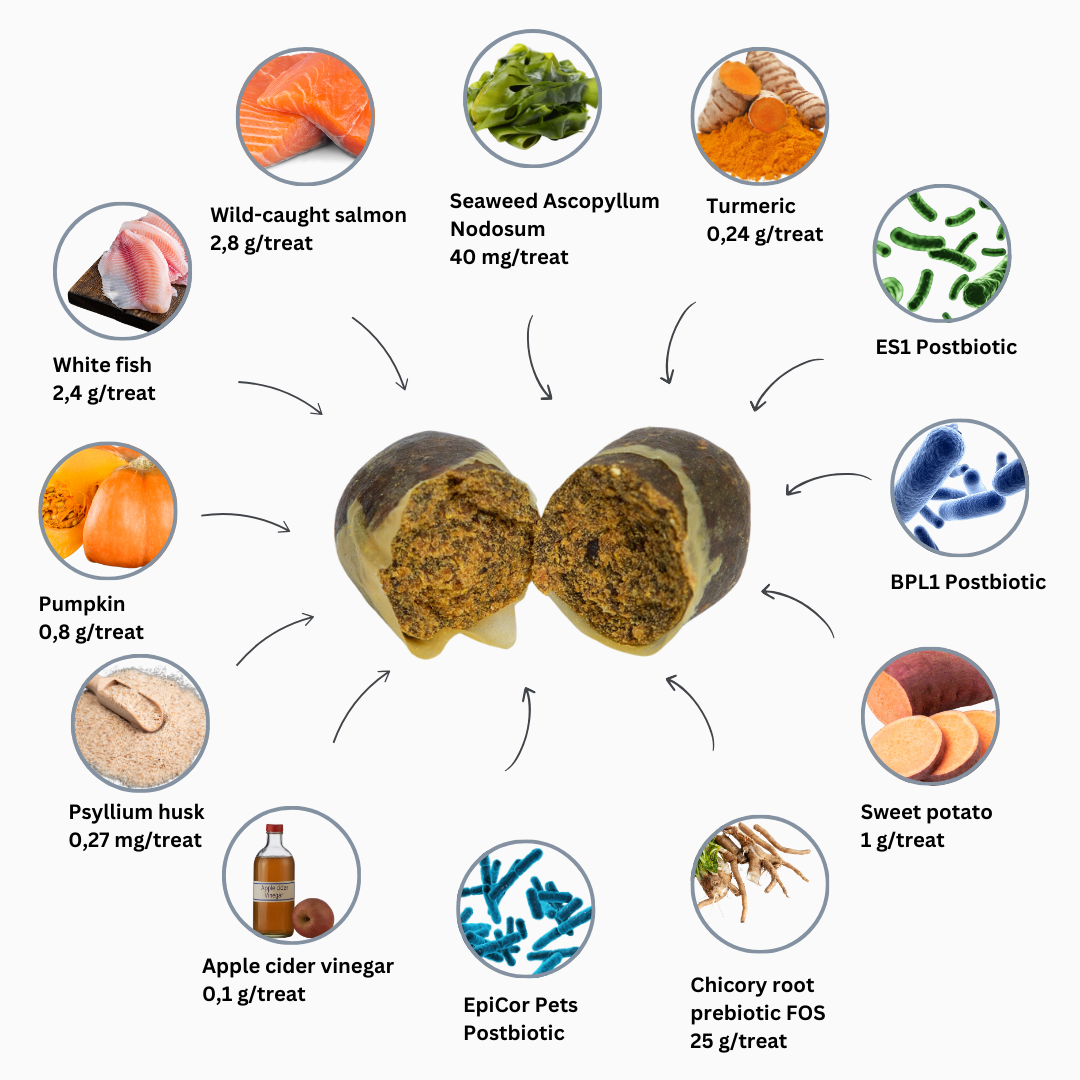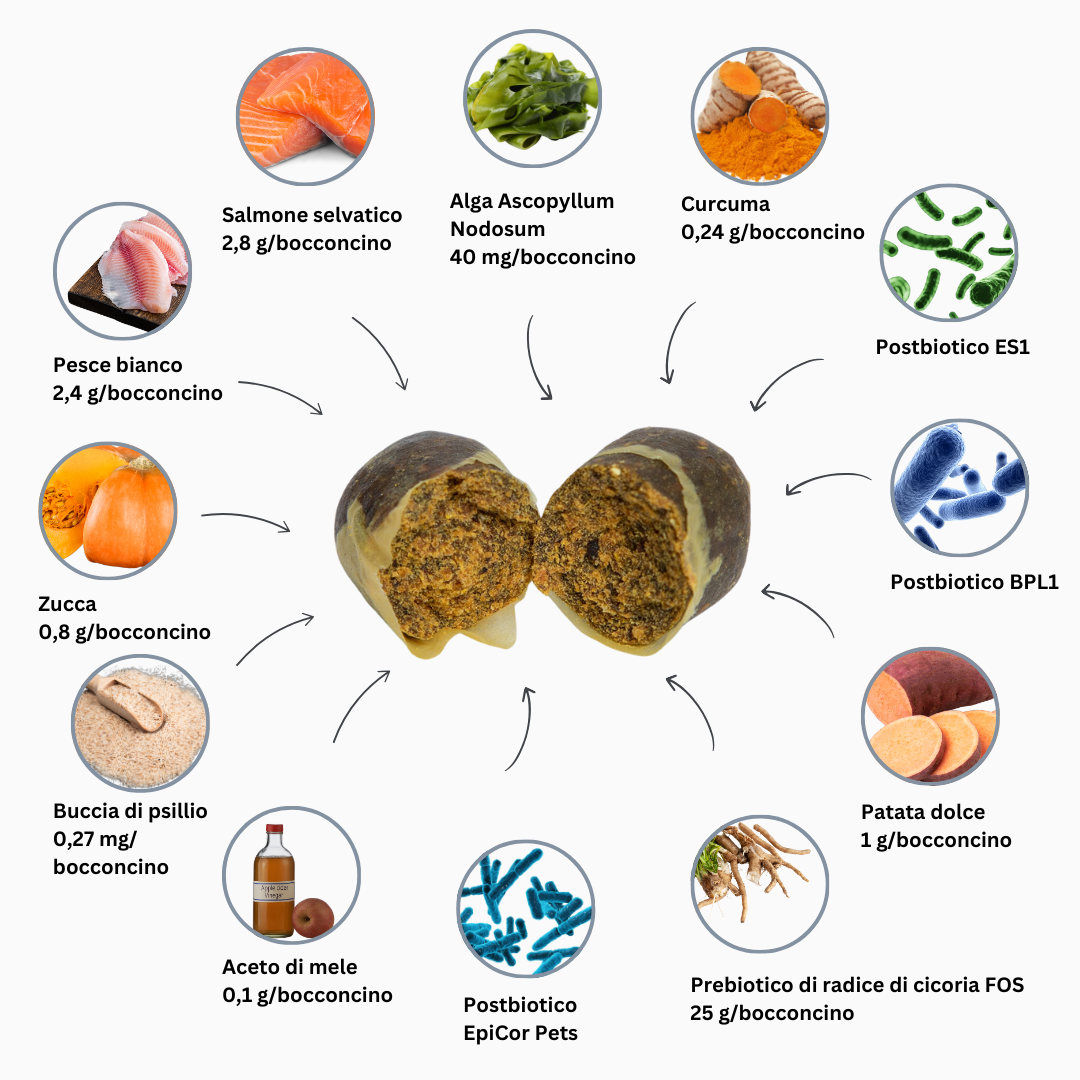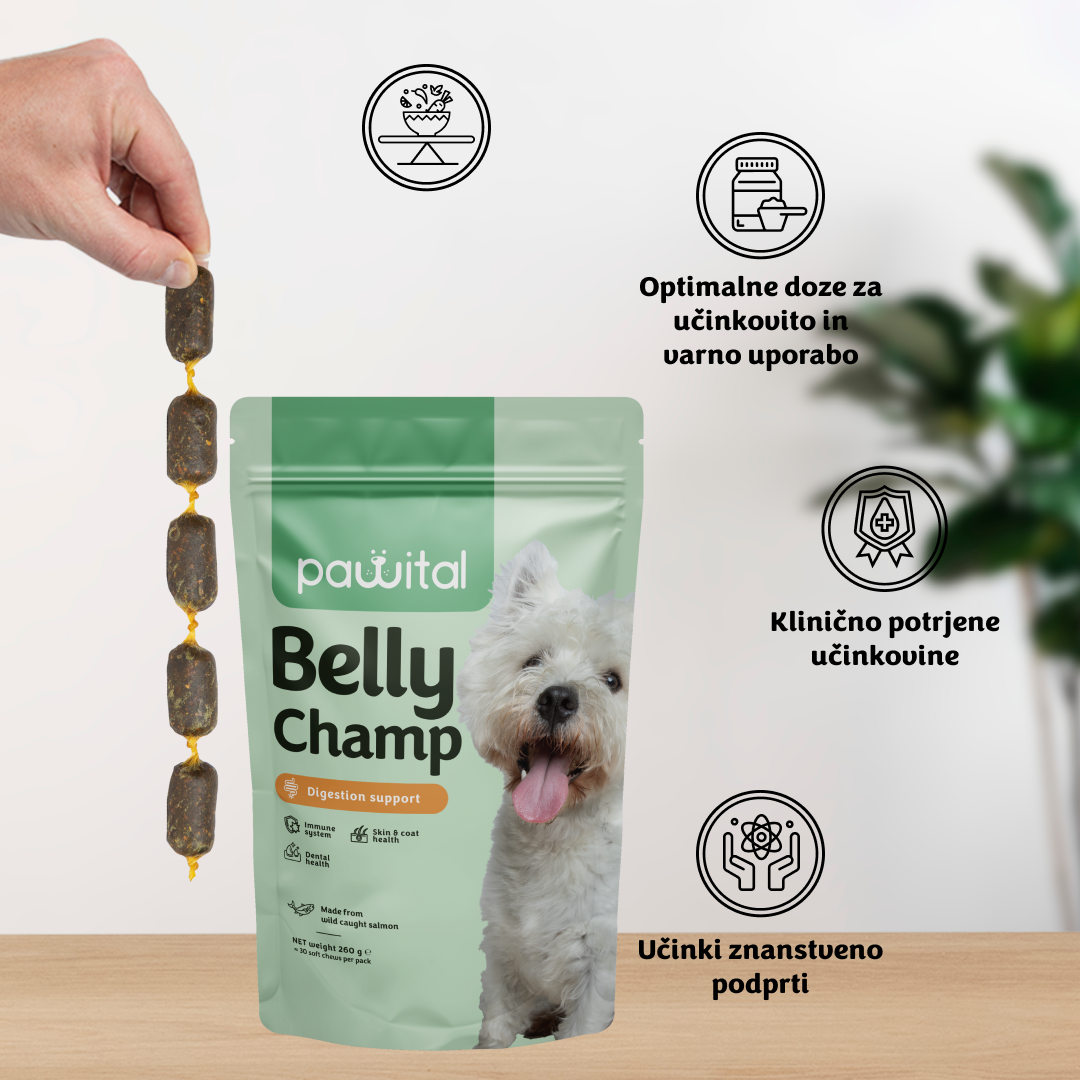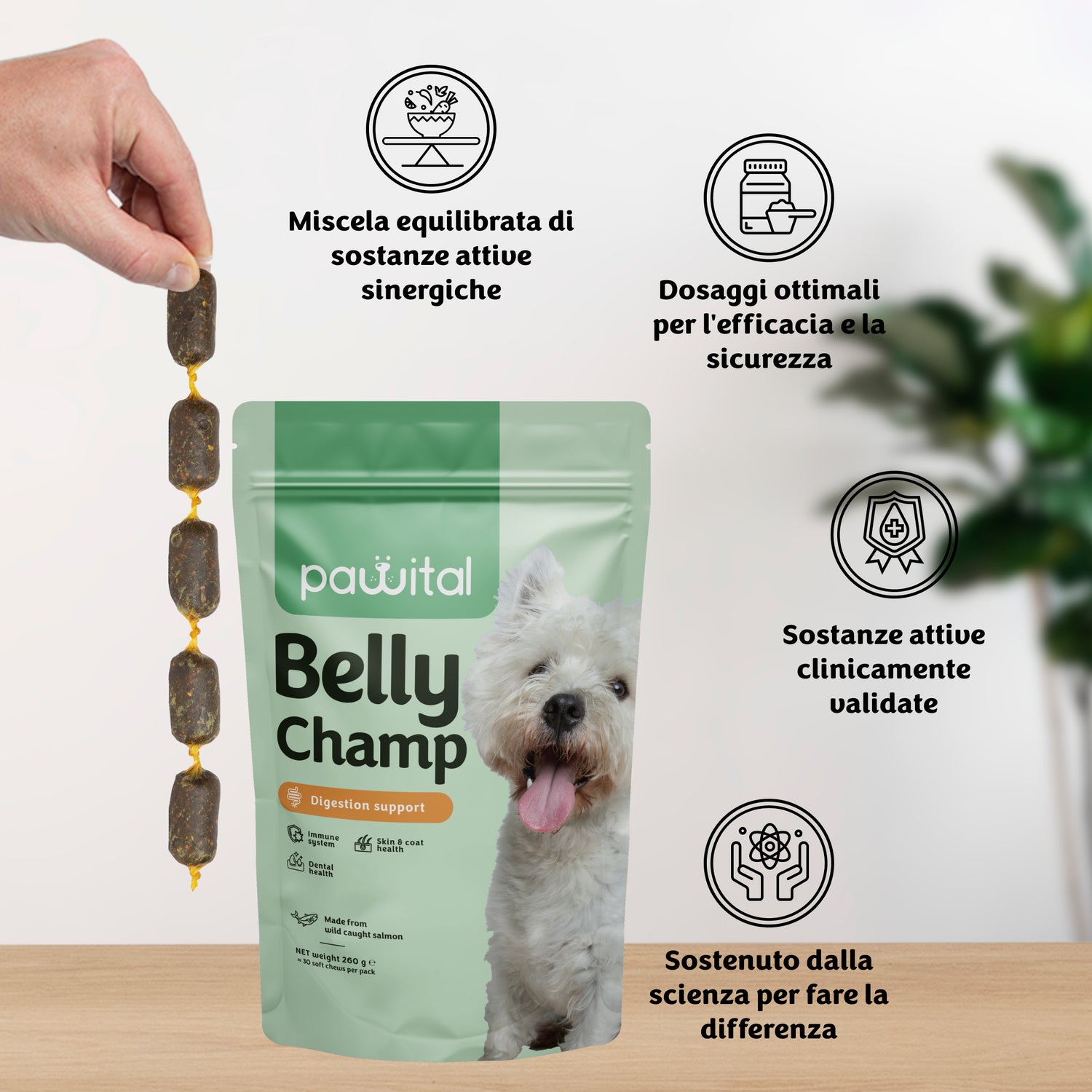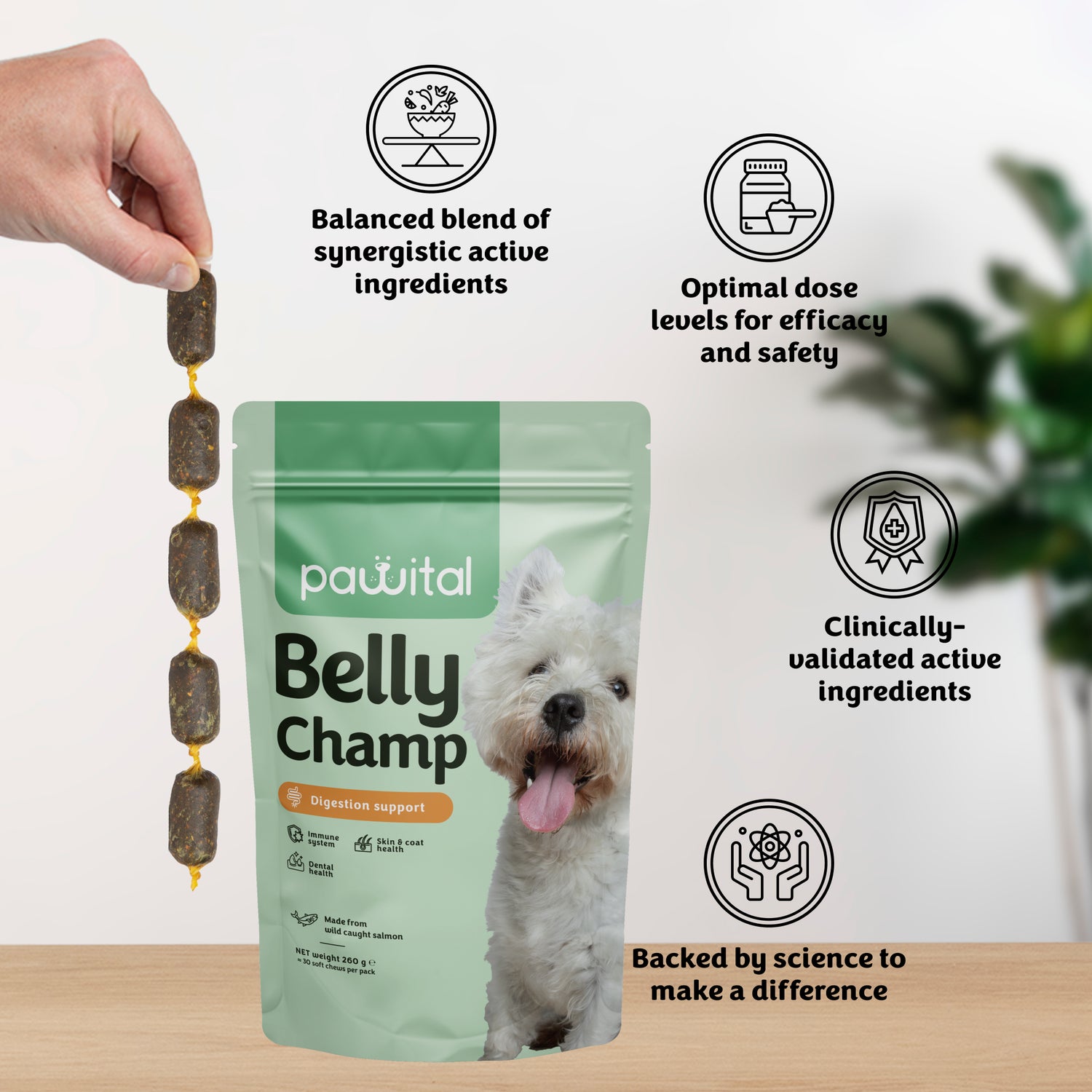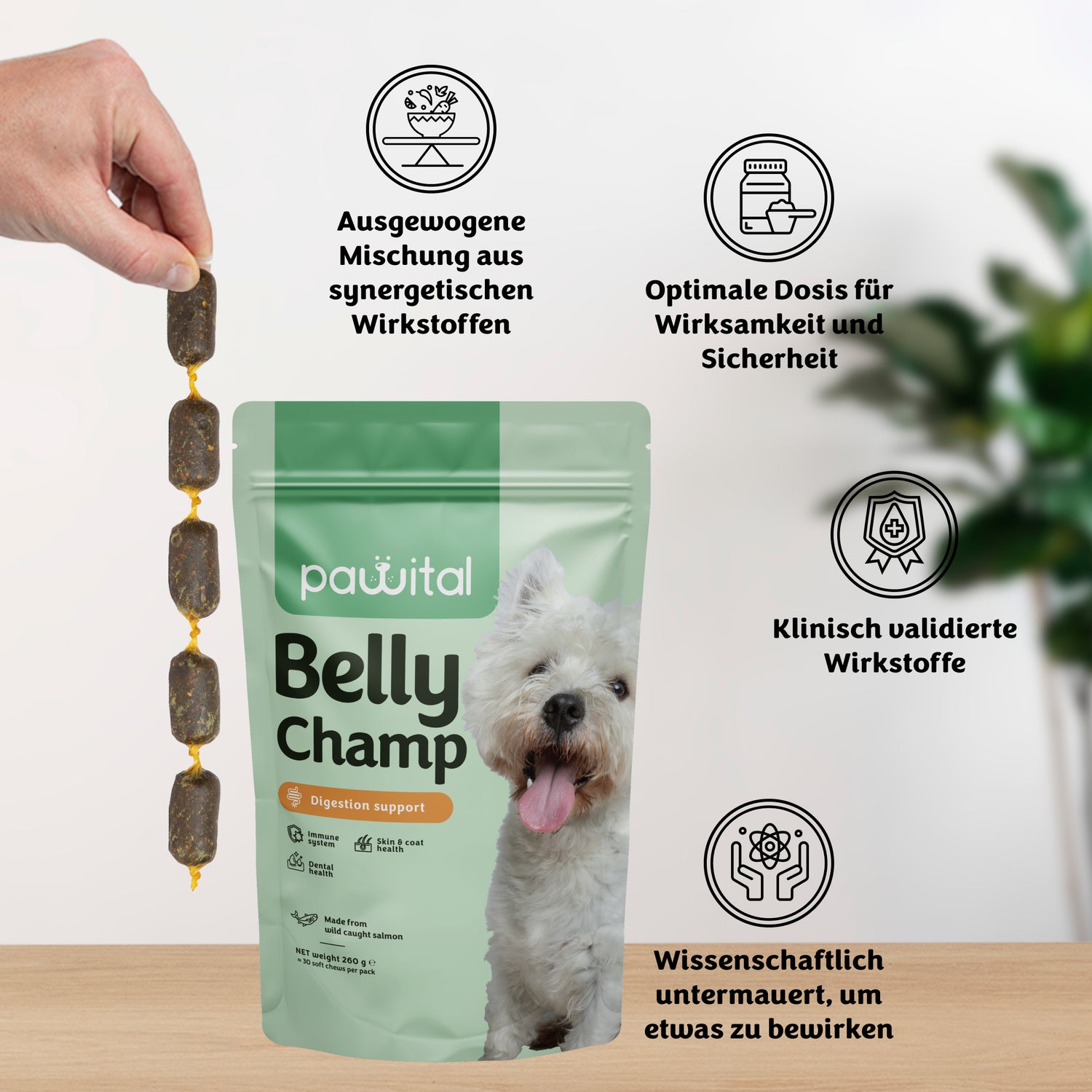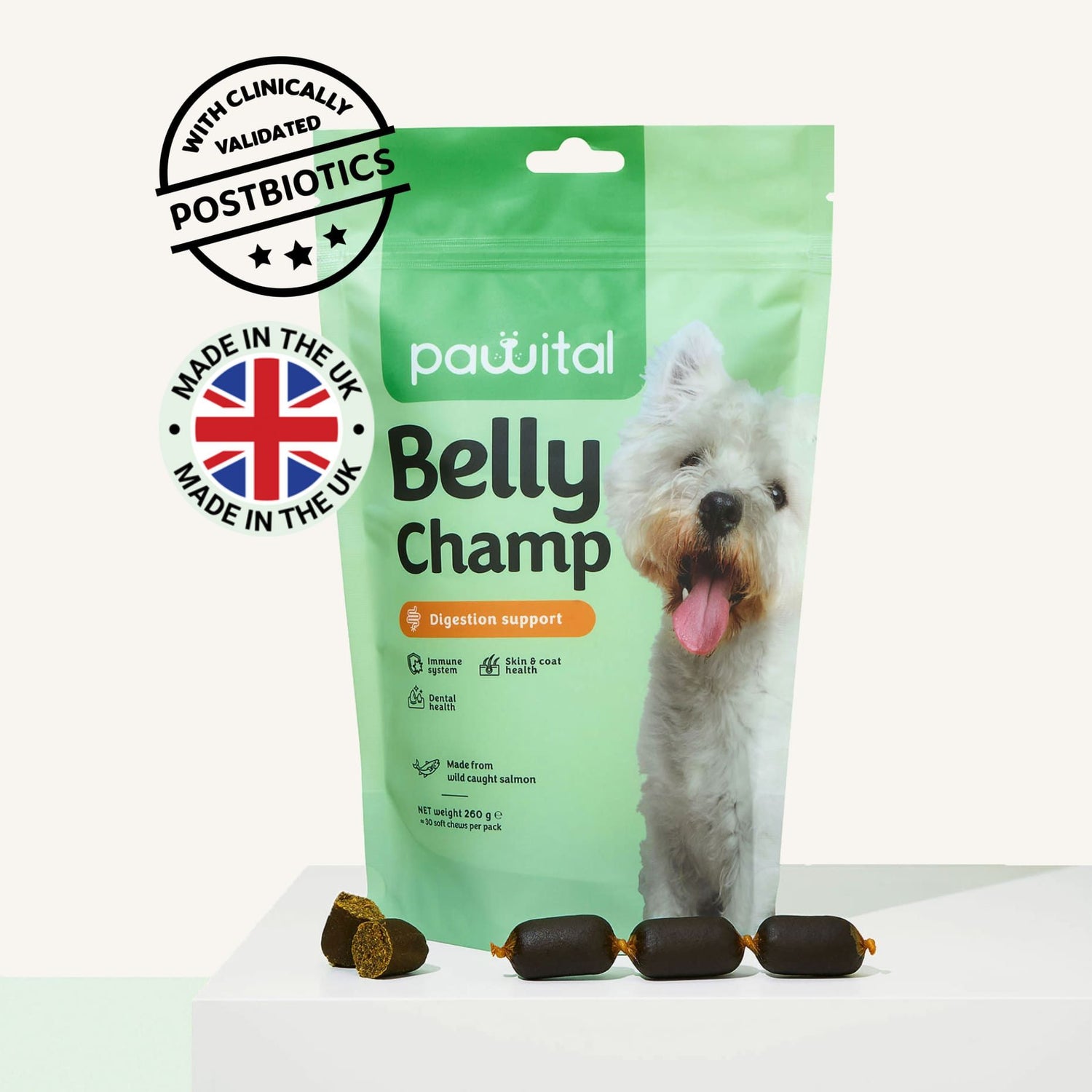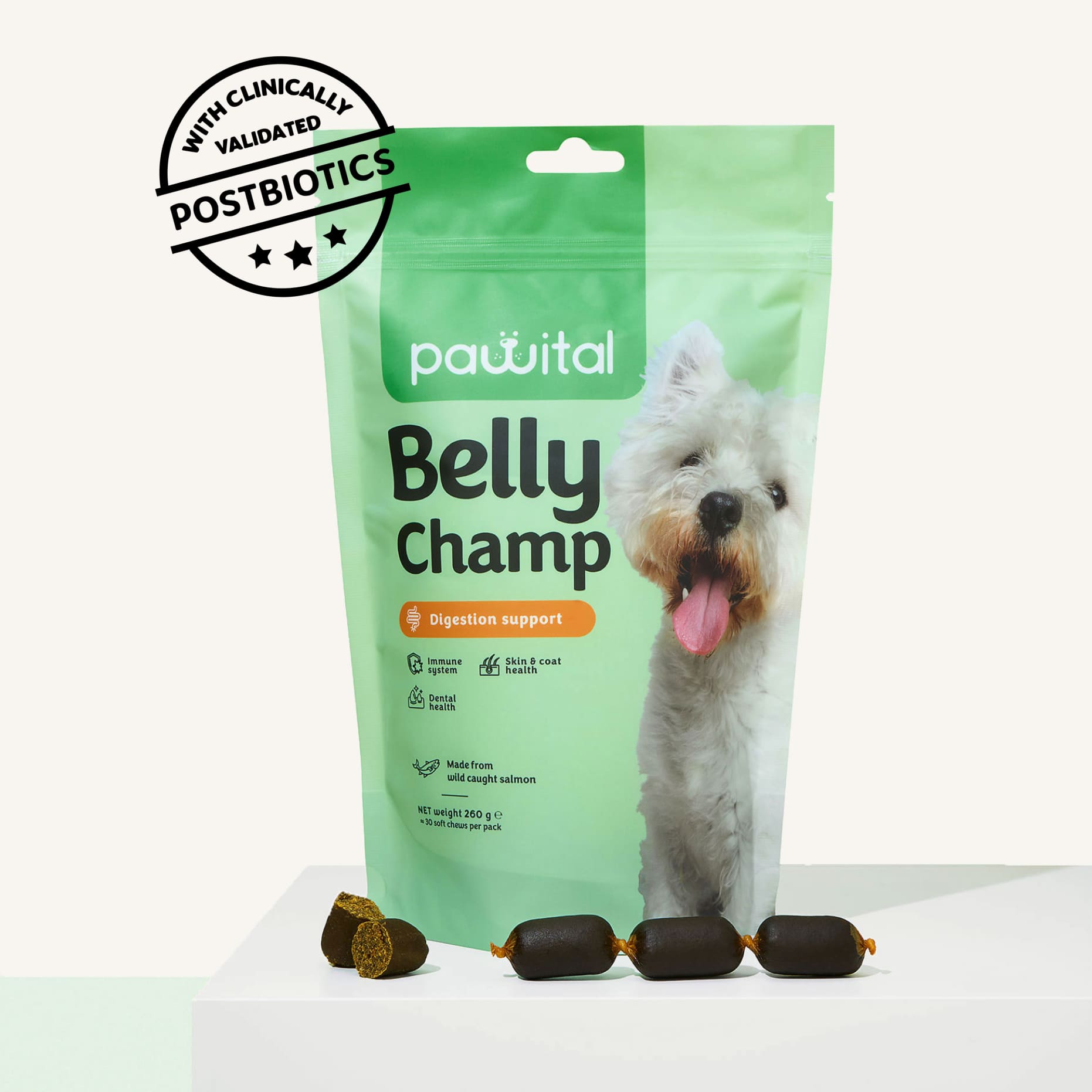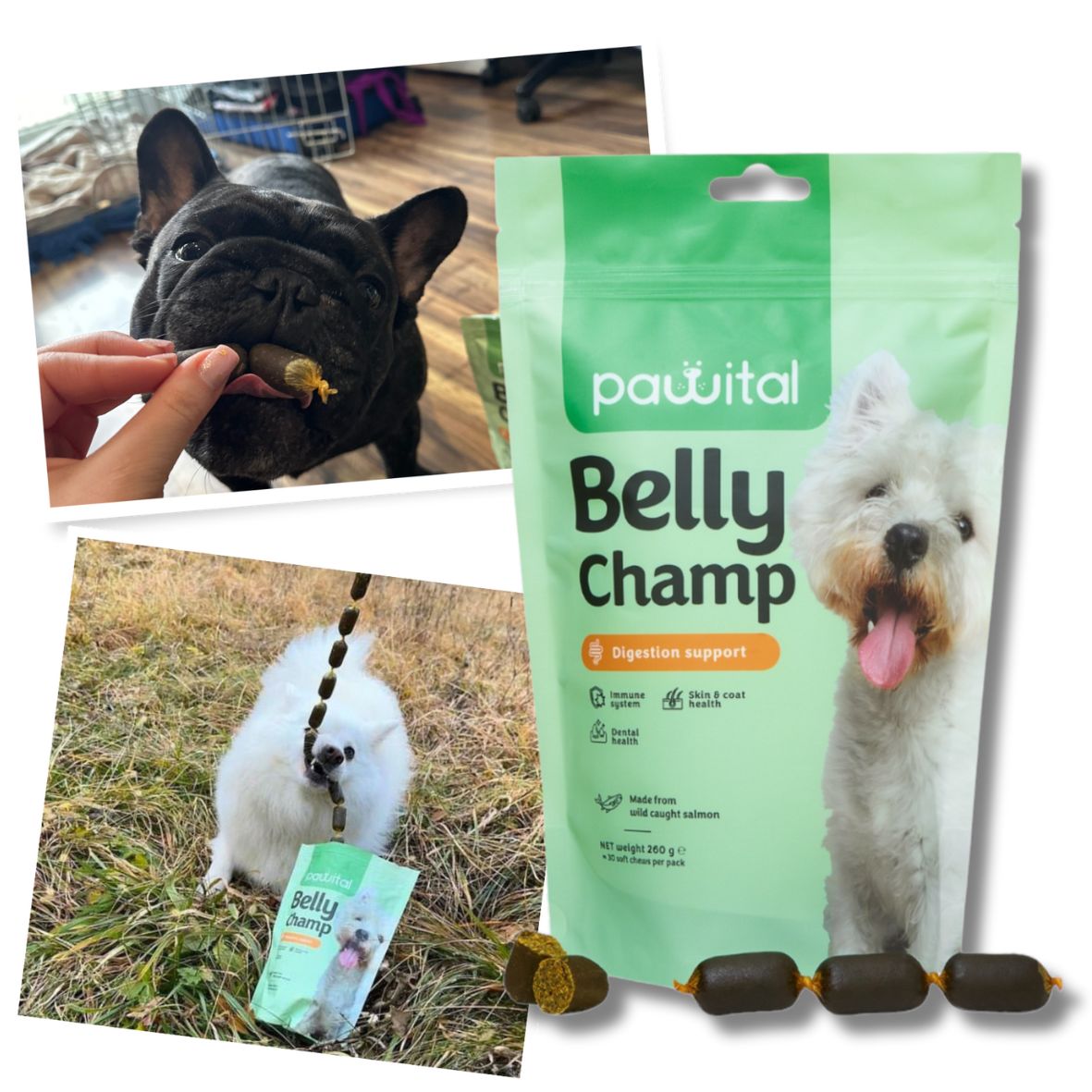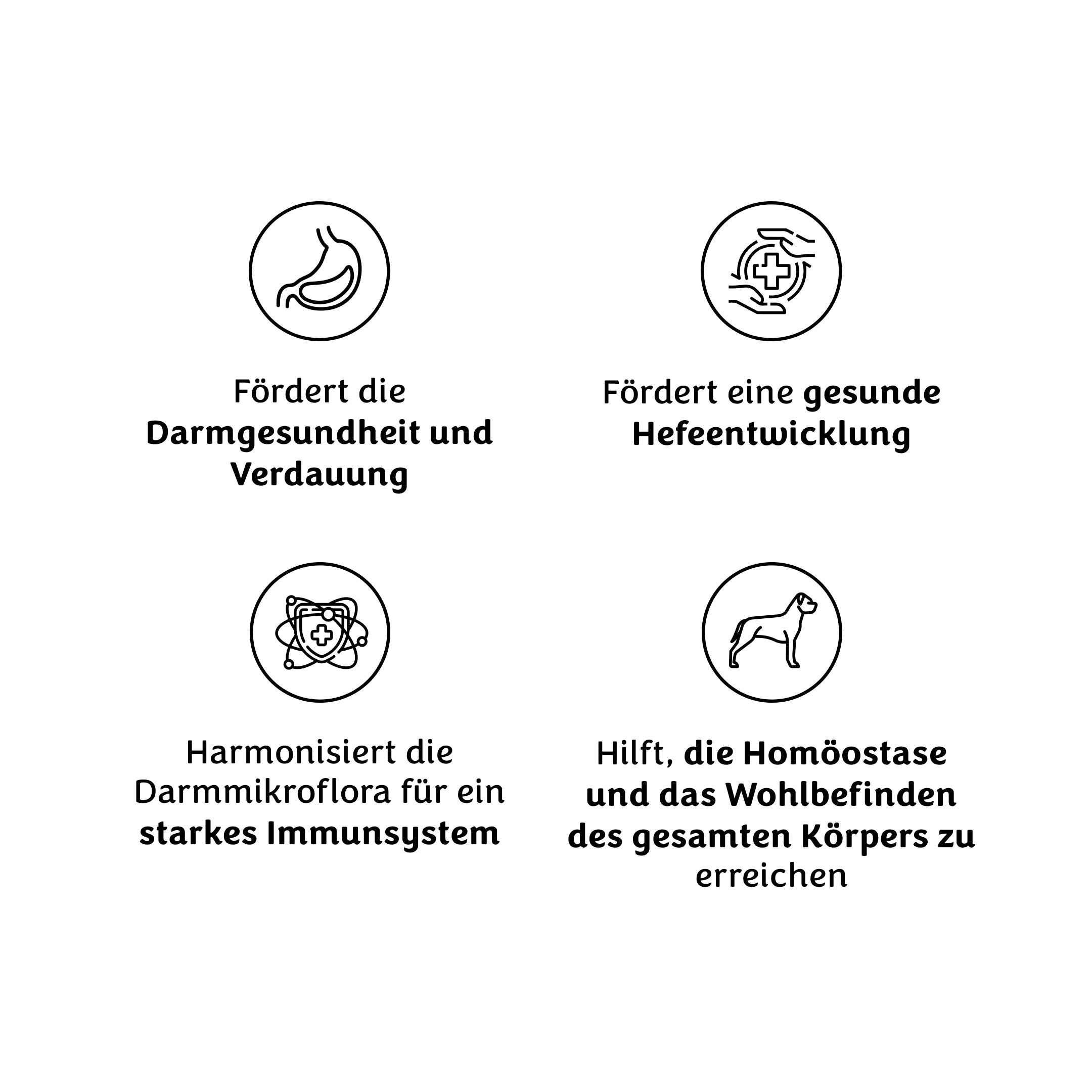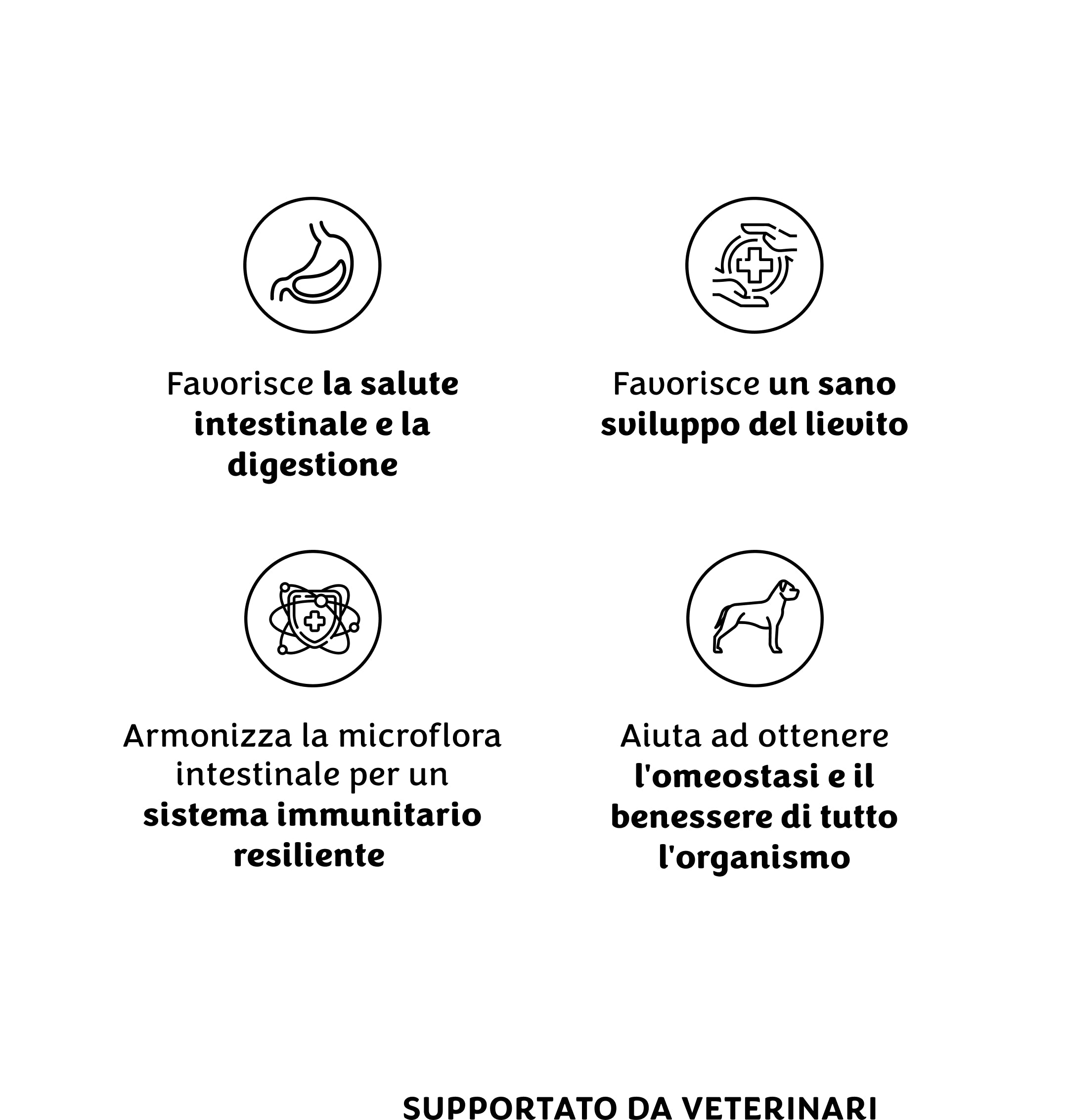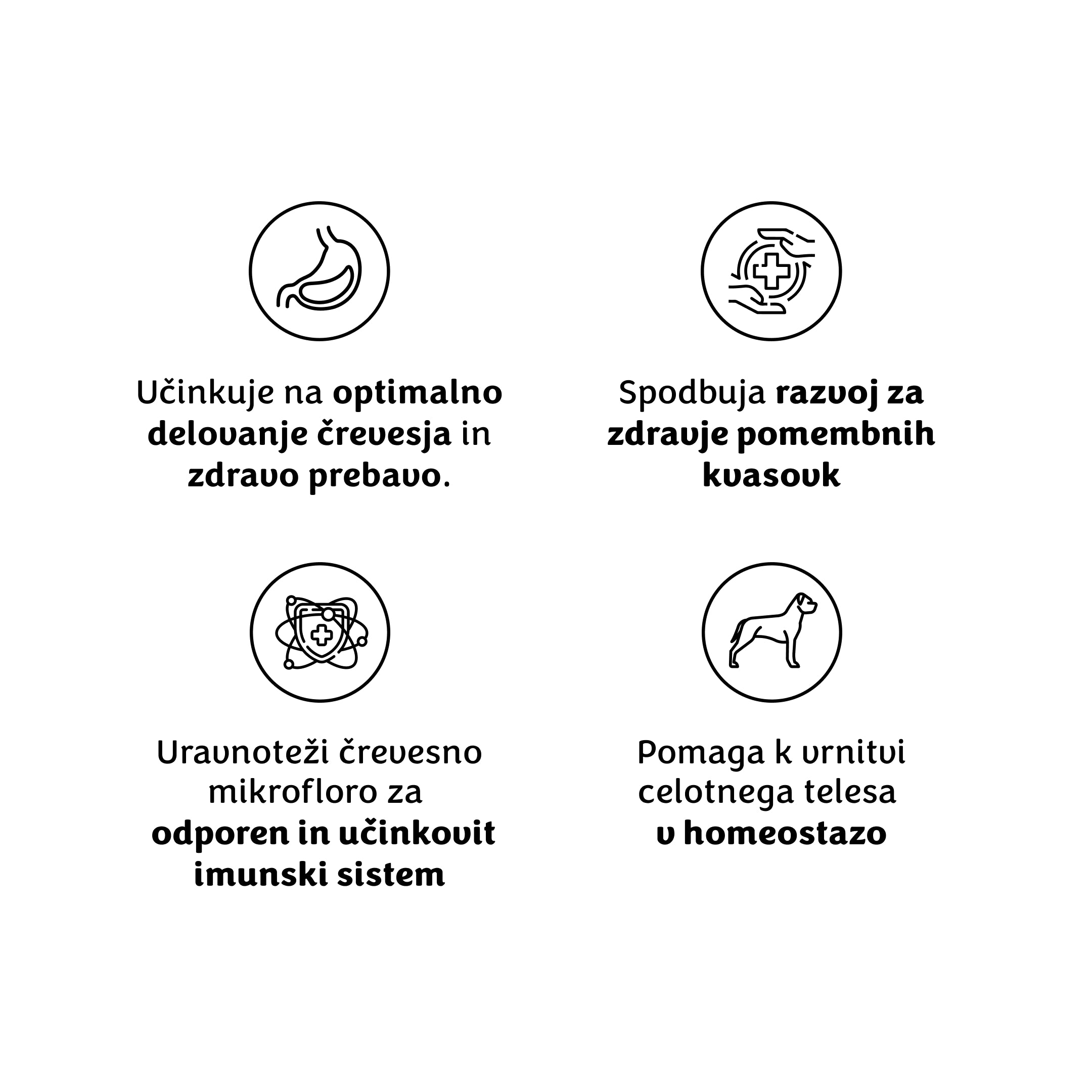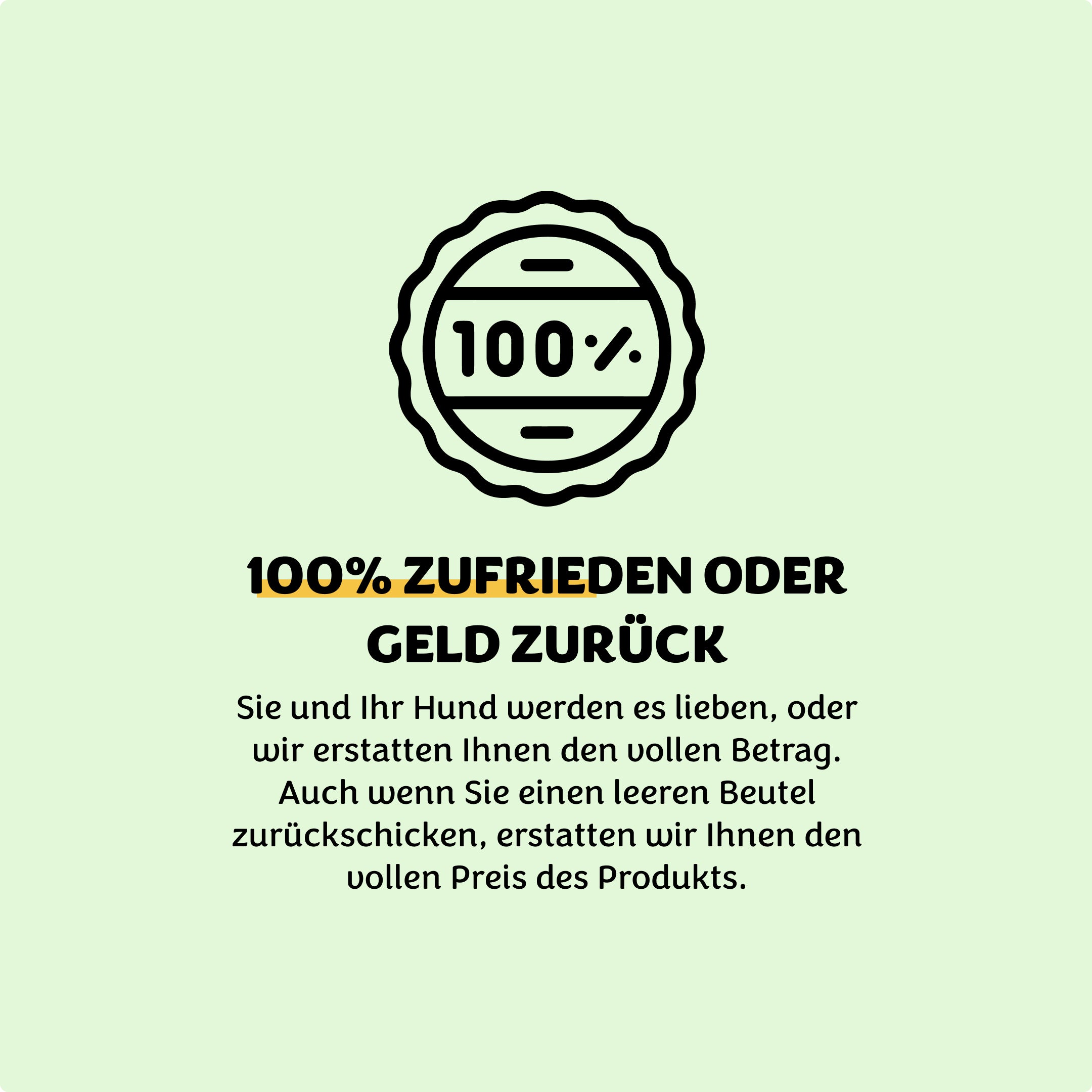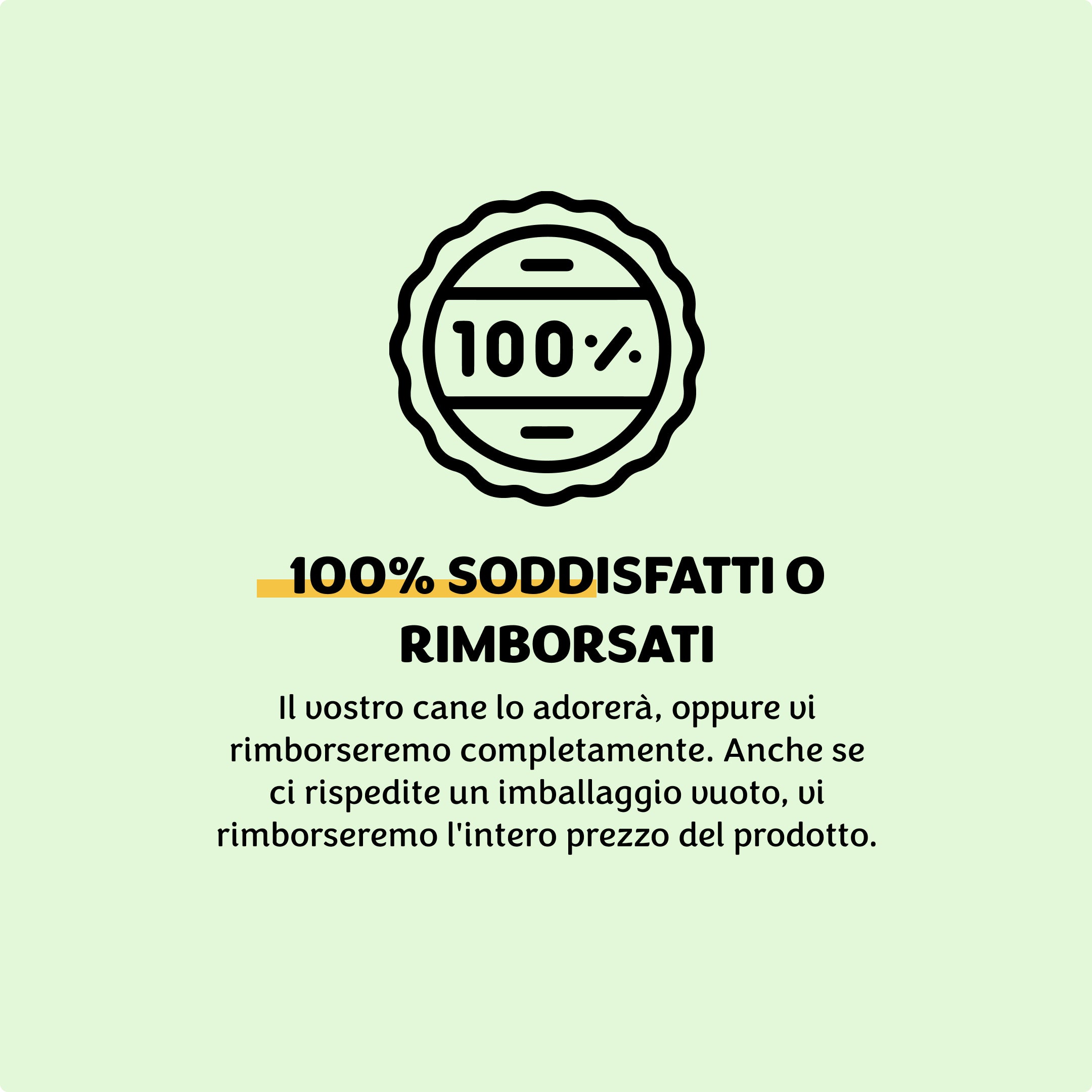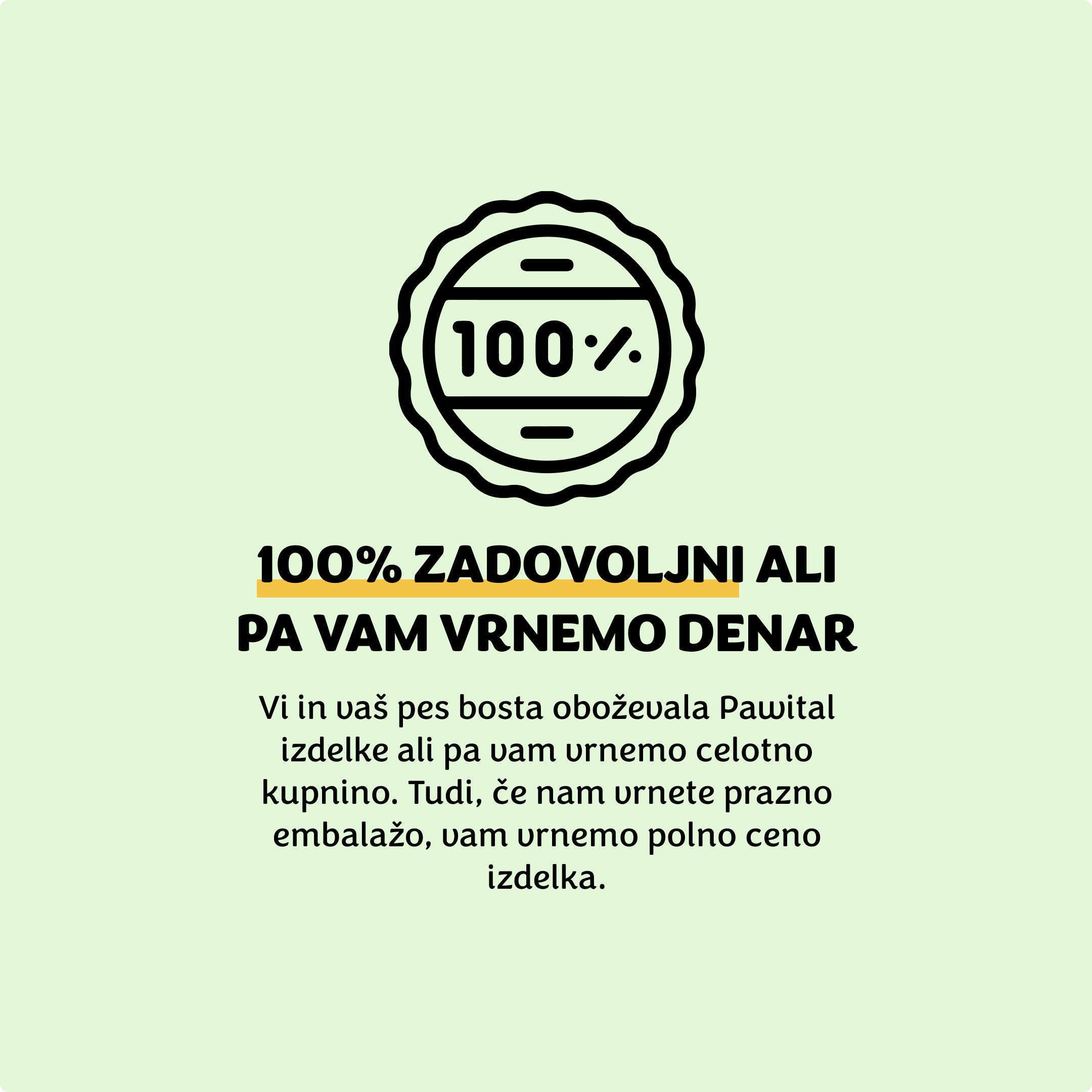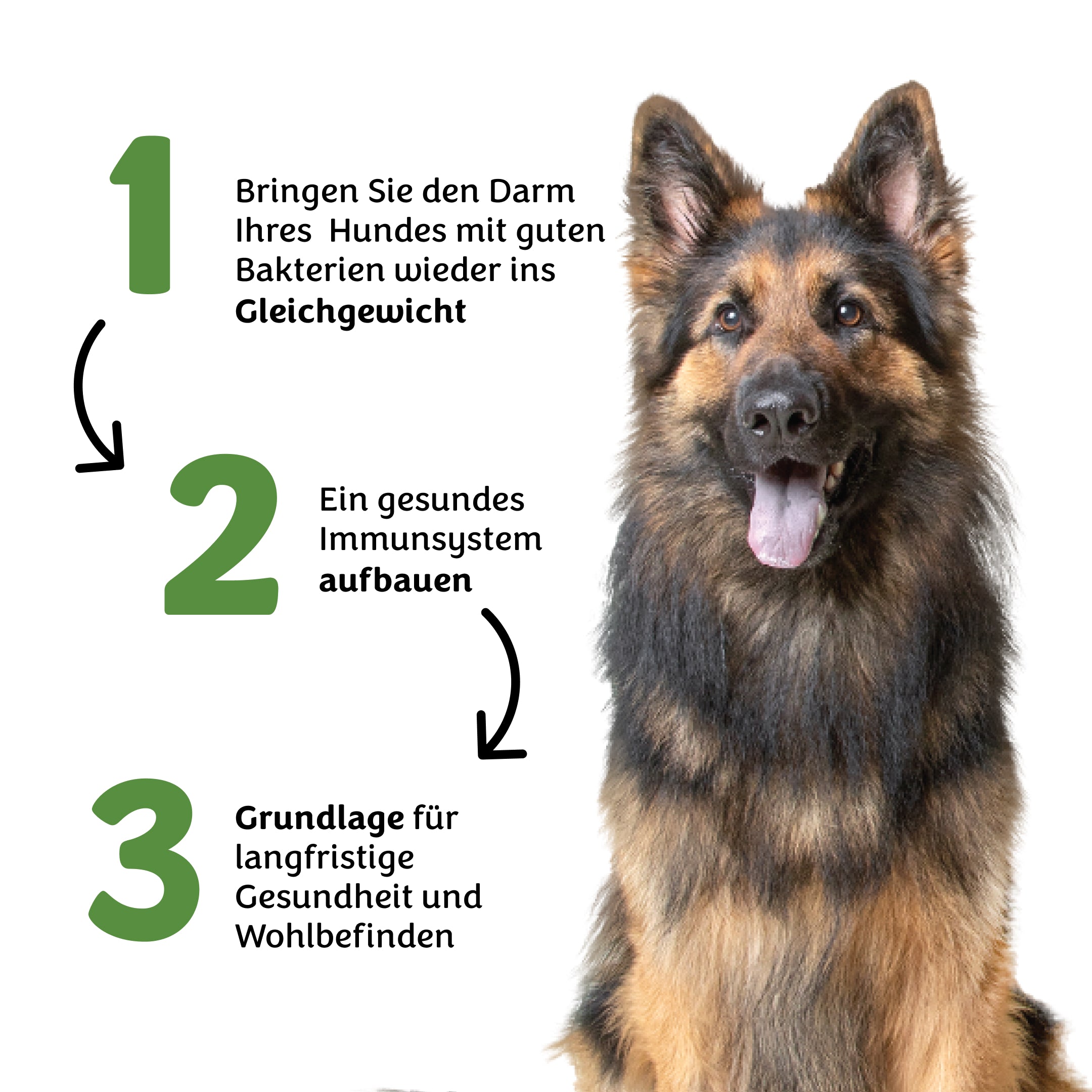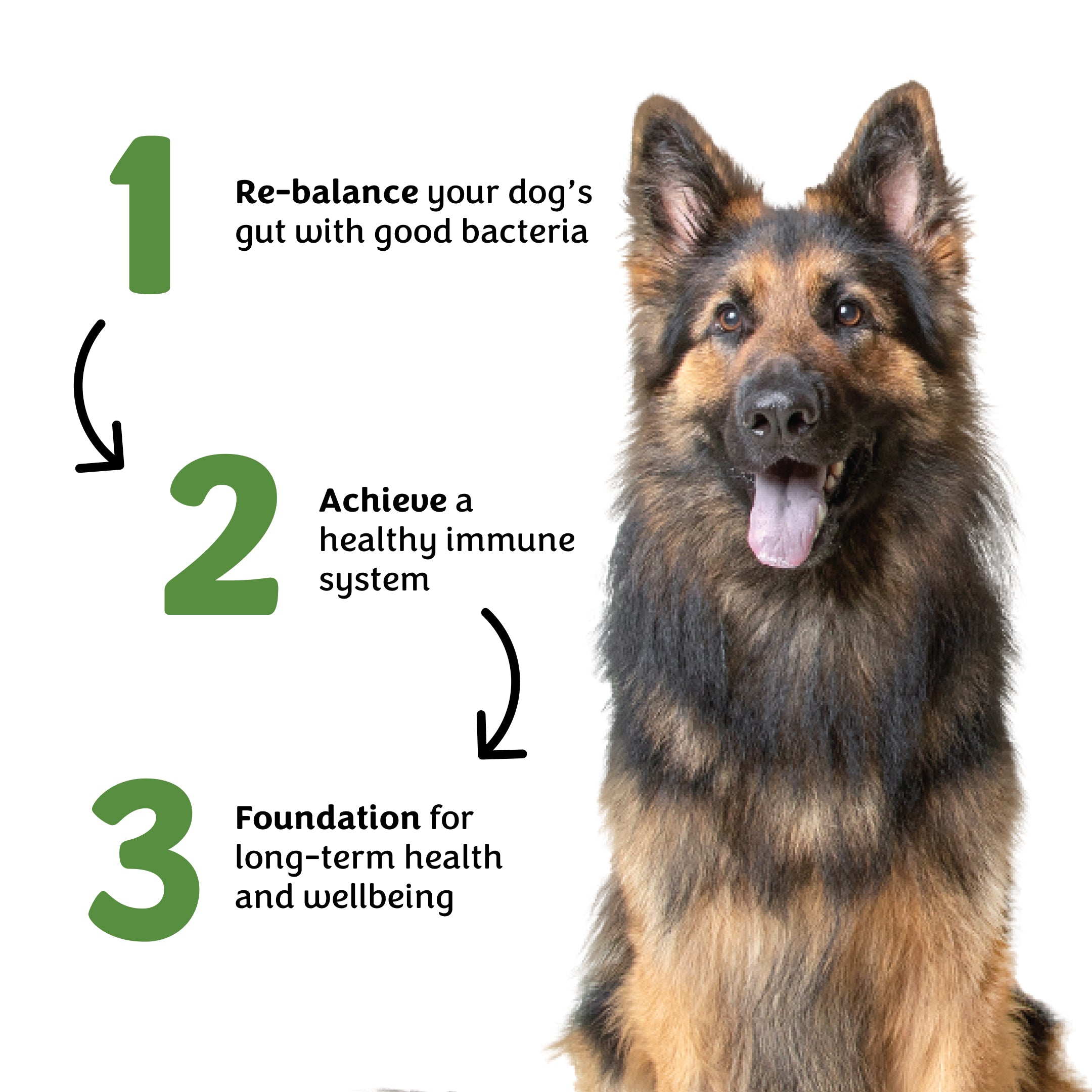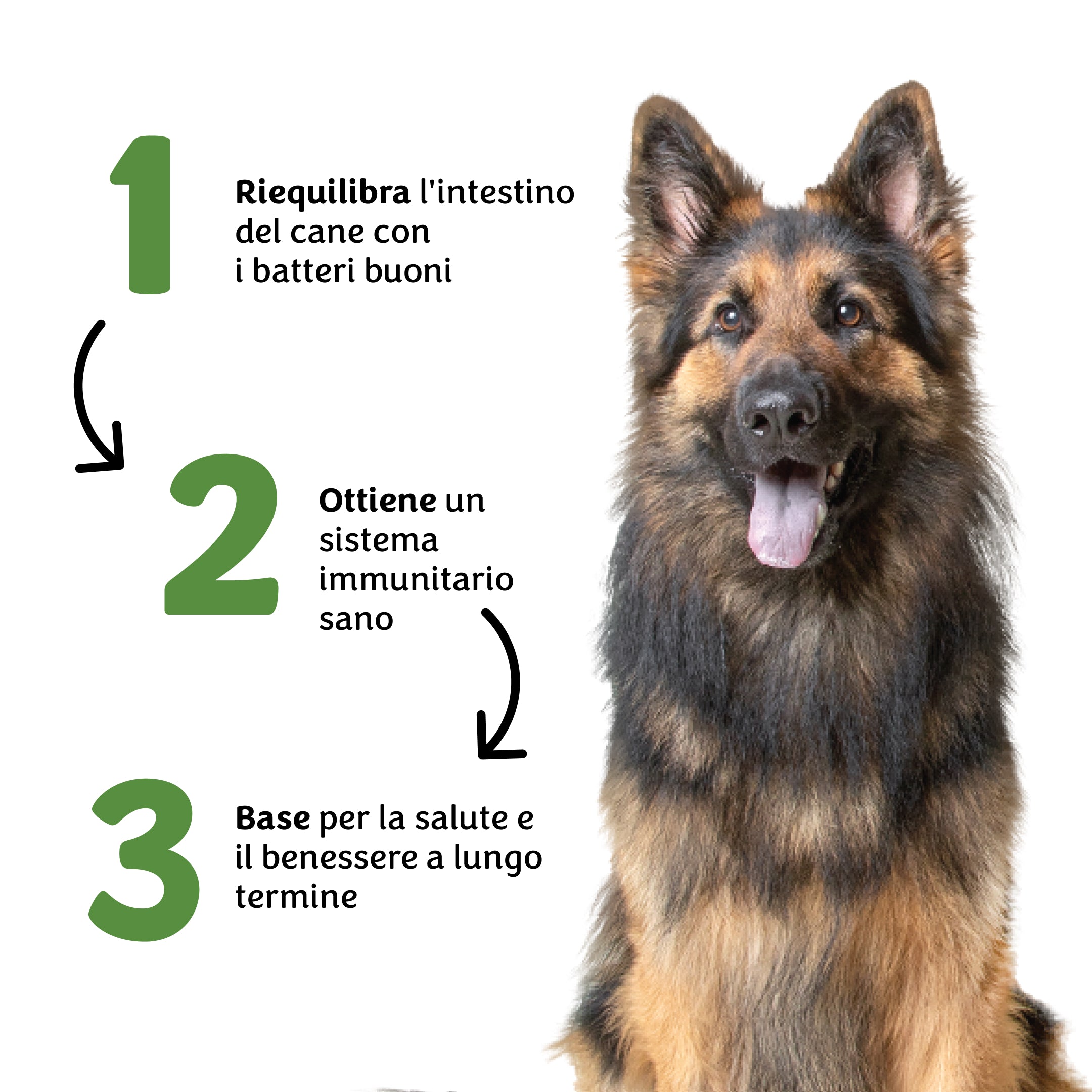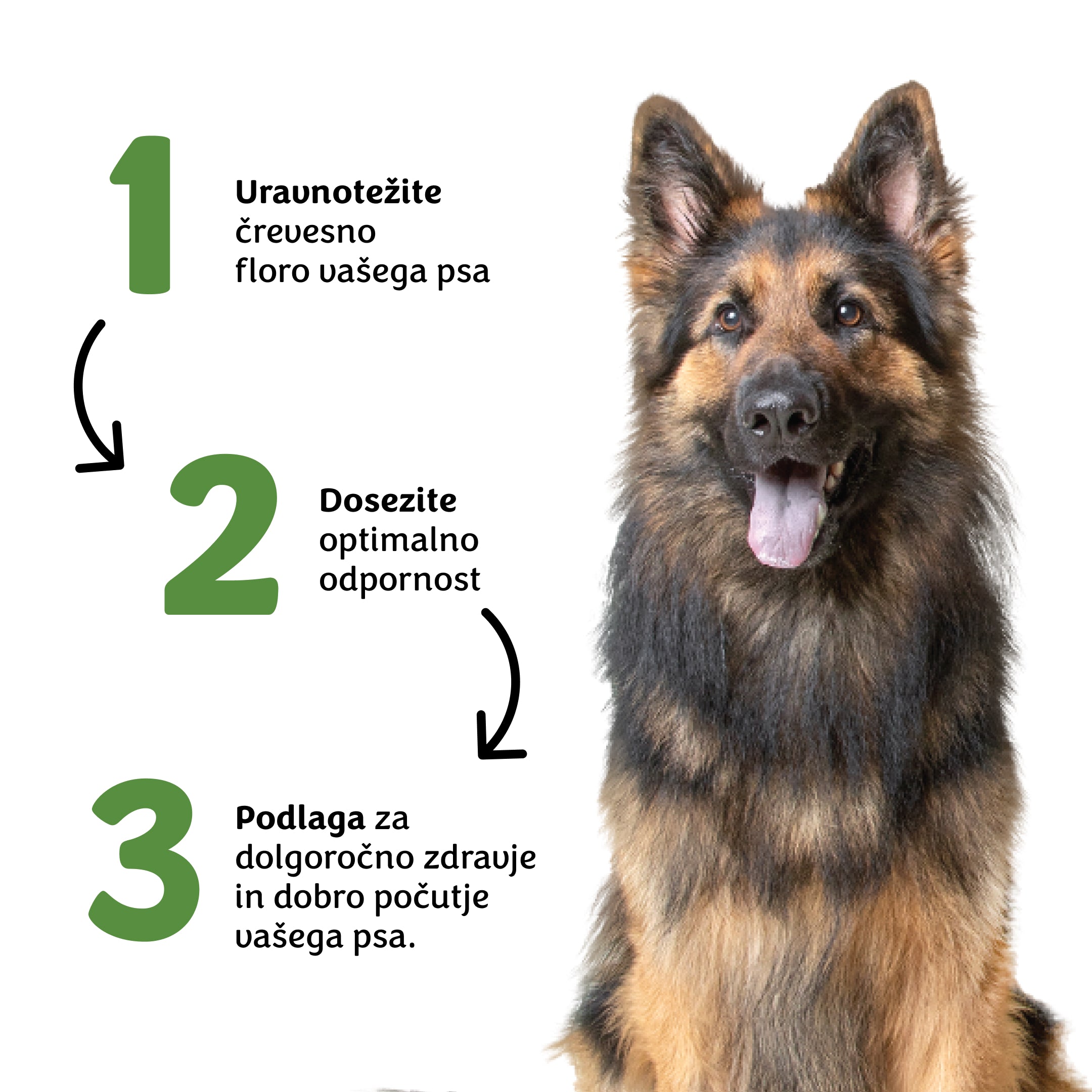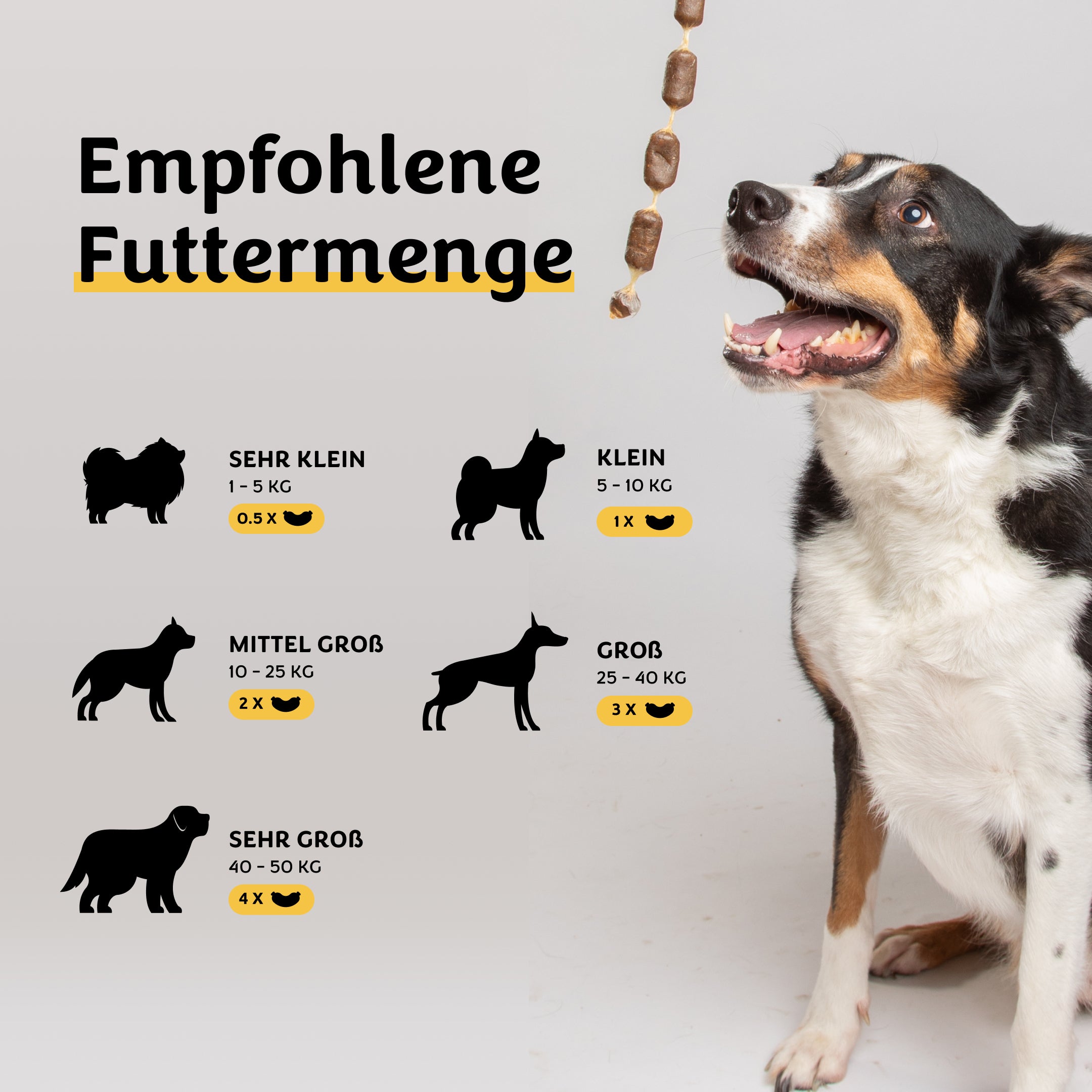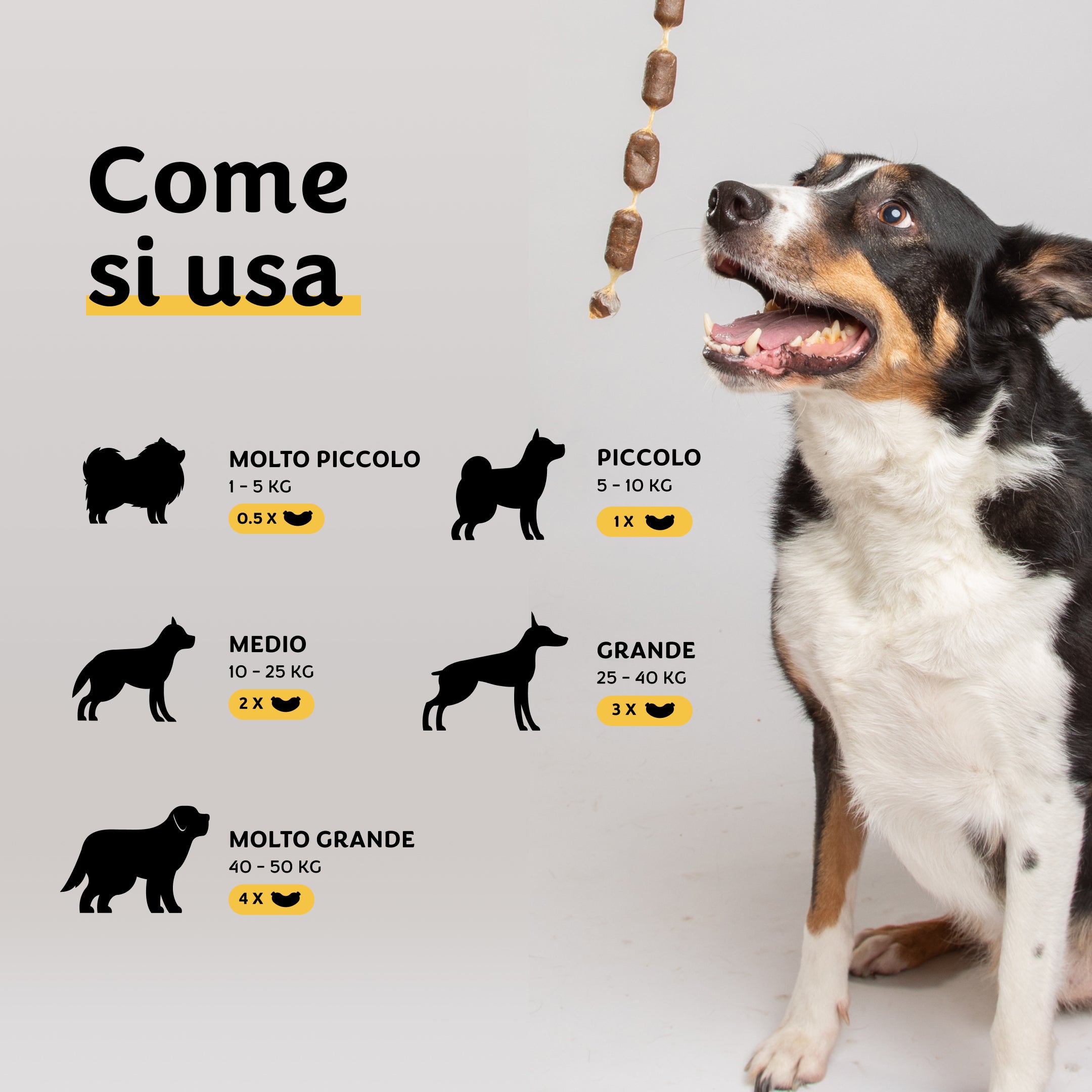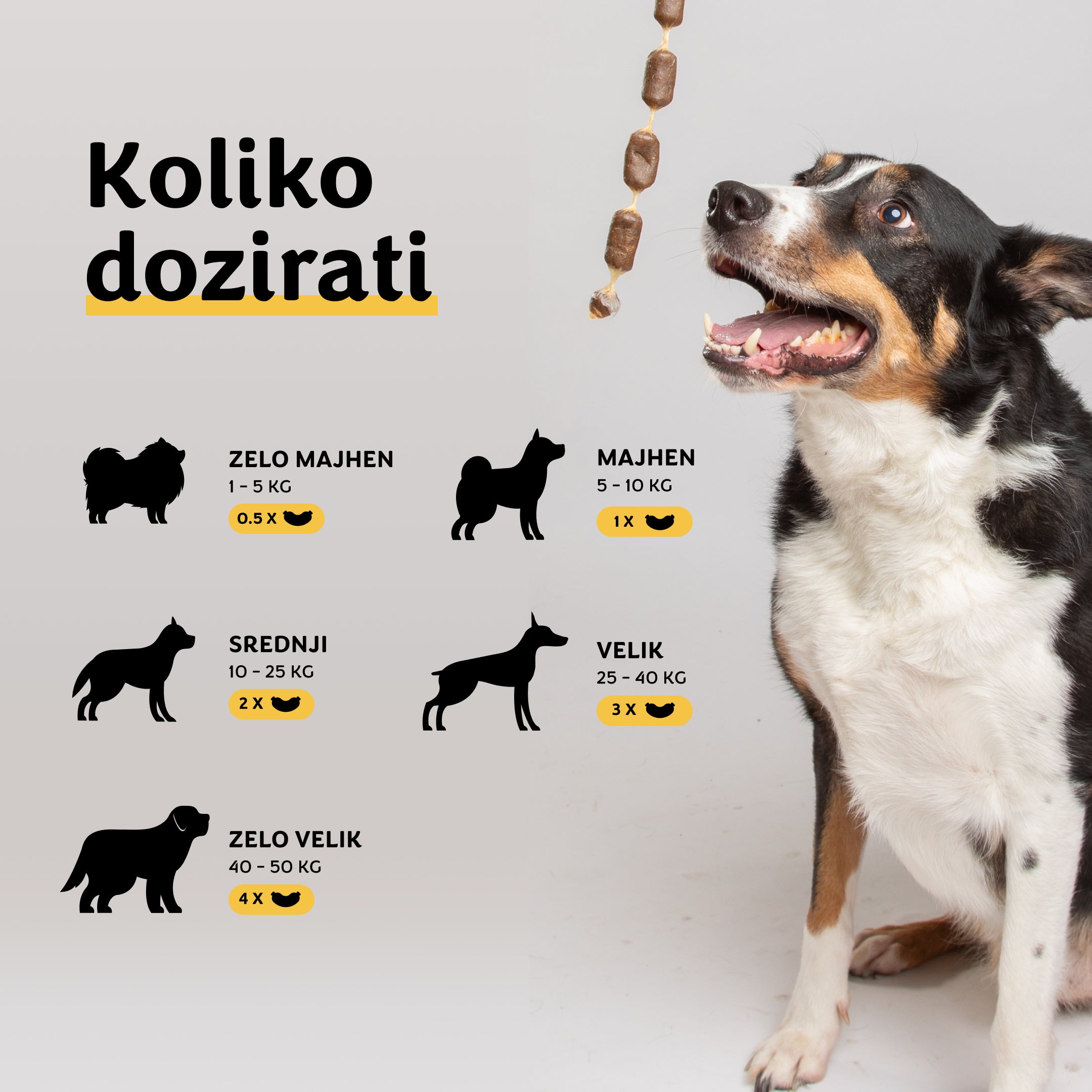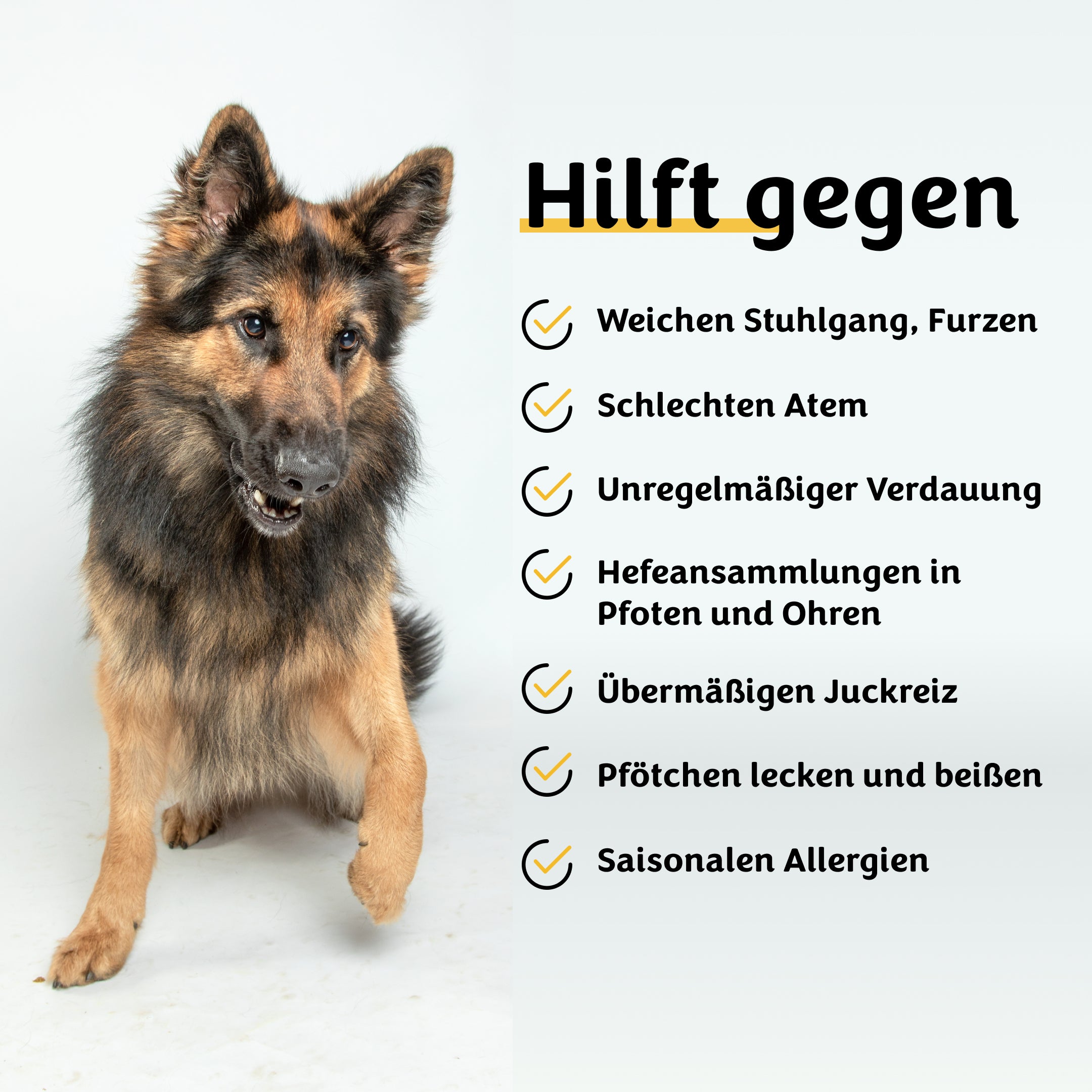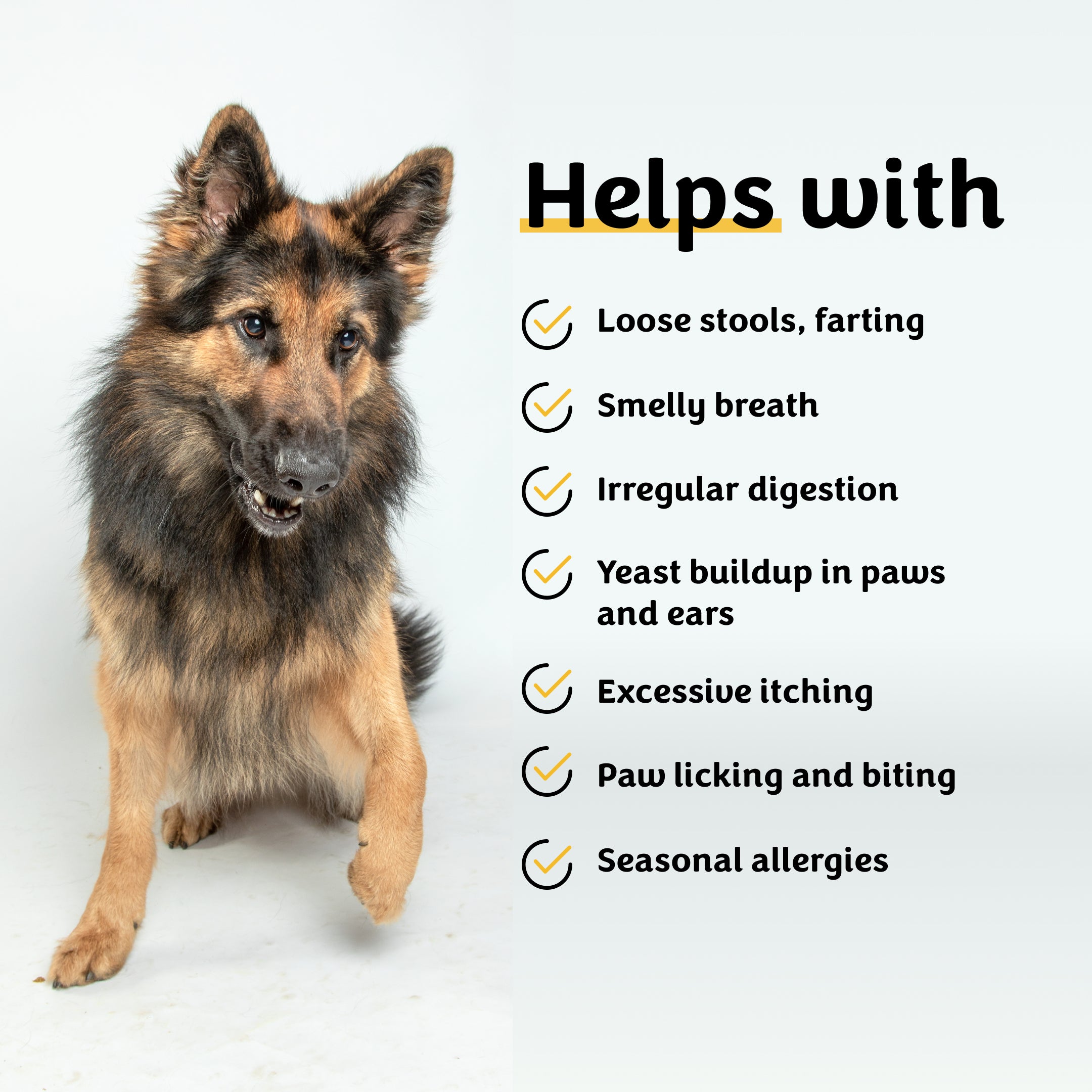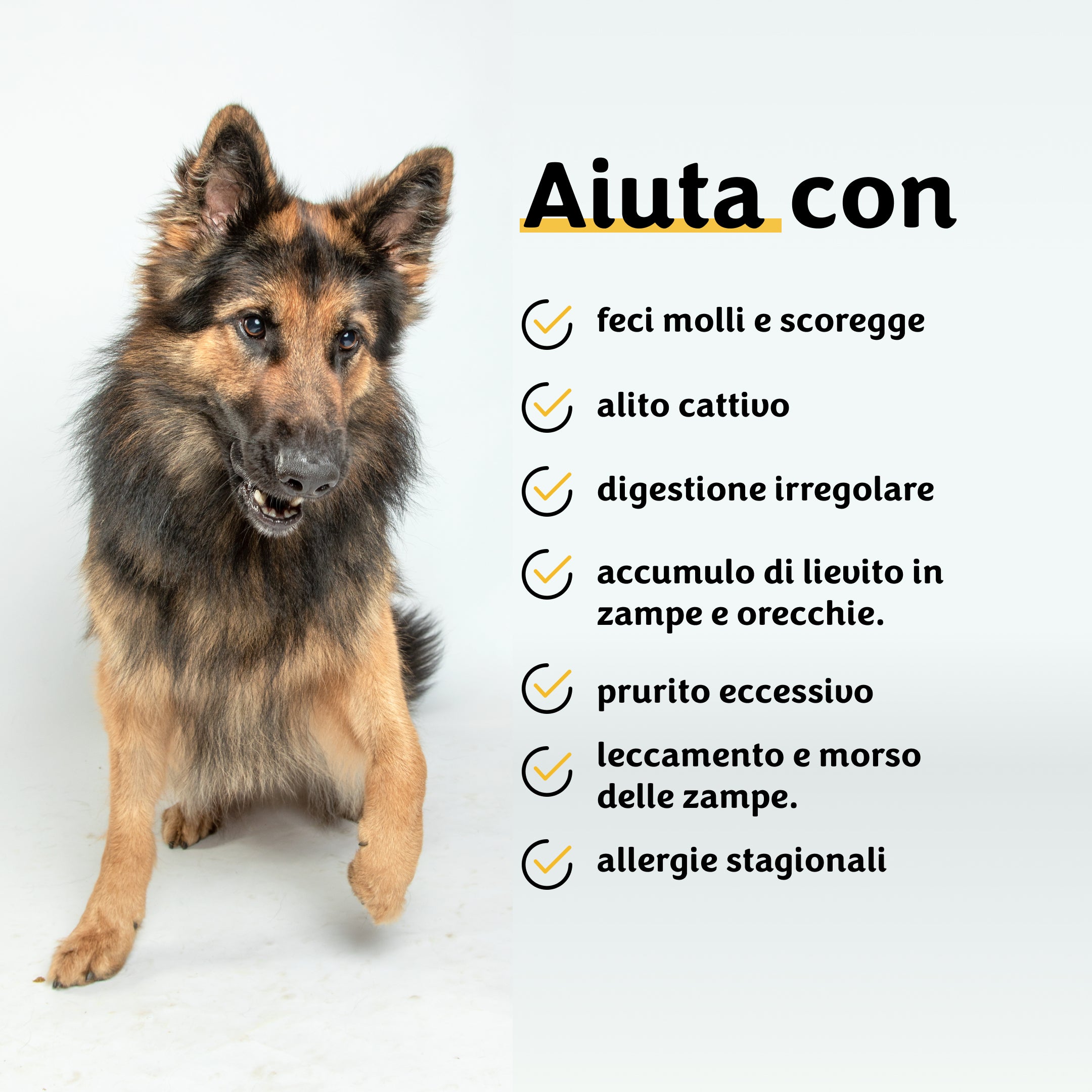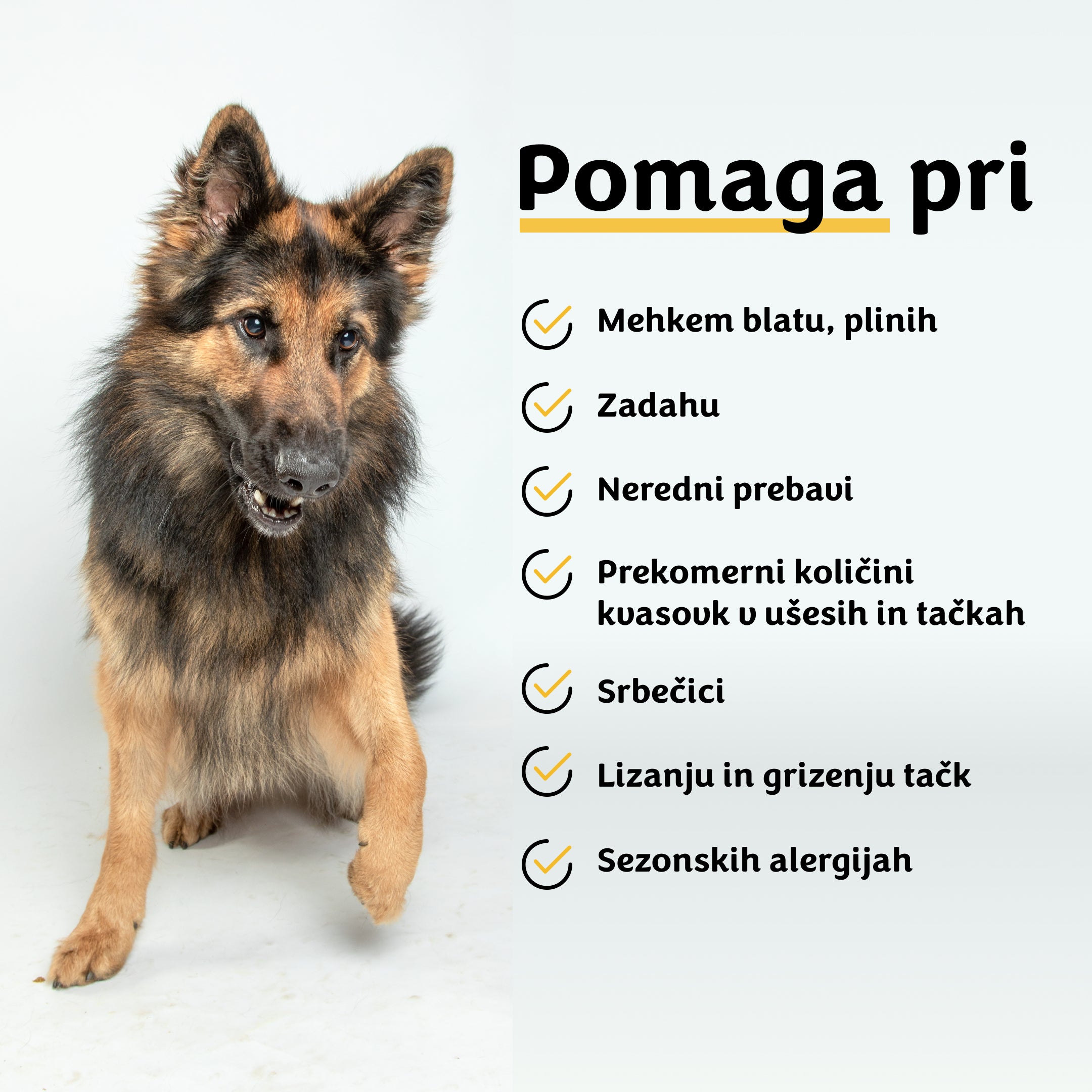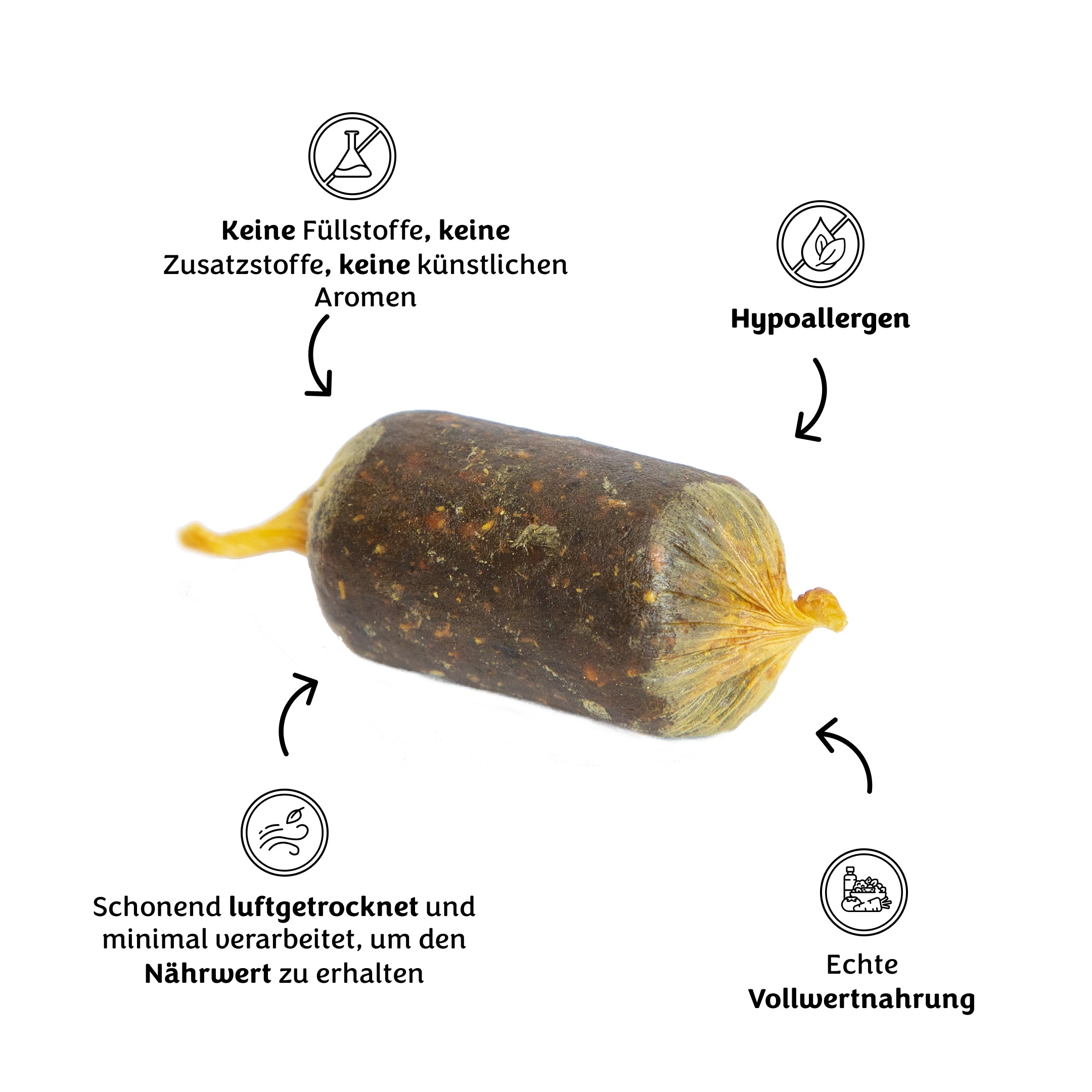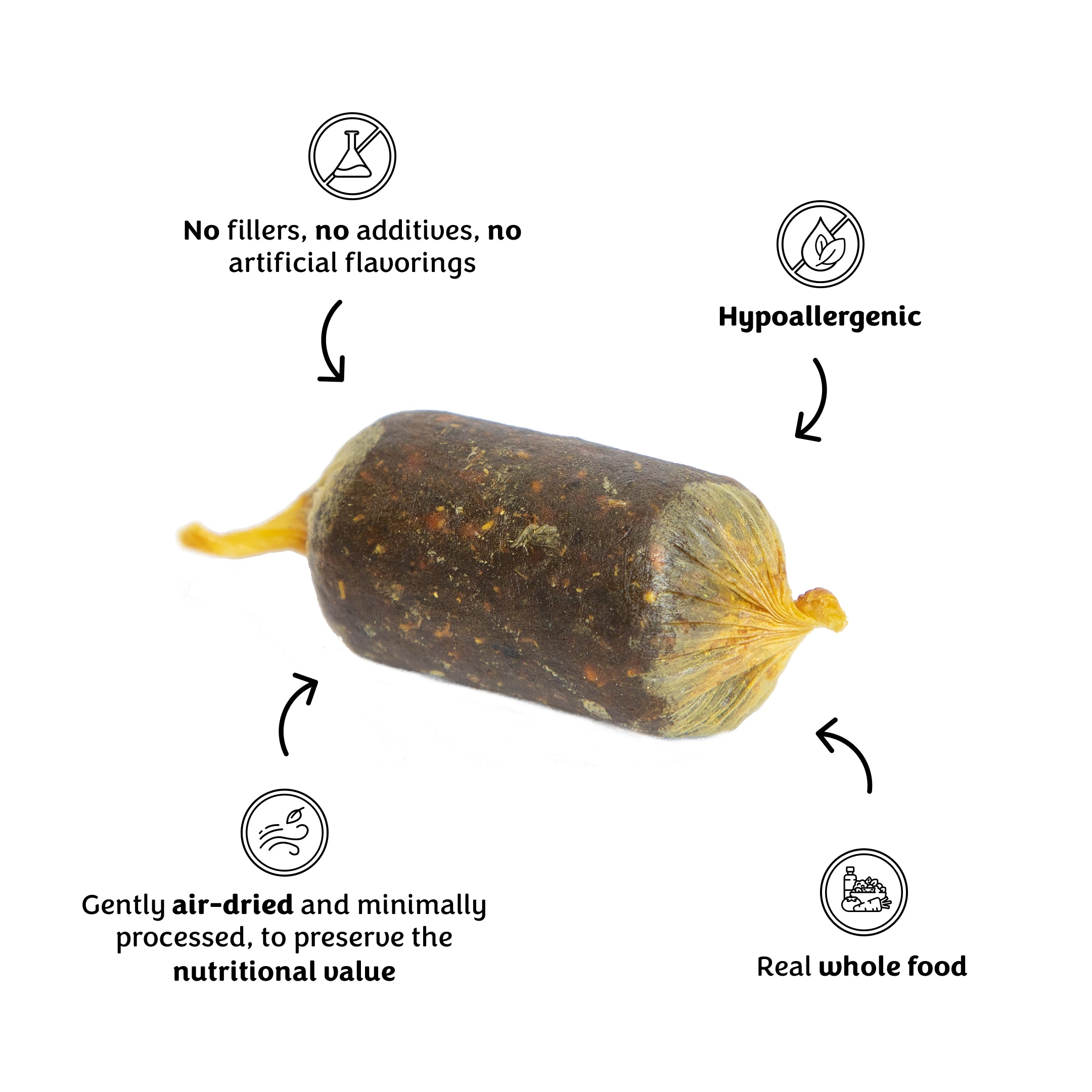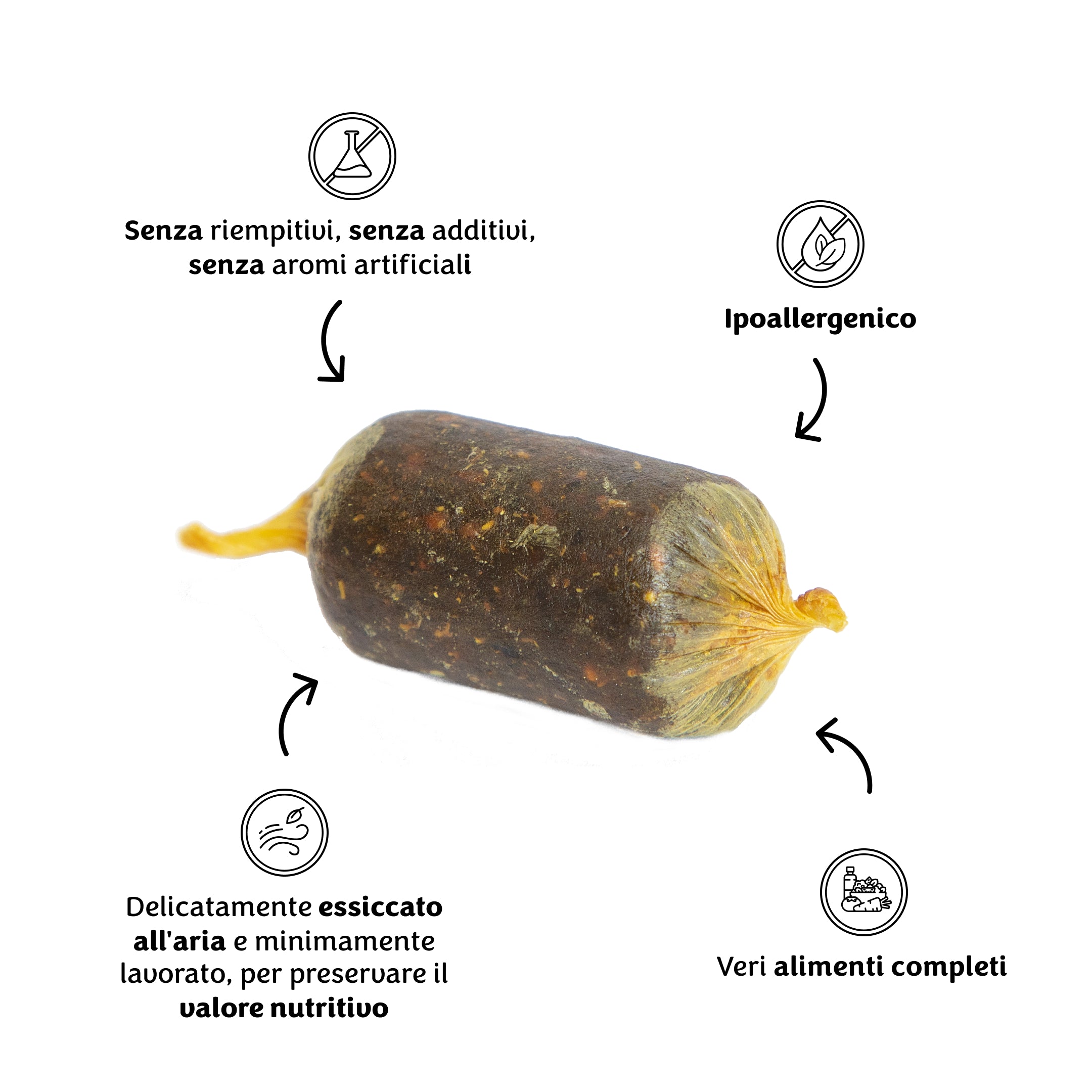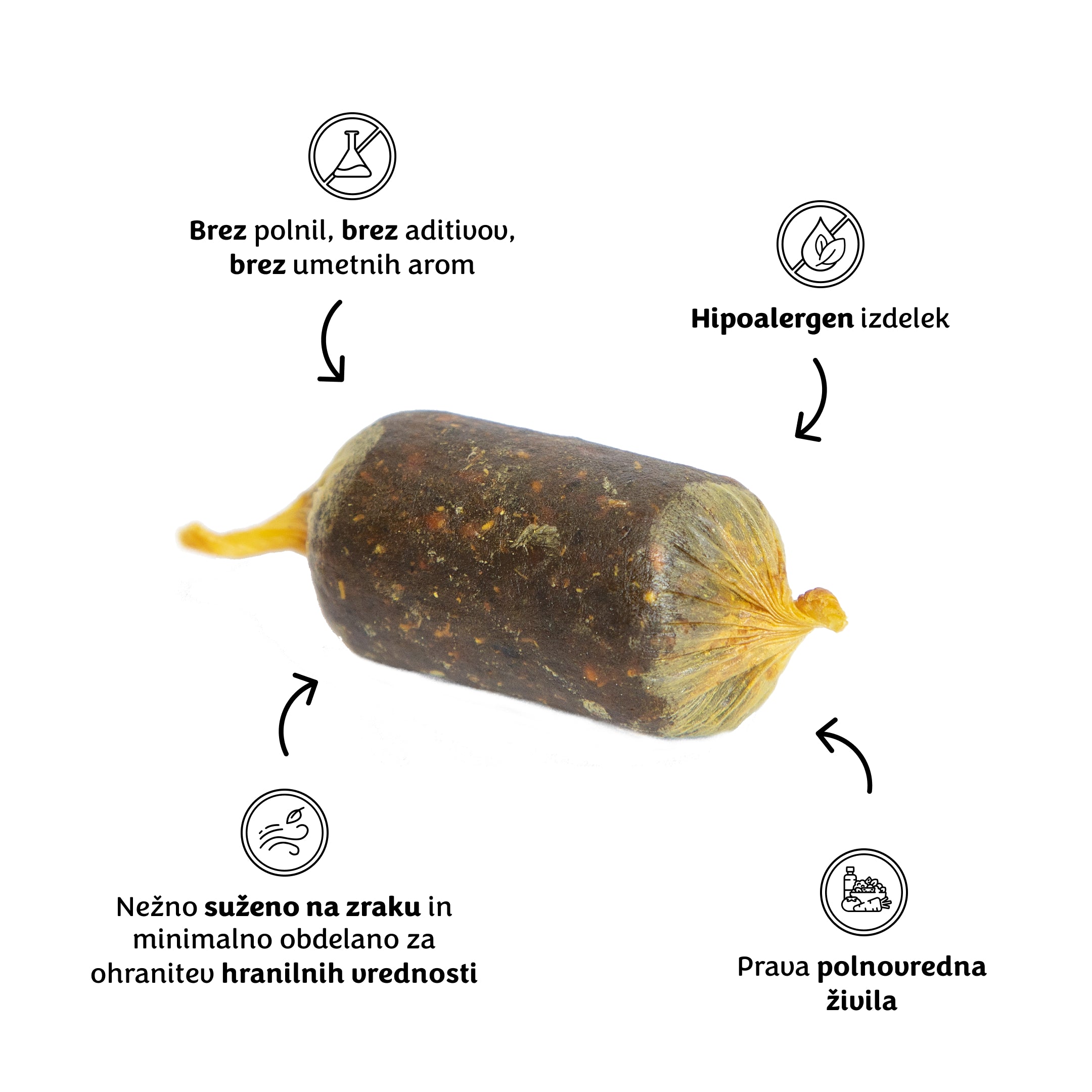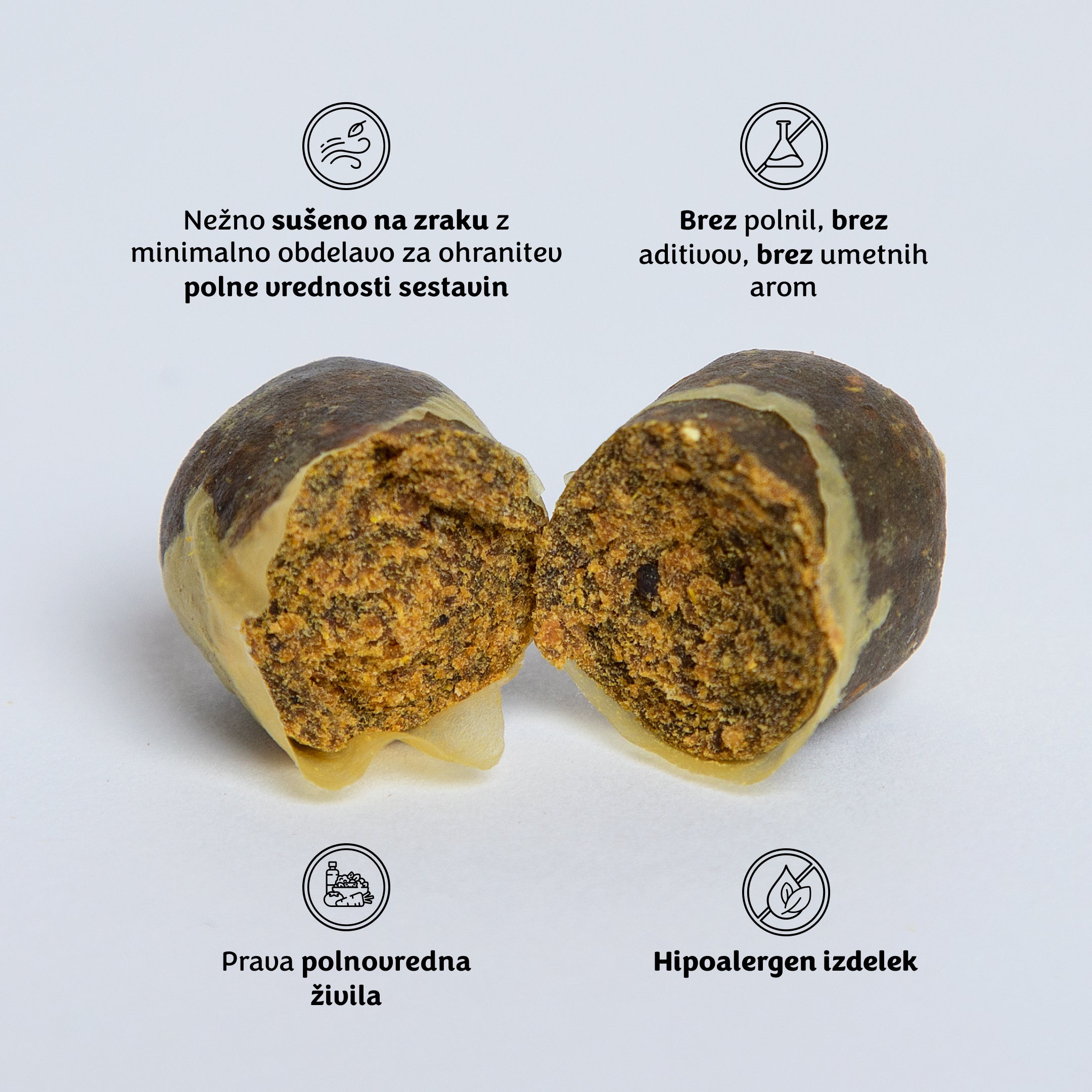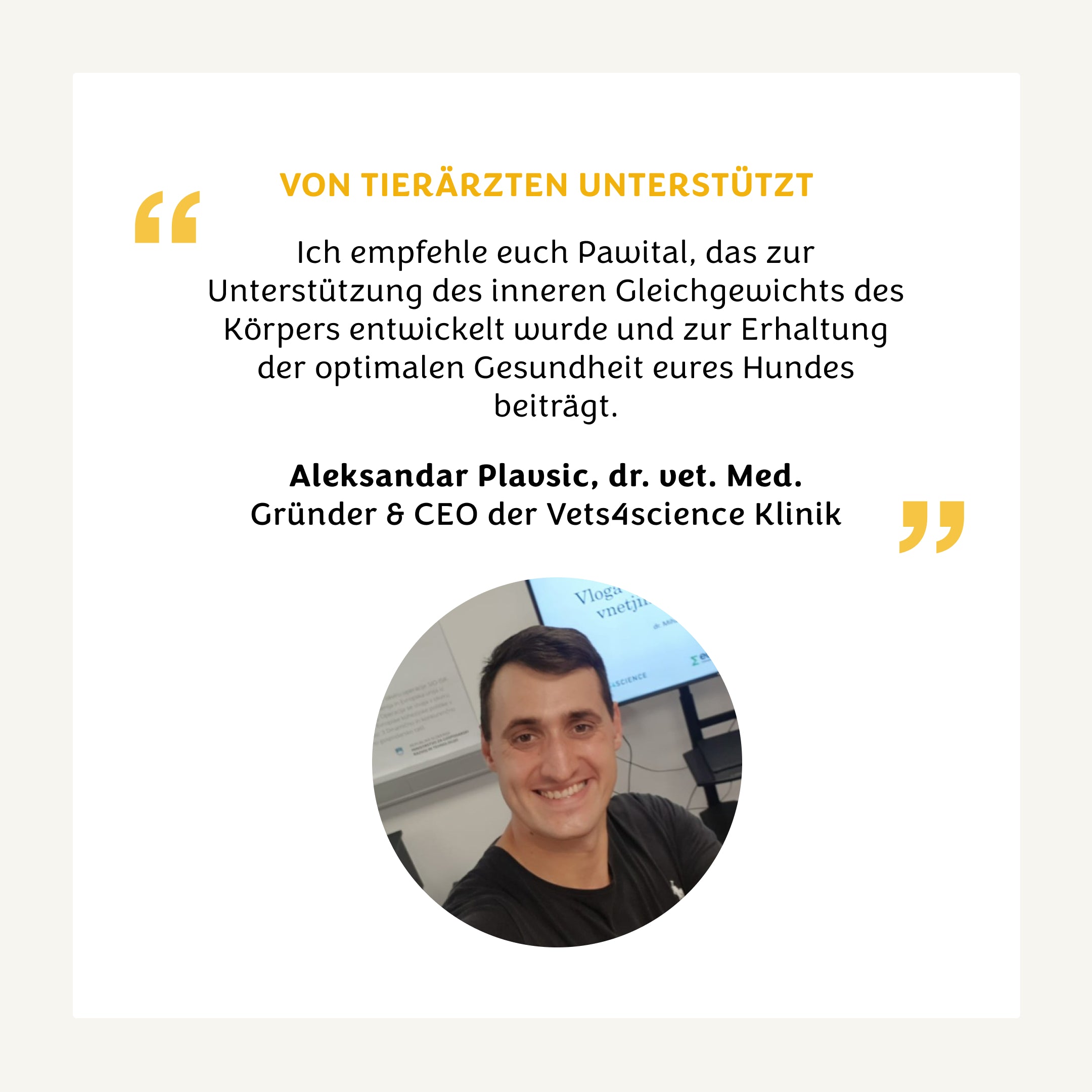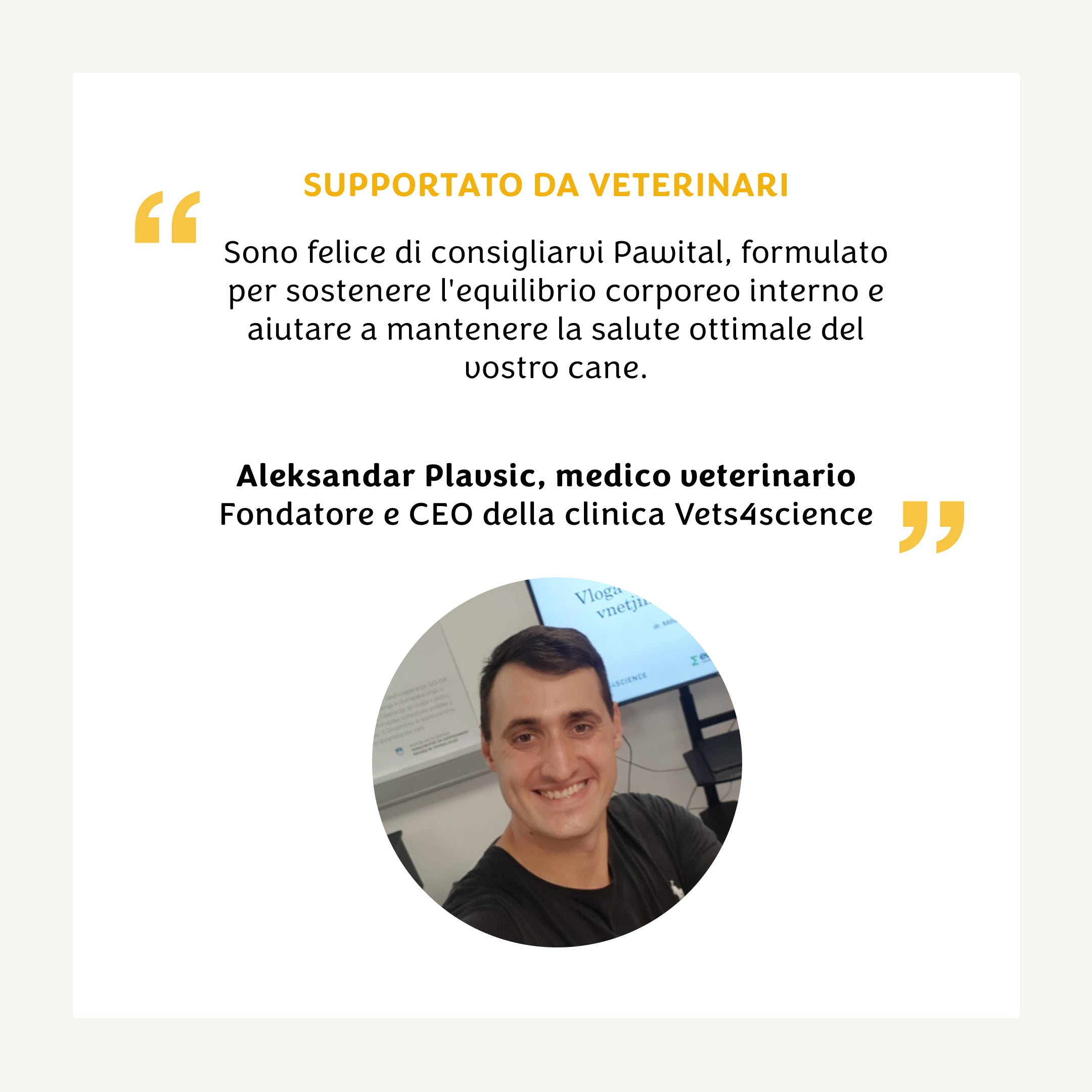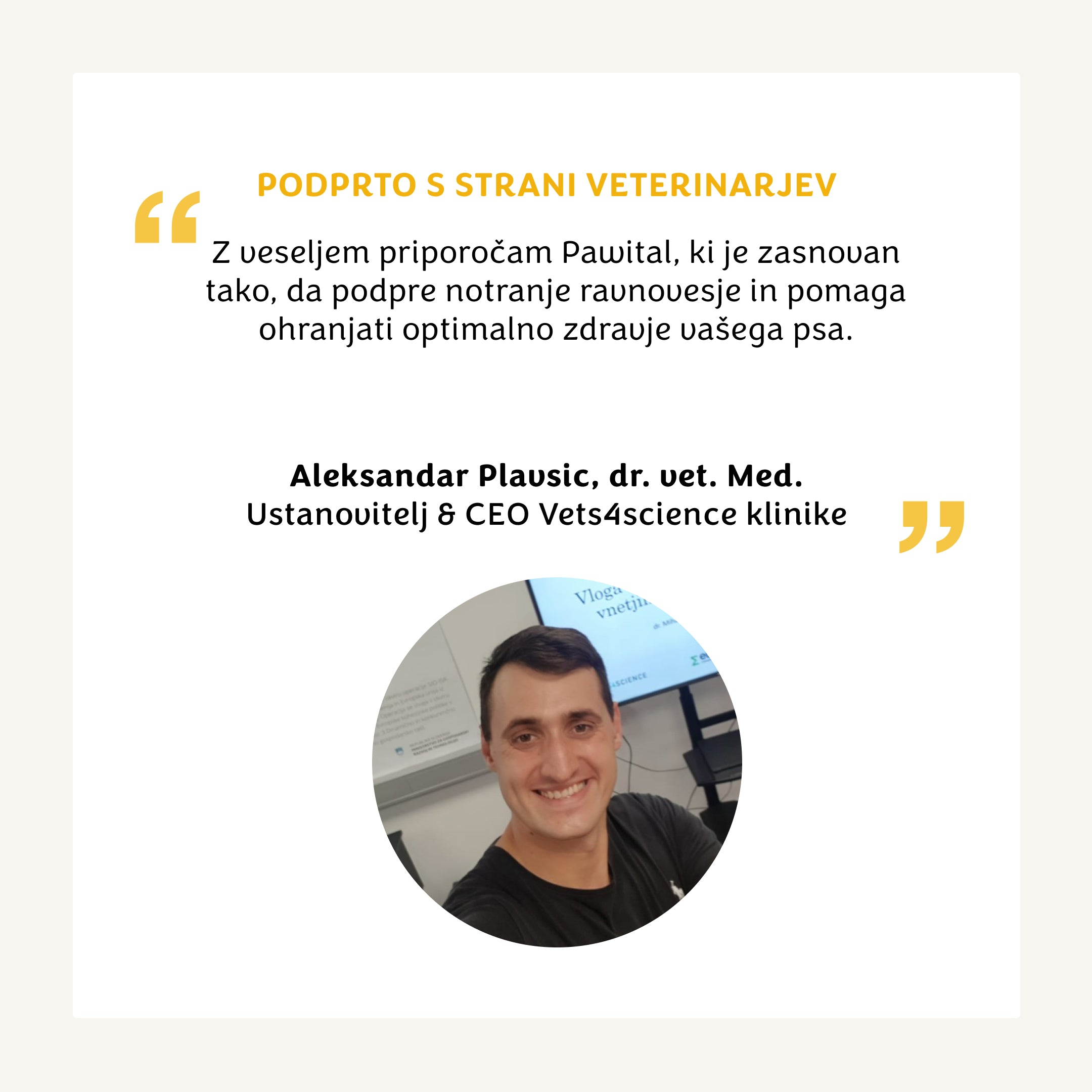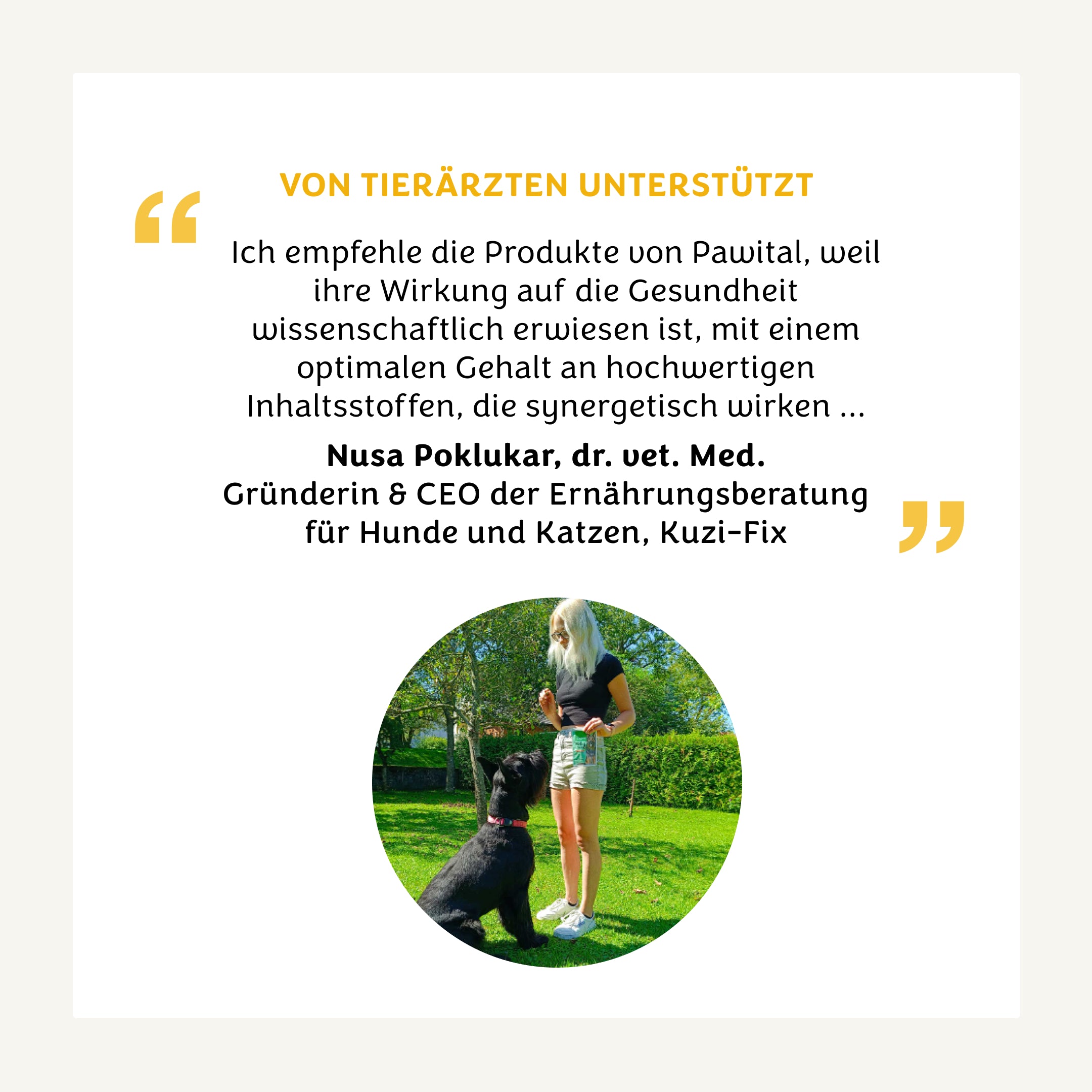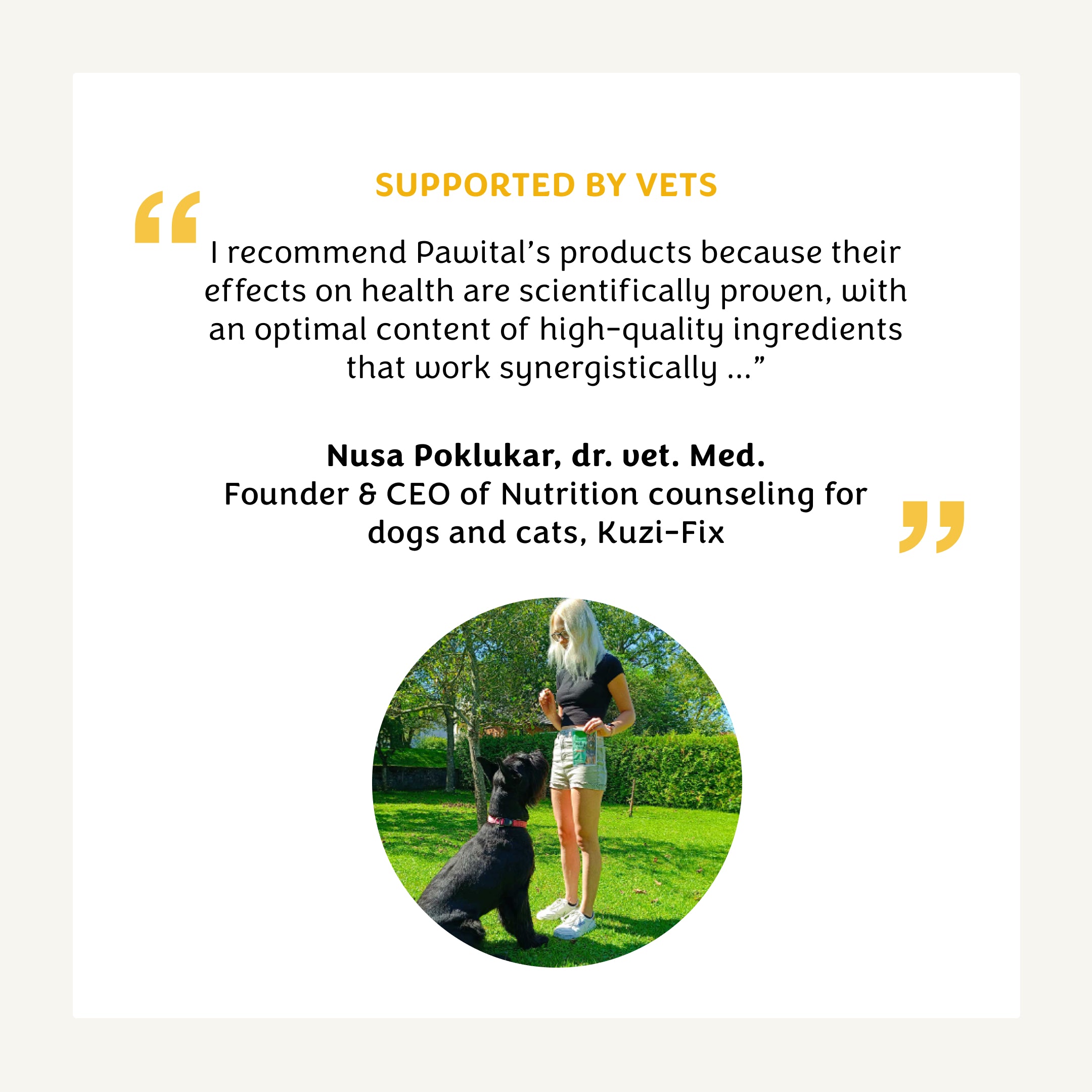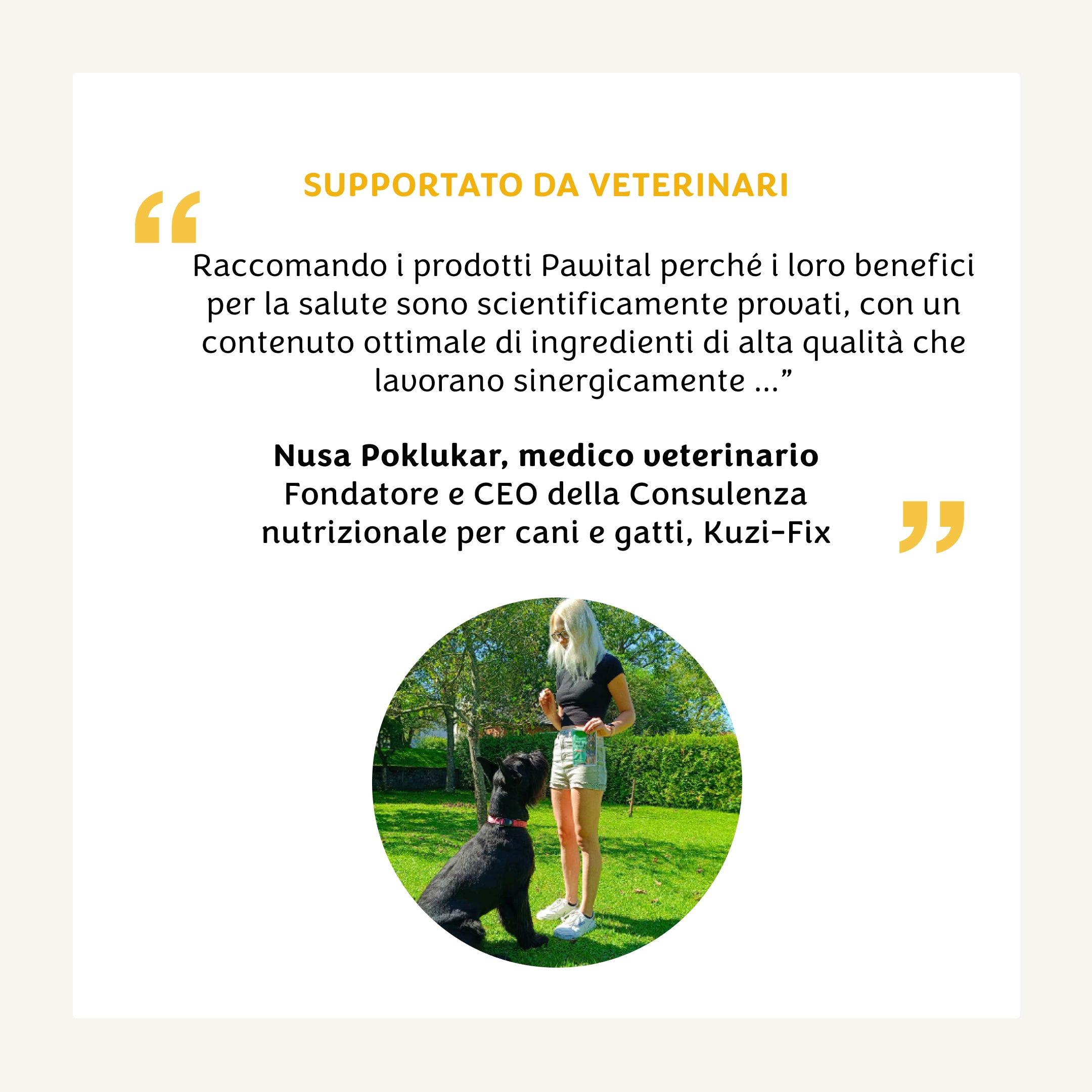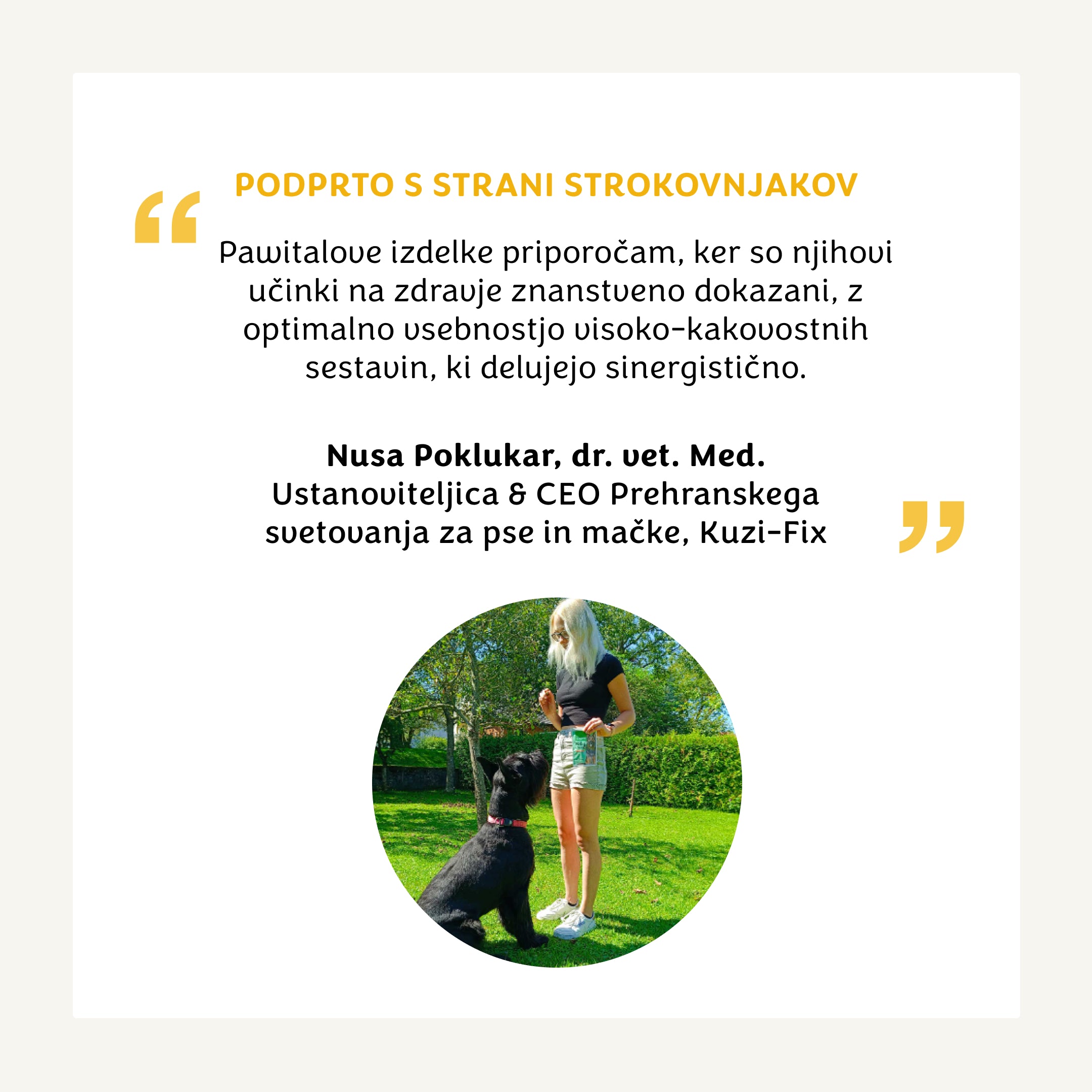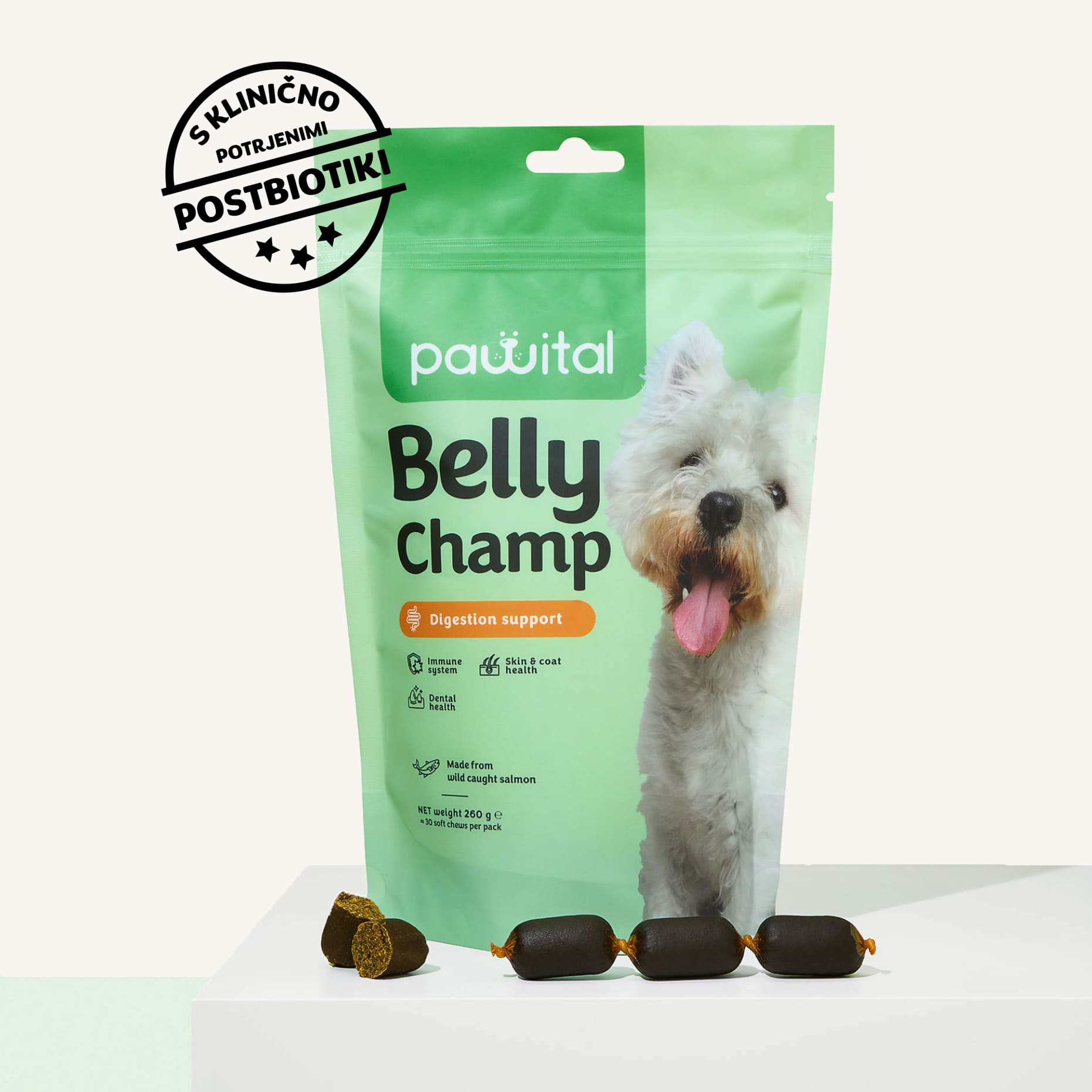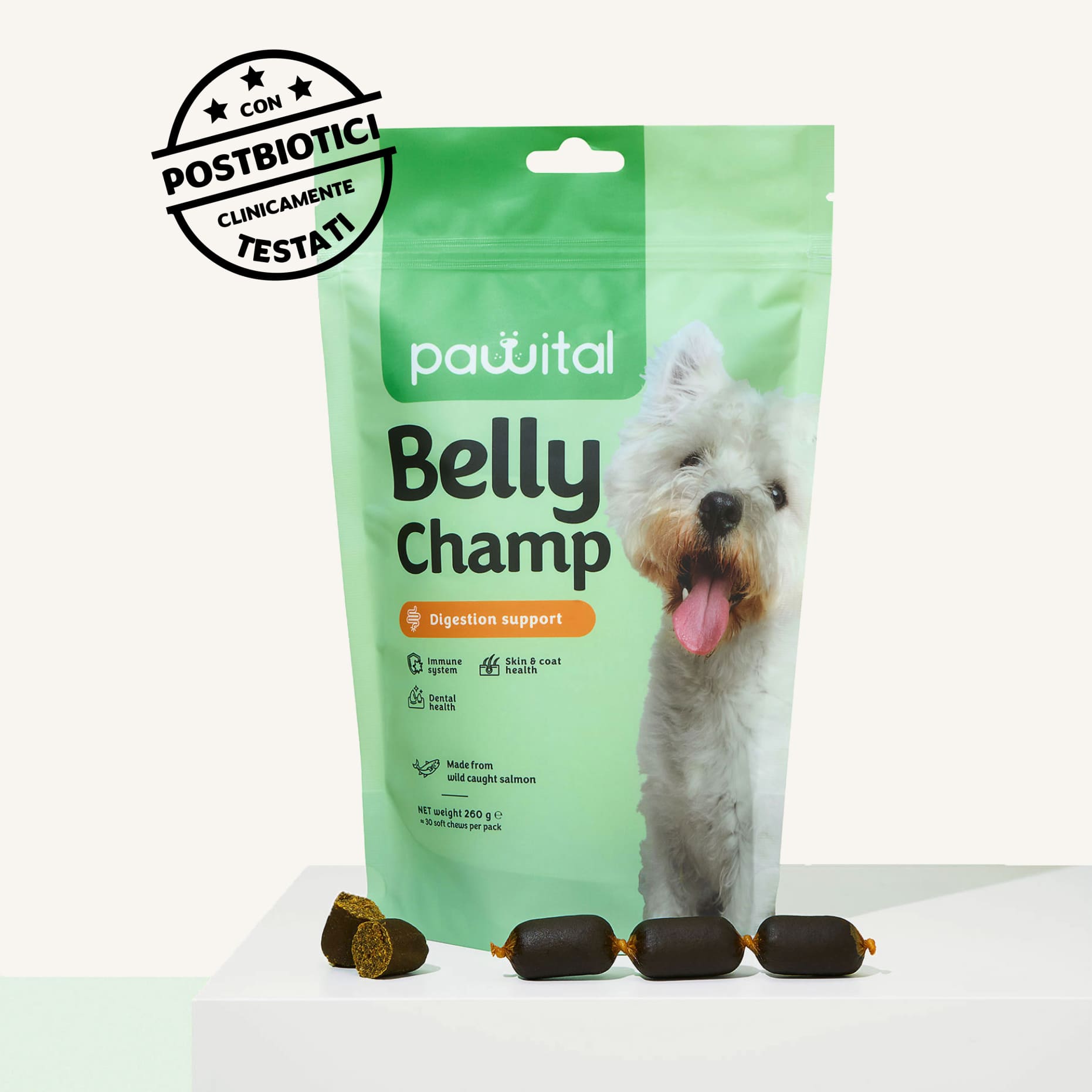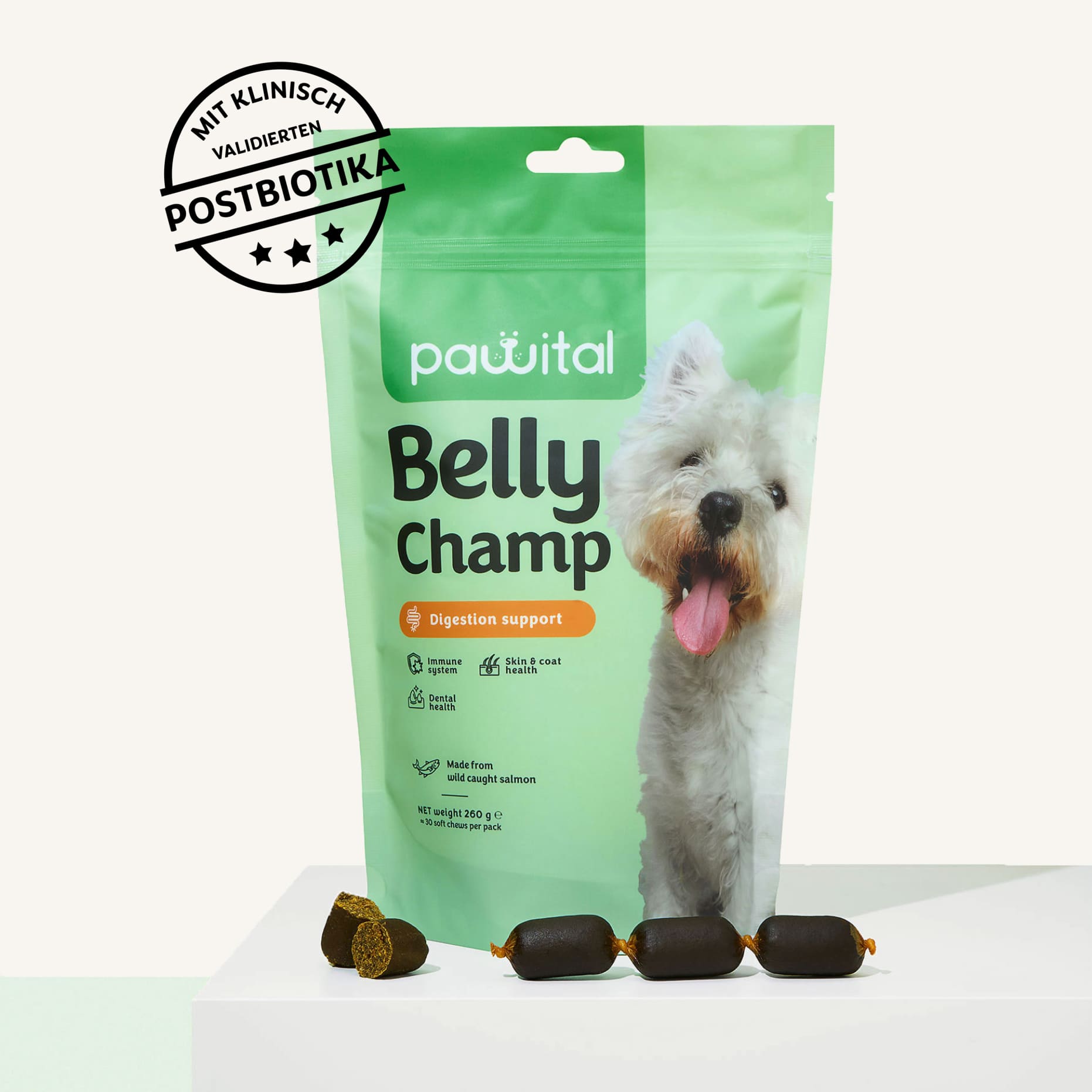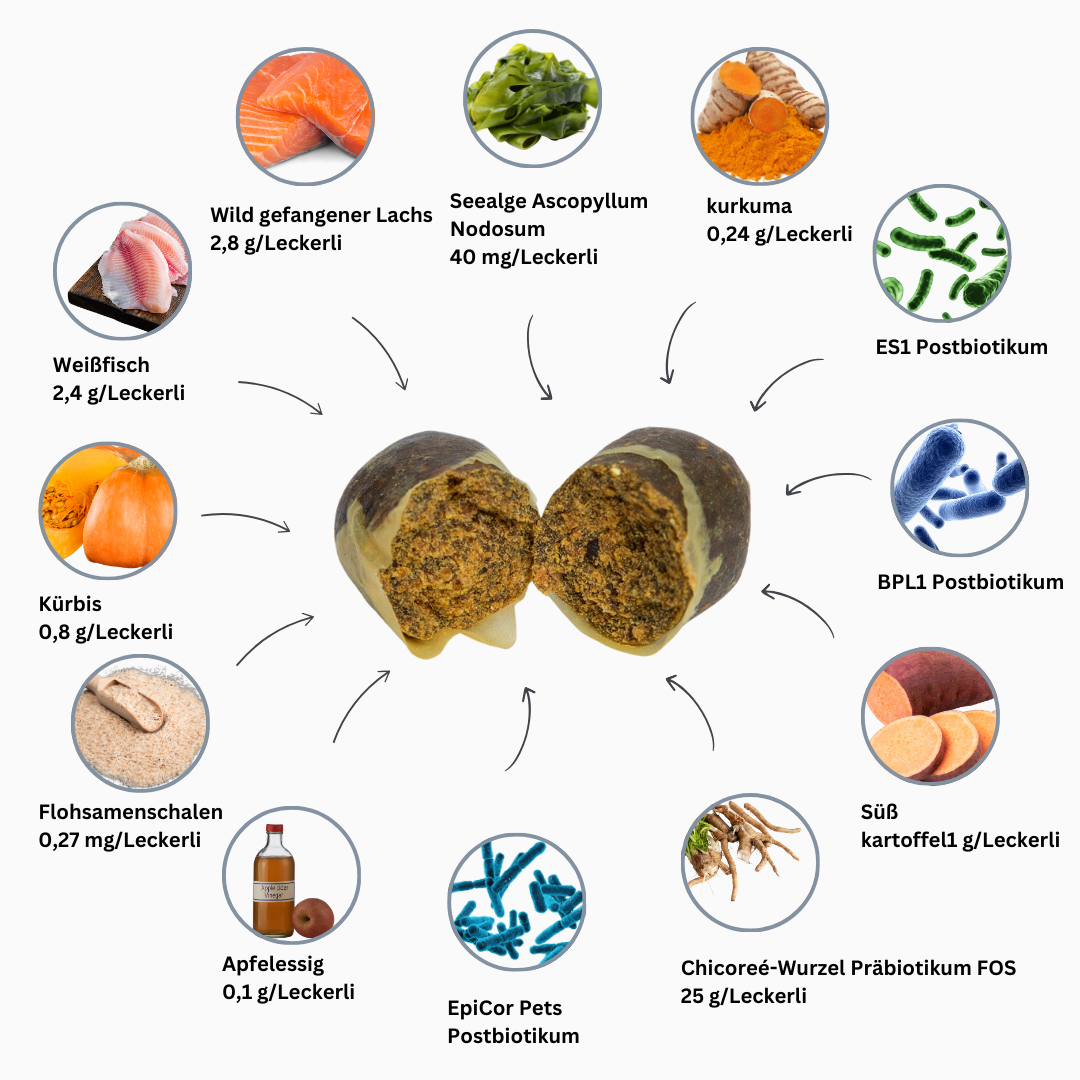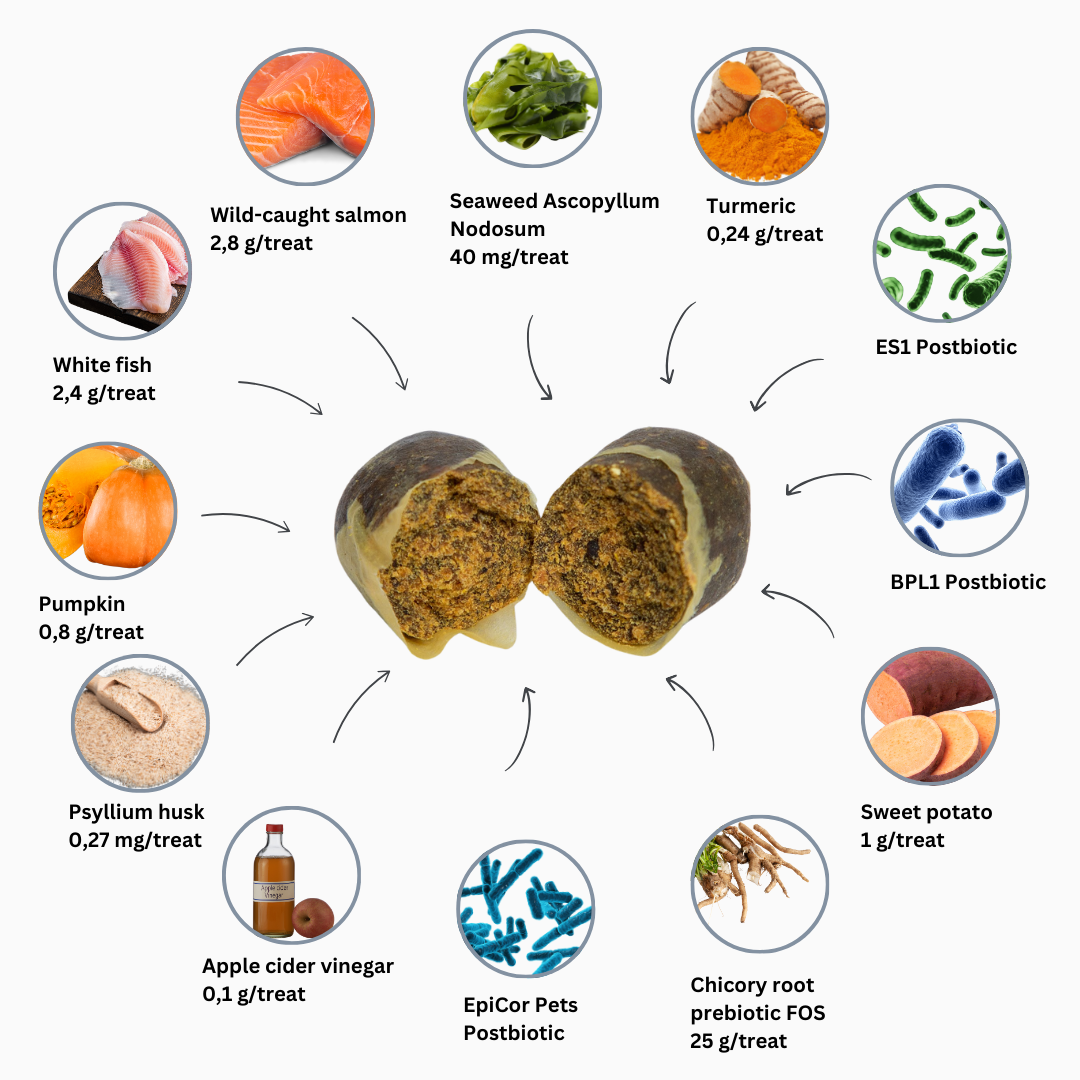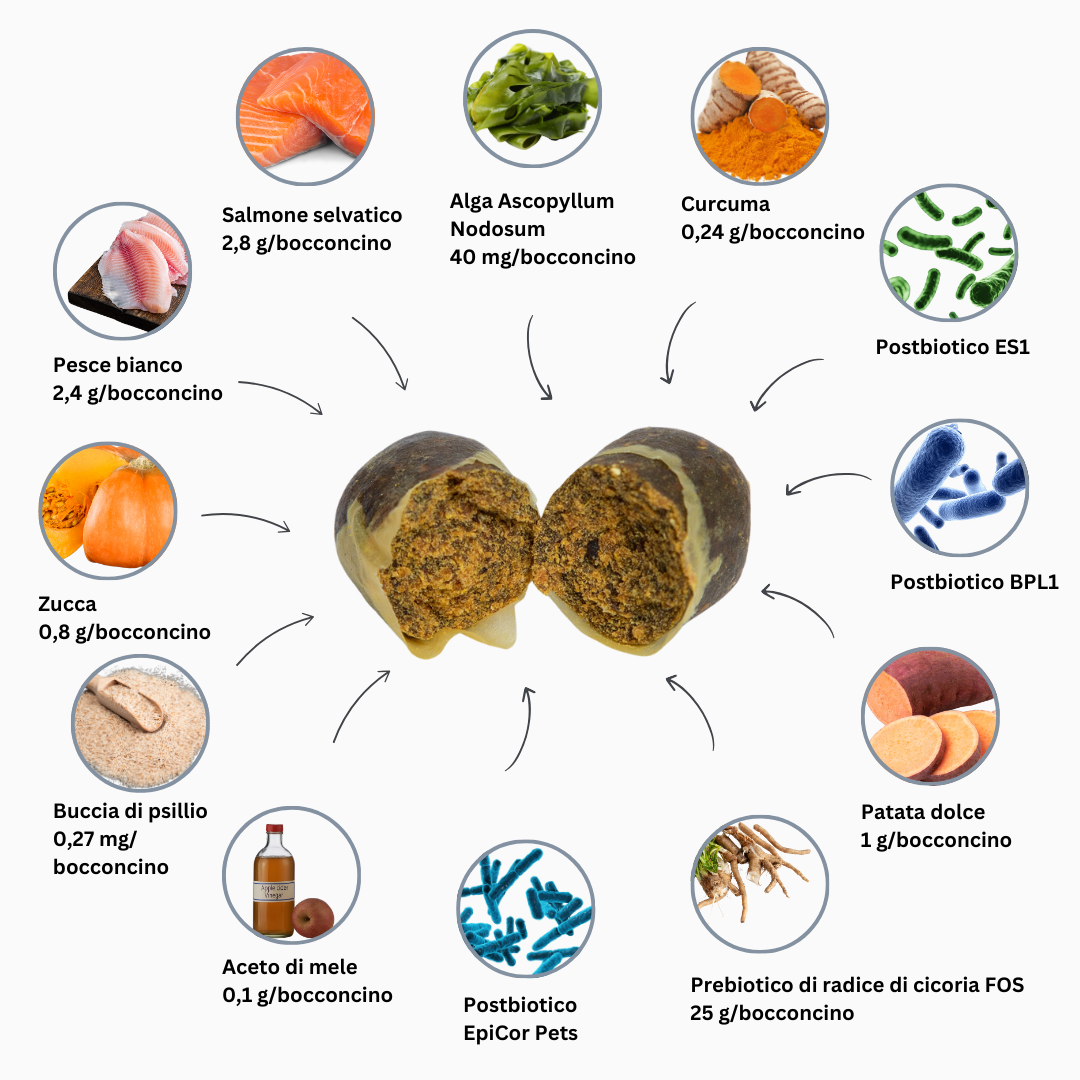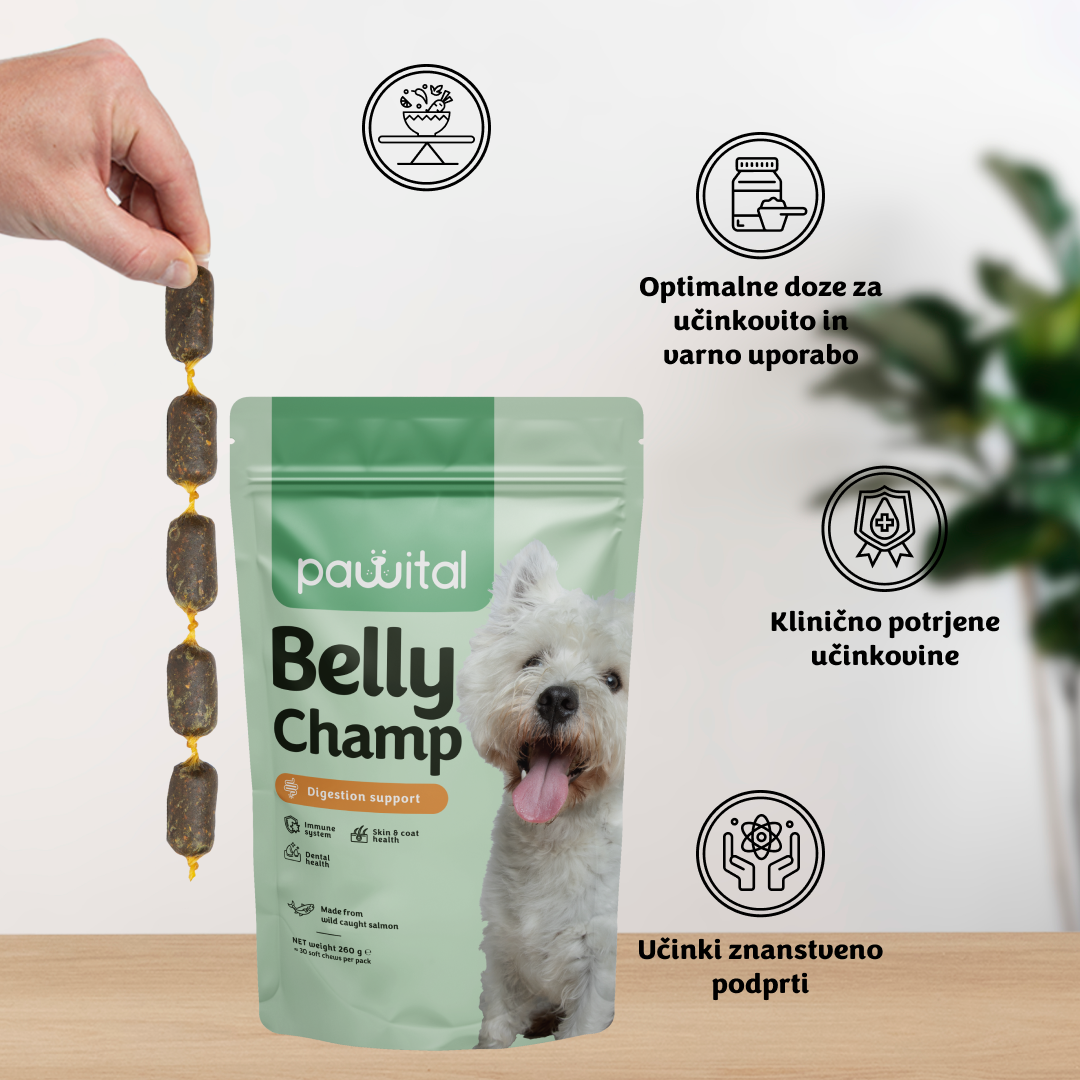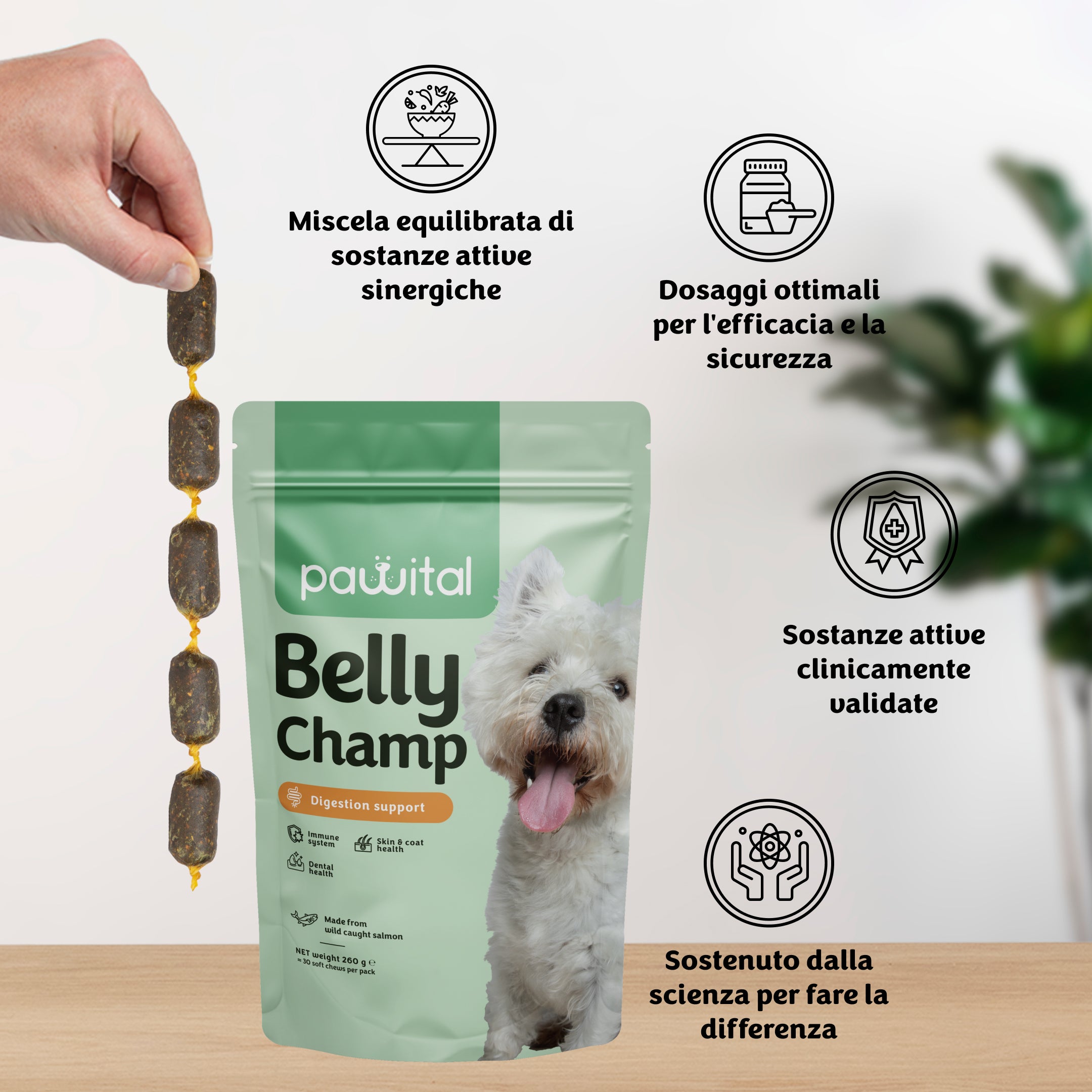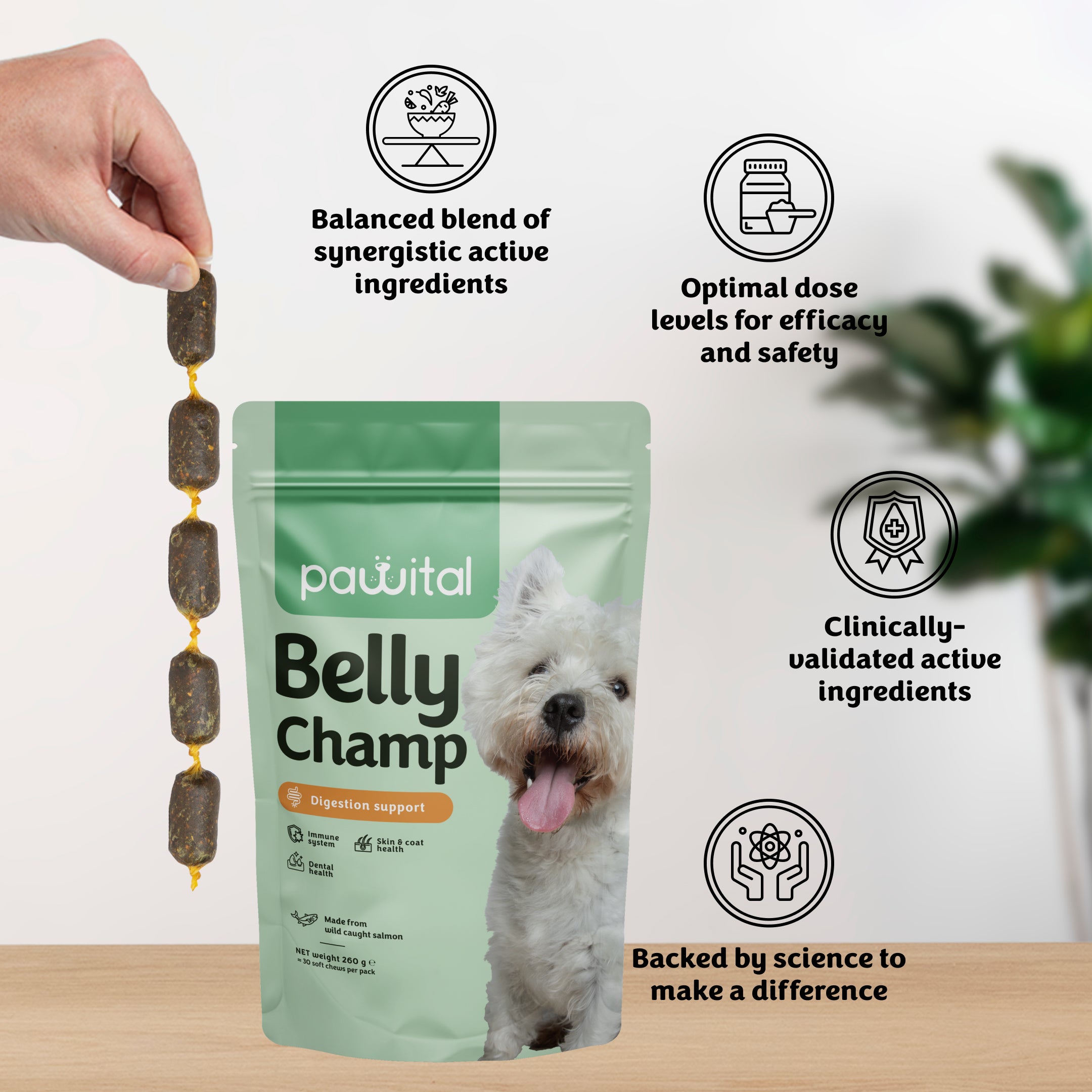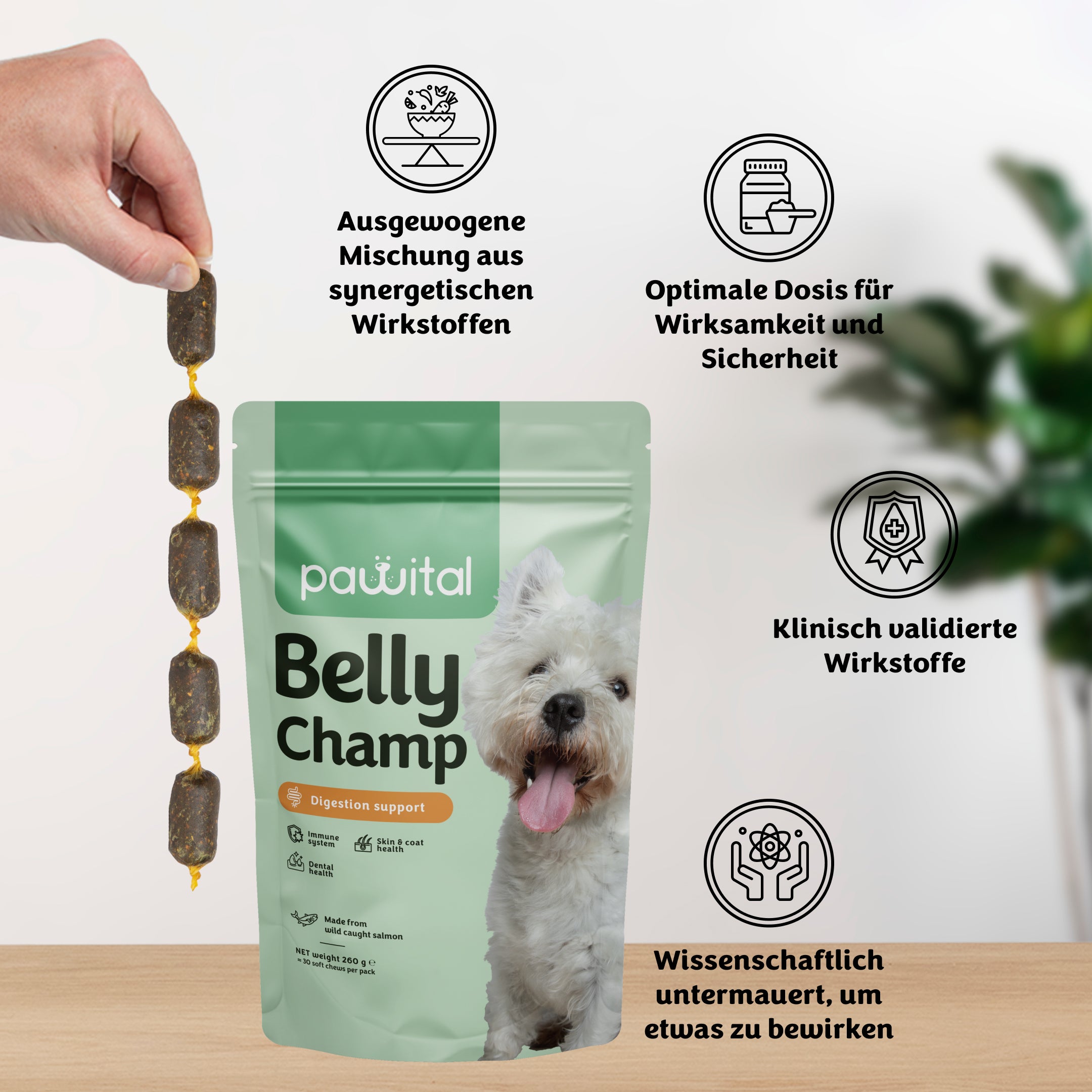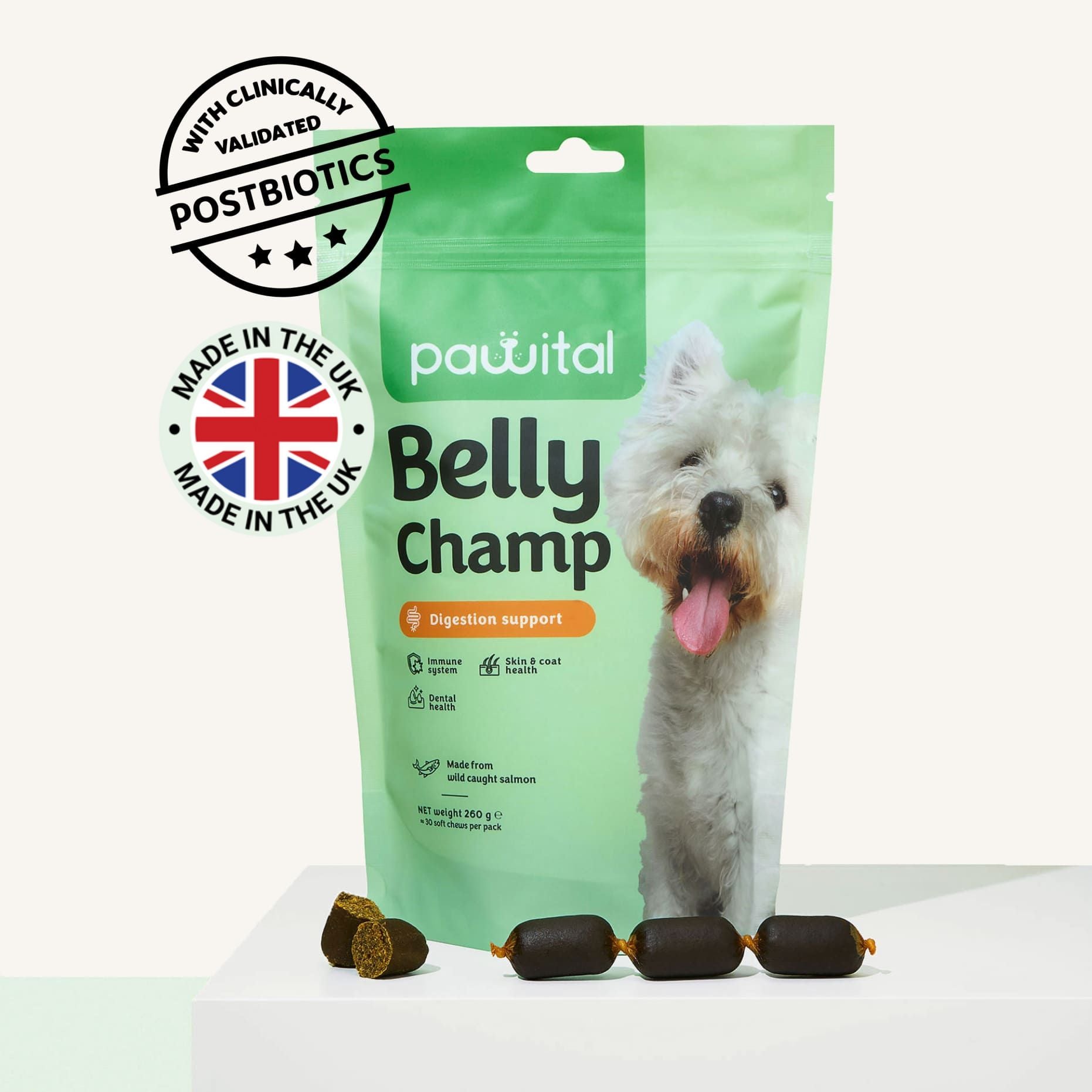Bathing your dog is an essential part of their grooming routine, but it can be a bit tricky to determine how often and in what way it should be done. This guide answers key questions about bathing dogs, from frequency and methods to products and special considerations.

How Often Should We Bathe Dogs?
The frequency of bathing depends on several factors, including the dog's breed, coat type, activity level, and overall health. Canine experts have different opinions on this one, some say the dog should only be bathed when it rolls around in a mud, but we all know how difficult it is to do that when the dog sleeps in your bed, right?
Generally rule of thumb says, dogs should be bathed once every month to three months. However, some dogs with oily coats or those who spend a lot of time outdoors may need more frequent baths, while dogs with dry skin or less active lifestyles might need them less often.
Bathing Frequency for Different Breeds
Different breeds have different grooming needs, including bathing frequency:
1. Short-Haired Breeds: These breeds generally require fewer baths, around once every 2-3 months.
2. Long-Haired Breeds: These breeds may need more frequent baths, about once a month, to keep their coat clean and free of tangles.
3. Double-Coated Breeds: Breeds like Huskies and German Shepherds typically need baths every 2-3 months, as their double coat can trap dirt but also protects their skin.

Is Age Relevant for How Often We Bathe Them?
Puppies usually require fewer baths than adult dogs. Bathing a puppy too frequently can strip their coat of natural oils and dry out their skin. It's generally recommended to bathe puppies every 3-4 weeks, but always consult with your vet for the best advice tailored to your puppy's specific needs.

I am Concerned I Bathe my Dog too Much
If you would ask your dog, you do too much baths any way you put it. But over-bathing can indeed lead to several issues, but the good news is that it's easy to avoid these problems with a little knowledge and careful observation. Here are some signs you might be bathing your dog too much:
- Dry, Flaky Skin: One of the first signs of over-bathing is dry, flaky skin. Bathing too frequently can strip the natural oils from your dog's coat, which are essential for keeping their skin moisturized and healthy.
- Itchy Skin: If your dog is scratching more than usual, it could be a sign that their skin is irritated from too much bathing.
- Dull Coat: Natural oils give your dog's coat a healthy shine. If your dog's coat looks dull or lifeless, it might be due to over-bathing.
- Increased Shedding: Excessive shedding can occur if the skin becomes dry and the hair follicles are not properly nourished.
- Redness or Irritation: Visible redness or irritation on your dog's skin can indicate that they are being bathed too often.
Remember, bathing is just one part of your dog's grooming routine. Brushing, ear cleaning, nail trimming, and dental care are also crucial for maintaining your dog's overall health. By balancing all these aspects, you can reduce the need for frequent baths and keep your dog comfortable and healthy.

What is the Best Way to Bathe a Dog?
1. Preparation: Brush your dog's coat to remove tangles and loose fur.
2. Water Temperature: Use lukewarm water, as dogs are sensitive to temperature.
3. Wet the Coat: Thoroughly wet your dog's coat, avoiding the eyes and ears.
4. Shampoo: Apply a dog-specific shampoo, lathering it gently into the coat.
5. Rinse: Rinse thoroughly to remove all shampoo residue. But we men THOROUGHLY! It takes a lot of time, but it is good on the end. Sometimes itchiness and dandruff are a result of too much shampoo residue on the skin and coat.
6. Conditioner: Use a conditioner if needed and rinse this good as well.
7. Dry: Towel dry or use a dryer on a low setting.
8. Oiling the coat: A bit of oil we've just stripped off the coat is good for them. Try coconut oil, just a tiny amount of it and massage the dog thoroughly. Oil of black cumin is also advised, it also serve as a mild anti tick repellent.
9. Reapply anti-parasitic: Apply anti-parasitic again if needed. The bath stripped away most of it's residues. But be sure to consult your vet about it first.

How to Handle a Dog That Hates Baths
You thought you'll put a dog under the shower and they'll just obey, right? Some dogs give in easily, we know. For other more sensitive types with a strong fight or flight response, we have to be with a sleeve full of tricks. Here are some tips to make bath time easier:
1. Start Slow: Introduce your dog to the bath area gradually without water. Before we bathed our dogs, we spent weeks in the bathroom just playing, first on the floor, than in the bath.
2. Positive Reinforcement: Use treats, praise, and toys to create a positive association with bath time. Then slowly add water, but first time not on them.
3. Gentle Handling: Like with all stressful things, you have to be the rule of how we behave in certain situations because the dog always seeks out advice from your body posture first. Be calm and gentle to avoid increasing your dog's anxiety.
4. Use a Non-Slip Mat: This can prevent your dog from slipping and feeling insecure. You don't need to go out to buy something special, a regular bathroom mat you can dry off later on will do for starters.
5. Seek Professional Help: If bathing is too stressful, consider using a professional groomer.
How to Bathe a Dog with Special Needs
Dogs with special needs, such as senior dogs or those with health conditions, may require extra care during bath time.
1. Consult Your Vet: Always get specific instructions from your vet.
2. Use Support: For dogs with mobility issues, use a bathing sling or a helper to support them.
3. Warm Environment: Keep the bathing area warm to prevent discomfort, especially for older dogs.
4. Gentle Products: Use mild, hypoallergenic shampoos suitable for sensitive skin.

What Should We Be Careful for When We Bathe Them?
Ears: Keep water and shampoo out of the ears to prevent infections.
Eyes: Avoid getting shampoo in their eyes.
Skin Irritations: Check for any signs of skin irritation during and after the bath.
Should We Leave the Dog to Air Dry or Is It Better to Use Driers?
Air Drying is suitable for dogs with short coats or in warm weather. However, it can take longer and may leave the dog feeling damp and cold. It is also more gentle on the coat that stays shinier and healthier without heat damage. But be sure you dry them off with a towel thoroughly and brush them in the direction you want the hair to stay in. Beware, dogs like to dry off themselves on utmost inappropriate places - like your bed or couch. They will naturally want to do this to regain the scent they've just lost. A towel and a firm "go to your place" will come handy in these situations.

A dog-specific dryer on a low setting is ideal. Avoid using a human hairdryer on high heat as it can burn their skin. Dog specific dryerst are also stronger which is better for two reasons: quick drying time and deshedding function. By drying them out you can also assure you dry their hair in the direction you want it to stay in.
Is Bathing Them the Only Way to Make Their Coat Shiny?
No, bathing alone will not make a dog's coat shiny. On the contrary, bathing can strip the natural oils and dry out the skin. To achieve a shiny coat, use conditioner and oils after bathing. Also, ensure your dog has a proper diet that includes essential oils and supplements like Belly Champ. Omega fatty acids are key. Additionally, you should brush your dog often to distribute the natural oils throughout the coat.

Bathing and Shedding
Regular baths can help manage shedding by removing loose fur and dander. Follow these tips for effective management:
- Brush before bathing: This helps remove loose hair.
- Use de-shedding shampoos: These can help reduce shedding.
- Use dog-specific de-shedding air dryers: The power of these tools can help dry your dog's fur and reduce shedding.
- Regular grooming: Consistent grooming routines can help control shedding. 10 minutes of brushing a day with a proper brush is better than once a month.

Why Do Dogs Like to Get Dirty Right After Bathing?
Dogs often roll in the dirt right after a bath for several reasons:
- Scent Camouflage: Instinctually, dogs may roll in the dirt to mask their scent. In the wild, this behavior could help them avoid predators.
- Marking Territory: Dogs have scent glands and may roll to leave their scent in a particular area.
- Discomfort: Sometimes, dogs find the smell of shampoos or the feeling of being clean unfamiliar and try to return to their natural scent.
- Playfulness: Rolling around can be a sign of joy and playfulness, expressing their happiness after a bath.
- Anxiety-relief: But sometimes "playfulness" is actually anxiety. It's like zoomies when they are overly excited. They just have to relieve this energy.
All in all, best practice is to let them roll on their bed to regain their natural scent at least a little, but when taking walks, we usually have them on the leash all the time for the first week or so to prevent them from rolling in some stinky dead animal carcass or simillar.

Dog Shampoos: Protein vs. Hydration and what ingredients are harmful for your dog's coat
When choosing a dog shampoo, understanding the ingredients can help you select the best product for your dog's specific coat needs. Here's a breakdown of ingredients that give more protein to the hair and those that improve hydration.
How to Determine if Your Dog's Coat Needs More Hydration or Protein
Assessing your dog's coat condition can help you decide whether to focus on hydration or protein in their grooming routine. But it's hard for humans, for dogs even more since most of them have different types of hair all over their coat.
Signs Your Dog's Coat Needs More Hydration
- Dry, Flaky Skin: If your dog's skin appears dry or flaky, their coat likely too needs more moisture.
- Dull Coat: A lack of natural shine can indicate insufficient hydration, but is mostly a sign of not enough protein.
- Brittle Hair: Pick up some hair and try to stretch it. Does it break easily on the pull or is it stretchy? If it breaks fast, this means it needs moisture and might have too much protein, especially if besides brittleness you feel little bumps on the surface.
- Itching and Irritation of the skin: Persistent scratching and irritation can also be signs of dry skin.

Signs Your Dog's Coat Needs More Protein
- Weak, Limp Hair: A coat that lacks body and seems weak may benefit from protein.
- Lack of Elasticity: Hair that doesn't bounce back when stretched can indicate a need for more protein. Make an easy test - pick up some loose hair from the floor and try to stretch it.
- Doesn't get wet: Dog hair has oils that naturally prevent hair to get wet which is functional in the nature. Some breeds also have hair that is hollow inside especially for these purposes (like samoyed). But what we are talking about about here is that hair with too little protein is hard to get wet and when it's we it's almost impossible to dry out again.
- Excessive Shedding: While some shedding is normal, excessive hair loss can indicate a need for stronger hair through protein.
- Damage from Grooming: If the coat is easily damaged during brushing or grooming, just breaking off, protein can help repair and strengthen it.
Protein-Boosting Ingredients
1. Keratin: A primary protein in hair, keratin helps repair damage and increase strength and elasticity.
2. Collagen: Improves hair strength and elasticity, reducing breakage and split ends.
3. Silk Protein: Adds smoothness and shine, making the coat more manageable.
4. Wheat Protein: Penetrates the hair shaft to repair and strengthen from within.
5. Soy Protein: Derived from soybeans, soy protein is rich in amino acids that help nourish and strengthen the hair, making it a common ingredient in dog shampoos aimed at improving coat texture and health.

Hydration-Enhancing Ingredients
1. Aloe Vera: A natural moisturizer that soothes and hydrates the skin and coat.
2. Glycerin: Draws moisture from the air into the skin and hair, keeping them hydrated.
3. Coconut Oil: Deeply hydrates the coat and skin, providing a glossy finish.
4. Shea Butter: Nourishes and moisturizes the coat, leaving it soft and shiny.
5. Oatmeal: Soothes and hydrates dry, itchy skin while moisturizing the coat.
Which ingredients to avoid?
Here are some ingredients you should completely avoid:
1. Parabens: These are preservatives often used in cosmetics and personal care products. They can disrupt hormone function and potentially lead to skin irritation and allergies in dogs.
2. Sulfates (Sodium Lauryl Sulfate/Sodium Laureth Sulfate): These are surfactants that create lather in shampoos. They can be harsh on a dog's skin, stripping away natural oils and causing dryness and irritation.
3. Artificial Fragrances: Synthetic fragrances can contain chemicals that may cause allergic reactions or irritate your dog's skin and respiratory system. Look for shampoos that are fragrance-free or use natural, pet-safe scents. Fragrance-free shampoos also limit the possibility of them hating the scent and rolling on some stinky thing later on.
4. Phthalates: These are often used to enhance the fragrance in products. They can disrupt hormone function and have been linked to various health concerns, so it's best to avoid them in dog shampoos.
5. Ethanolamines (MEA/DEA/TEA): These are chemicals used as emulsifiers or foaming agents in shampoos. They can be harsh on a dog's skin and may also contain contaminants that are harmful.
6. Propylene Glycol: This is a common ingredient used as a humectant in shampoos to retain moisture. It can cause skin irritation and allergic reactions in some dogs.
7. Methylisothiazolinone (MIT) and Methylchloroisothiazolinone (CMIT): These are preservatives used to prevent bacterial growth in products. They can be sensitizers and irritants, potentially causing skin reactions in dogs.
8. Mineral Oil: While not toxic, mineral oil can coat the skin and block pores, leading to potential skin irritation or allergic reactions in some dogs.
When choosing a dog shampoo, opt for products that are specifically formulated for dogs and labeled as hypoallergenic or gentle.

Don't use hooman shampoos
Using human shampoo on dogs is not advisable due to differences in pH balance, harsh ingredients that can irritate sensitive dog skin, and the lack of moisturizers tailored to canine coats.
Human shampoos may also contain fragrances that can be overwhelming for dogs and pose ingestion risks when they groom themselves.
Using Dry Shampoo and Waterless Bath Options
For in-between baths or for dogs that dislike water, dry shampoos and waterless baths can be a good alternative:
1. Dry Shampoos: These can help remove dirt and odors without the need for water. Buy a dog specific dry shampoo. Apply as directed and brush out the residue.
2. Waterless Bath Wipes: These wipes are convenient for quick clean-ups and can help freshen up your dog's coat. Again, look for dog specific wet-wipes to avoid harmful ingredients.
Importance of Regular Brushing
Brushing your dog's coat regularly is crucial, regardless of bathing frequency:
1. Reduces Mats and Tangles: Regular brushing prevents mats and tangles, especially in long-haired breeds.
2. Distributes Natural Oils: Brushing helps distribute the natural oils in your dog's coat, keeping it healthy and shiny.
3. Minimizes Shedding: Frequent brushing can help manage shedding by removing loose fur.

Ear Cleaning During Bath Time
Cleaning your dog's ears during bath time can help prevent infections:
1. Use a Vet-Approved Ear Cleaner: Avoid using water or regular shampoo in your dog's ears.
2. Gently Wipe the Ears: Use a cotton ball or a soft cloth with the ear cleaner. Don't go too deep - just the flaps!
3. Avoid Deep Cleaning: Never insert anything into your dog's ear canal. The Vet-approved ear cleaner that you squeeze in the ear canal will get the dirt out of the ear canal, then we'll wipe it off the ear.
Final Checklist for a Successful Bath
1. Gather Supplies: Ensure you have all necessary supplies ready before starting the bath. Expect you'll get wet, too.
2. Calm yourself down: If you'll be all excited or stressed out, your dog will be even worse.
3. Protect the Ears and Eyes: Use cotton balls to prevent water from entering the ears and avoid getting shampoo in the eyes.
4. Check Water Temperature: Always use lukewarm water.
5. Use good shampoo specially formulated for dogs: Read the guide above on how to pick one and what to avoid when buying a dog shampoo.
6. Be Patient: Take your time and make it a positive experience for your dog.
7. Rinse Thoroughly: Ensure all shampoo and conditioner are completely rinsed out to avoid skin irritation.
Including these sections will provide a more thorough and helpful guide for dog owners, addressing a wider range of scenarios and concerns related to bathing their pets. By following these guidelines, you can ensure that your dog's bathing routine is both effective and enjoyable, keeping them clean, healthy, and happy.



